Shows
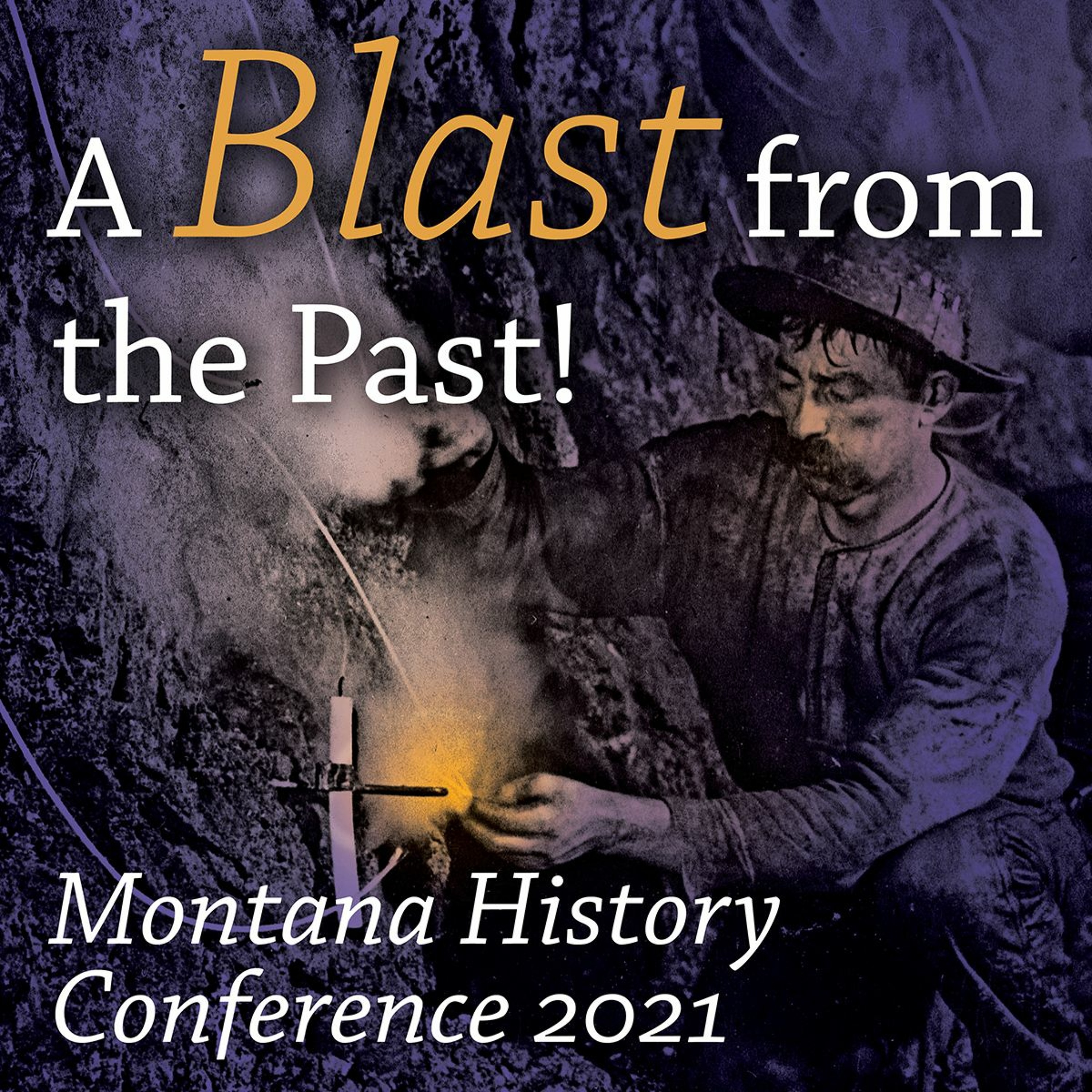 MontanaHistoricalSociety“What Is a Country without Horses?”University of Colorado PhD student Kerri Clement examines horse herd restoration efforts on the part of Crow Agency superintendent Robert Yellowtail. While Yellowtail concentrated on particular breeds and worked to obtain high-bred horses, this short-lived project reflects the longer and deeper history between Crow people and equines. Between 1875 and 1910, cattle raising on the Flathead Reservation grew from supplementing a tribal economy based on hunting and gathering to the foundation of a new economy.2021-10-0626 min
MontanaHistoricalSociety“What Is a Country without Horses?”University of Colorado PhD student Kerri Clement examines horse herd restoration efforts on the part of Crow Agency superintendent Robert Yellowtail. While Yellowtail concentrated on particular breeds and worked to obtain high-bred horses, this short-lived project reflects the longer and deeper history between Crow people and equines. Between 1875 and 1910, cattle raising on the Flathead Reservation grew from supplementing a tribal economy based on hunting and gathering to the foundation of a new economy.2021-10-0626 min MontanaHistoricalSocietyInventing the “Gun That Won the West”: Early Winchester RiflesRetired MHS museum technician Vic Reiman begins with a short sketch of the development of black powder and firearms—going all the way back to China—and then concentrates on the first four models of lever-action rifles made by Oliver Winchester and their use by American Indians, settlers, and bad men on the western frontier.2021-10-0623 min
MontanaHistoricalSocietyInventing the “Gun That Won the West”: Early Winchester RiflesRetired MHS museum technician Vic Reiman begins with a short sketch of the development of black powder and firearms—going all the way back to China—and then concentrates on the first four models of lever-action rifles made by Oliver Winchester and their use by American Indians, settlers, and bad men on the western frontier.2021-10-0623 min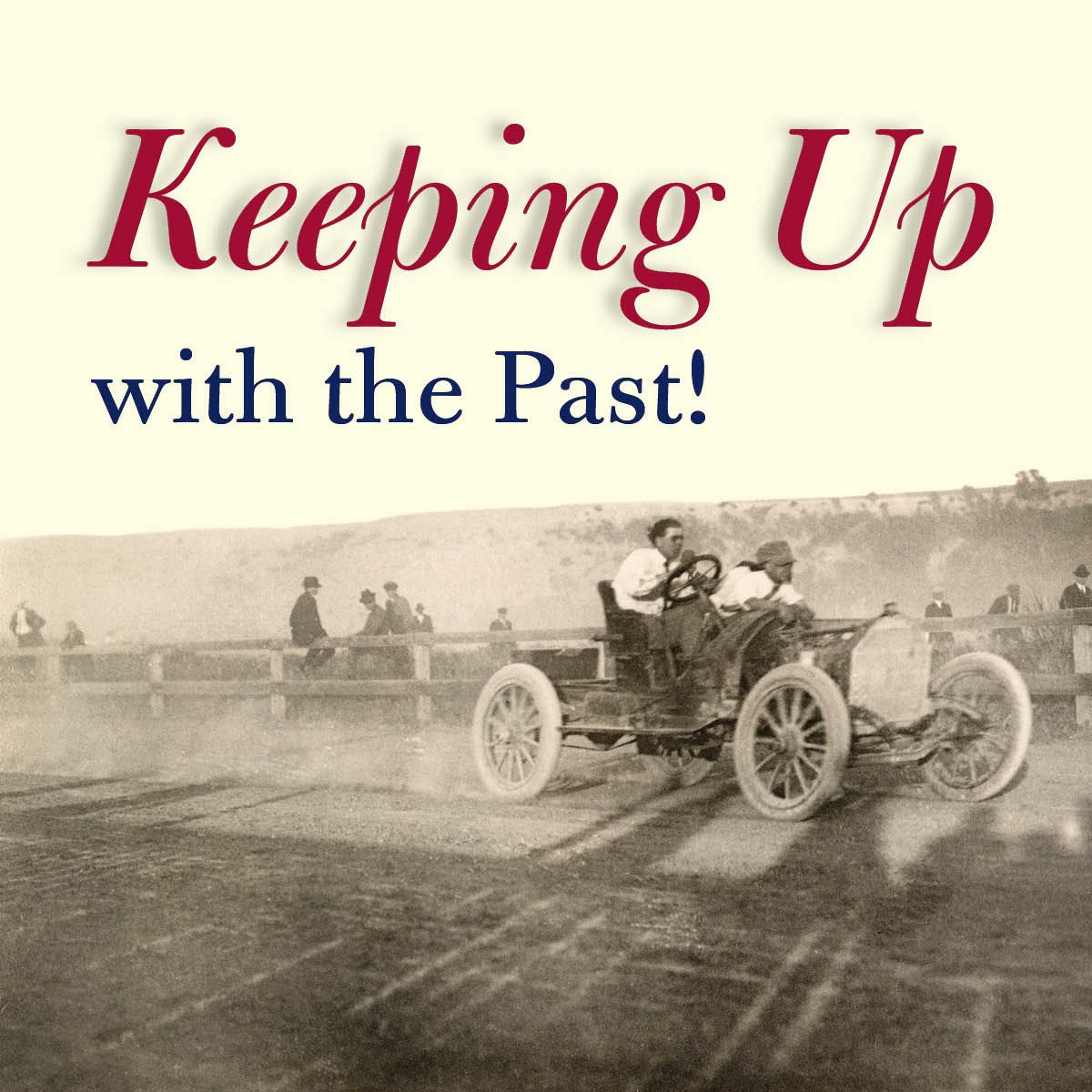 MontanaHistoricalSocietyCall of the Mountains: Art of the RailroadsEarly railroad companies quickly realized that the beautiful scenery along their routes would be an attraction to Americans enthralled by the romance of the West. Montana Historical Society outreach and interpretation program manager Kirby Lambert illustrates how advertising campaigns featuring beautiful promotional art lured adventure-seekers—and paying customers—to experience firsthand the spectacular scenery of national parks and other scenic wonders of the West. (9/27/2019)2019-11-2121 min
MontanaHistoricalSocietyCall of the Mountains: Art of the RailroadsEarly railroad companies quickly realized that the beautiful scenery along their routes would be an attraction to Americans enthralled by the romance of the West. Montana Historical Society outreach and interpretation program manager Kirby Lambert illustrates how advertising campaigns featuring beautiful promotional art lured adventure-seekers—and paying customers—to experience firsthand the spectacular scenery of national parks and other scenic wonders of the West. (9/27/2019)2019-11-2121 min MontanaHistoricalSocietyMontana’s First Licensed PhysiciansBefore 1889, Montana exerted little oversight of those who claimed to be healers. Starting that year, however, the state required all medical practitioners to register with the newly formed State Board of Medical Examiners. Dr. Todd L. Savitt, historian of medicine at East Carolina University’s Brody School of Medicine, reveals a group demographic picture of the doctors who did (and did not) register and tells stories of some particularly interesting physicians in that group.2019-11-2028 min
MontanaHistoricalSocietyMontana’s First Licensed PhysiciansBefore 1889, Montana exerted little oversight of those who claimed to be healers. Starting that year, however, the state required all medical practitioners to register with the newly formed State Board of Medical Examiners. Dr. Todd L. Savitt, historian of medicine at East Carolina University’s Brody School of Medicine, reveals a group demographic picture of the doctors who did (and did not) register and tells stories of some particularly interesting physicians in that group.2019-11-2028 min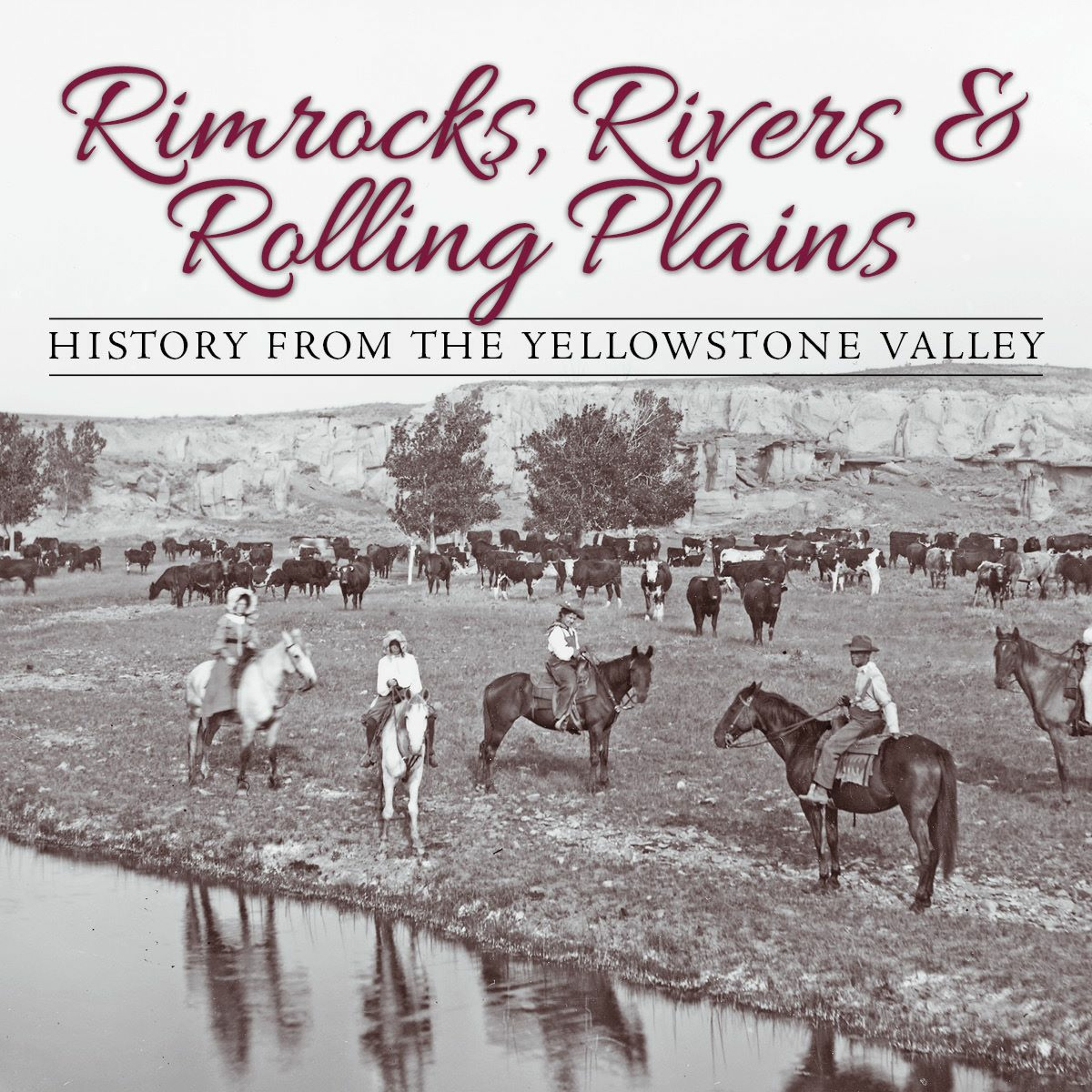 MontanaHistoricalSocietyLocal History as a Tool of Economic DevelopmentTo attract workers, entrepreneurs, and tourists, a community needs positive brand identity. When well presented, local history is a powerful tool that can be used to distinguish your town from “Everywhere U.S.A.” Billings’ Mayor William Cole tells the story of how the Yellowstone Kelly Interpretive Site was designed, funded, and constructed on the rimrocks overlooking Billings and how plans are now being prepared for the development of the William Clark Recreational Area on the Yellowstone River.2018-11-0753 min
MontanaHistoricalSocietyLocal History as a Tool of Economic DevelopmentTo attract workers, entrepreneurs, and tourists, a community needs positive brand identity. When well presented, local history is a powerful tool that can be used to distinguish your town from “Everywhere U.S.A.” Billings’ Mayor William Cole tells the story of how the Yellowstone Kelly Interpretive Site was designed, funded, and constructed on the rimrocks overlooking Billings and how plans are now being prepared for the development of the William Clark Recreational Area on the Yellowstone River.2018-11-0753 min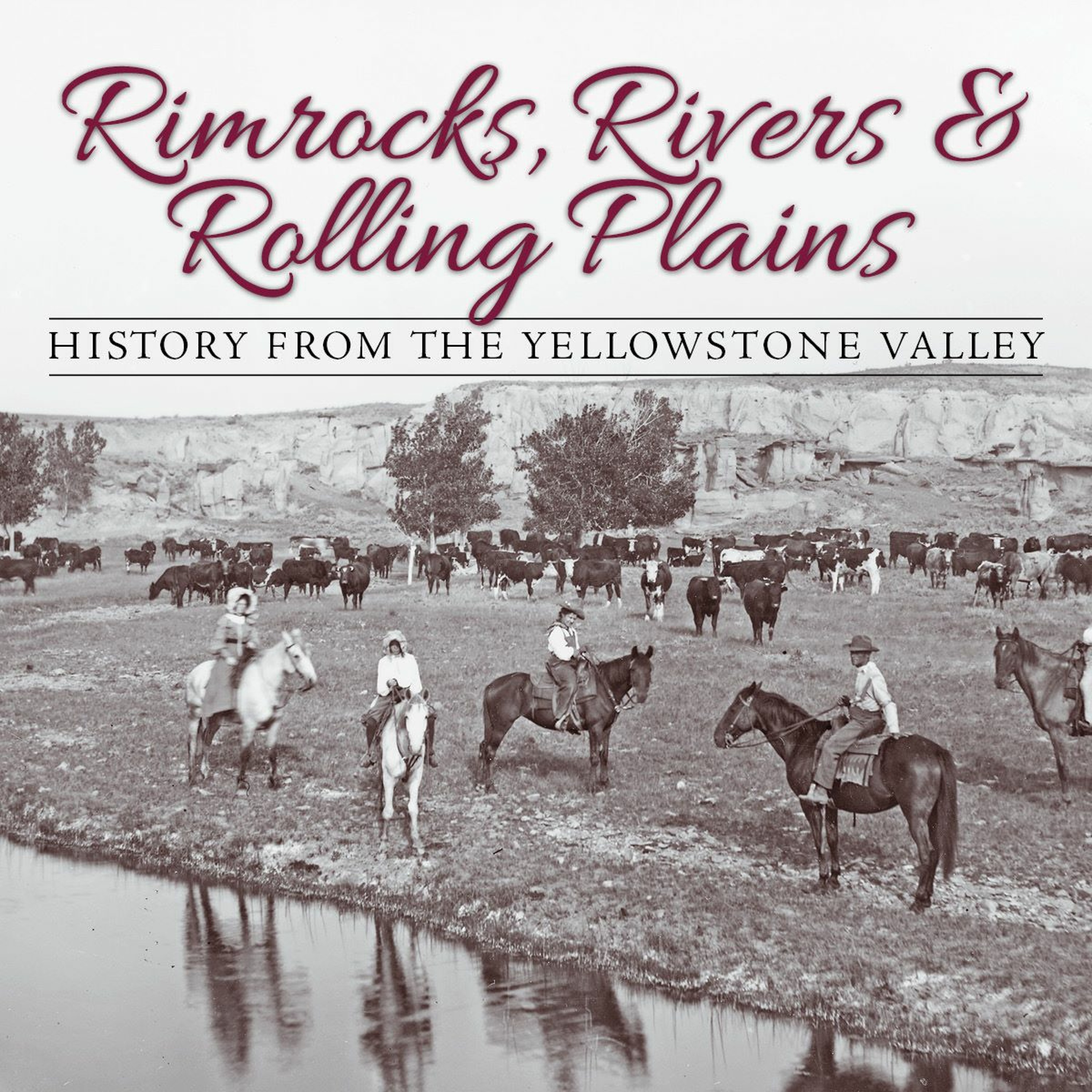 MontanaHistoricalSocietyThe Irish and Chinese in MontanaIrish and Chinese immigrants played a significant role in the development of nineteenth-century Montana. While the scholarship on Irish in Montana is extensive and there is a sizable body of work on Chinese in Montana, yet to appear is a study of these diasporic groups in Montana from a comparative perspective. Addressing this gap in the literature and bridging the divide between Irish American studies and Chinese American studies, Barry McCarron shares his research findings on relations between, and the comparative experiences and contributions of, Irish and Chinese in Montana. McCarron is an assistant professor of history and faculty fellow...2018-11-0738 min
MontanaHistoricalSocietyThe Irish and Chinese in MontanaIrish and Chinese immigrants played a significant role in the development of nineteenth-century Montana. While the scholarship on Irish in Montana is extensive and there is a sizable body of work on Chinese in Montana, yet to appear is a study of these diasporic groups in Montana from a comparative perspective. Addressing this gap in the literature and bridging the divide between Irish American studies and Chinese American studies, Barry McCarron shares his research findings on relations between, and the comparative experiences and contributions of, Irish and Chinese in Montana. McCarron is an assistant professor of history and faculty fellow...2018-11-0738 min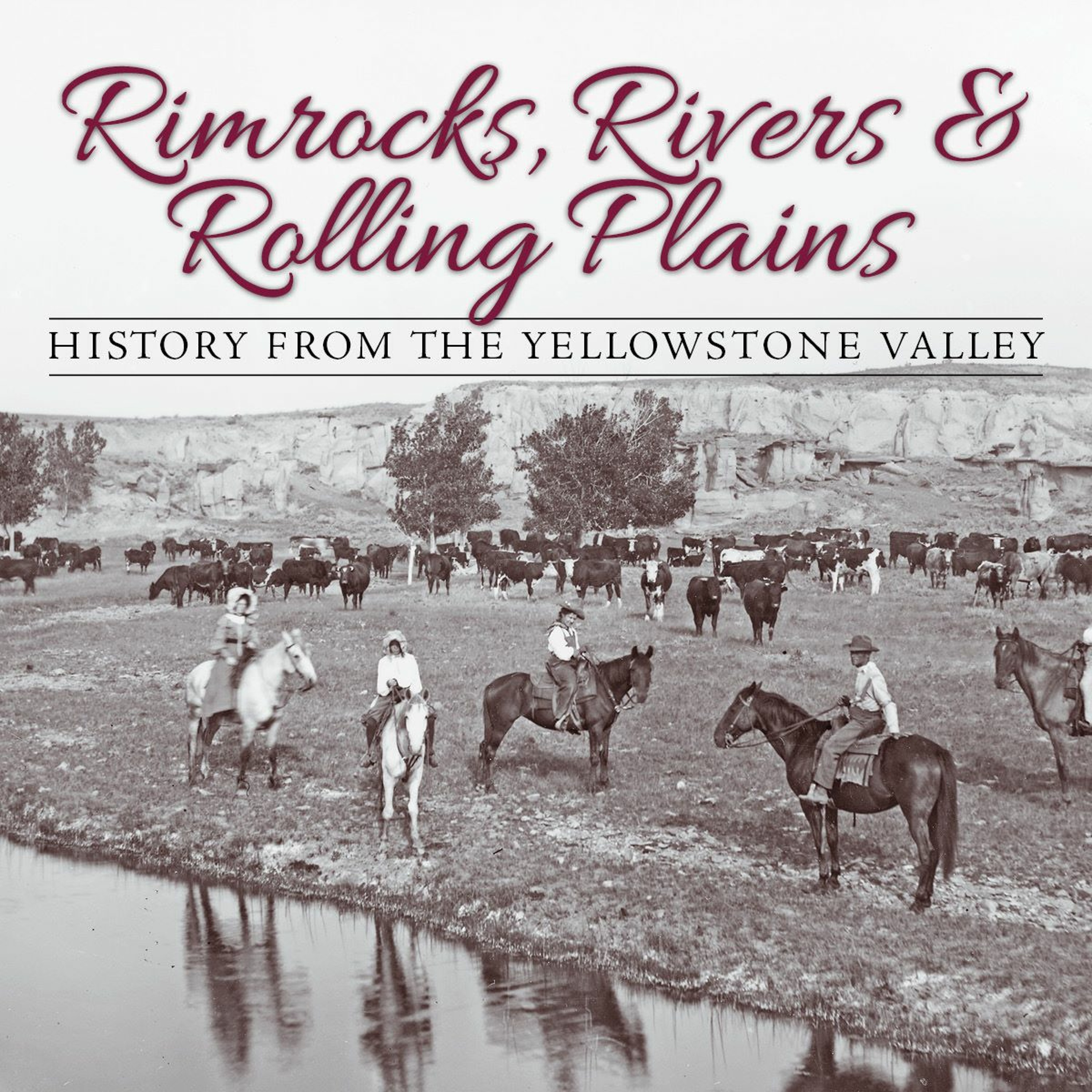 MontanaHistoricalSocietyChief Plenty Coups’ Public FeastsDr. Timothy McCleary presents recent archaeological findings at the home of Chief Plenty Coups, the last principal chief of the Apsáalooke. McCleary—head of the General Studies Department at Little Big Horn College—analyzes these findings within the context of both historical documents and contemporary celebrations to allow for an understanding of the political process of historic Apsáalooke chiefly feasting.2018-11-0731 min
MontanaHistoricalSocietyChief Plenty Coups’ Public FeastsDr. Timothy McCleary presents recent archaeological findings at the home of Chief Plenty Coups, the last principal chief of the Apsáalooke. McCleary—head of the General Studies Department at Little Big Horn College—analyzes these findings within the context of both historical documents and contemporary celebrations to allow for an understanding of the political process of historic Apsáalooke chiefly feasting.2018-11-0731 min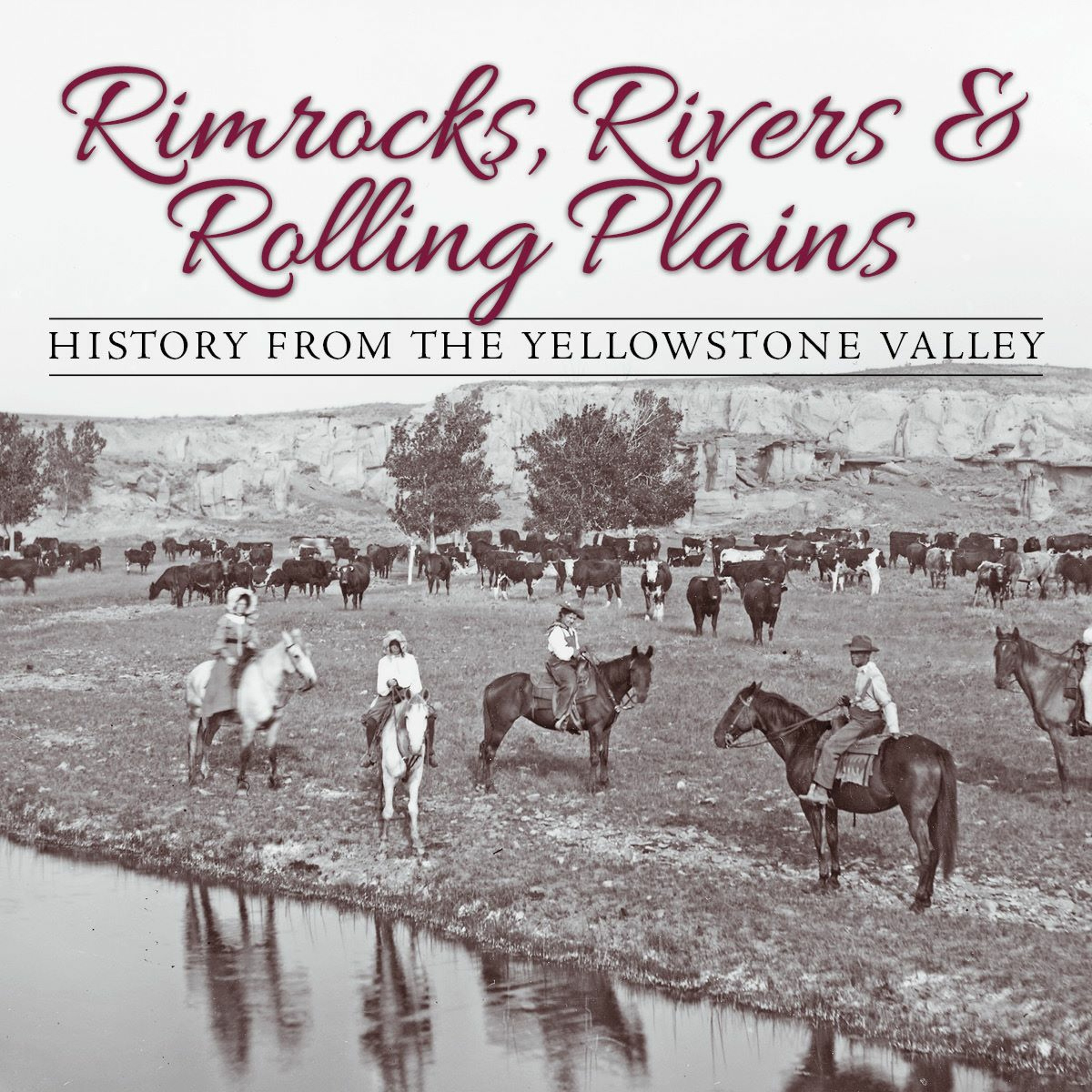 MontanaHistoricalSocietyThe First Draft of History: Getting the Past into PrintIt is said that newspaper reporters, in their hurried, inevitably flawed way, are writing the first draft of history. Veteran reporter Ed Kemmick talks about some of his favorite history-tinged newspaper stories, from the tale of the so-called Petrified Man discovered near Fort Benton to the exploits of Horace Bivins, buffalo soldier, top army marksman, and, in retirement in Billings, a master gardener. Kemmick has worked as a reporter and editor in Montana for more than thirty-five years and is the author of “The Big Sky, By and By.” He is retired as of July 2018, when he suspended publication of his...2018-11-0721 min
MontanaHistoricalSocietyThe First Draft of History: Getting the Past into PrintIt is said that newspaper reporters, in their hurried, inevitably flawed way, are writing the first draft of history. Veteran reporter Ed Kemmick talks about some of his favorite history-tinged newspaper stories, from the tale of the so-called Petrified Man discovered near Fort Benton to the exploits of Horace Bivins, buffalo soldier, top army marksman, and, in retirement in Billings, a master gardener. Kemmick has worked as a reporter and editor in Montana for more than thirty-five years and is the author of “The Big Sky, By and By.” He is retired as of July 2018, when he suspended publication of his...2018-11-0721 min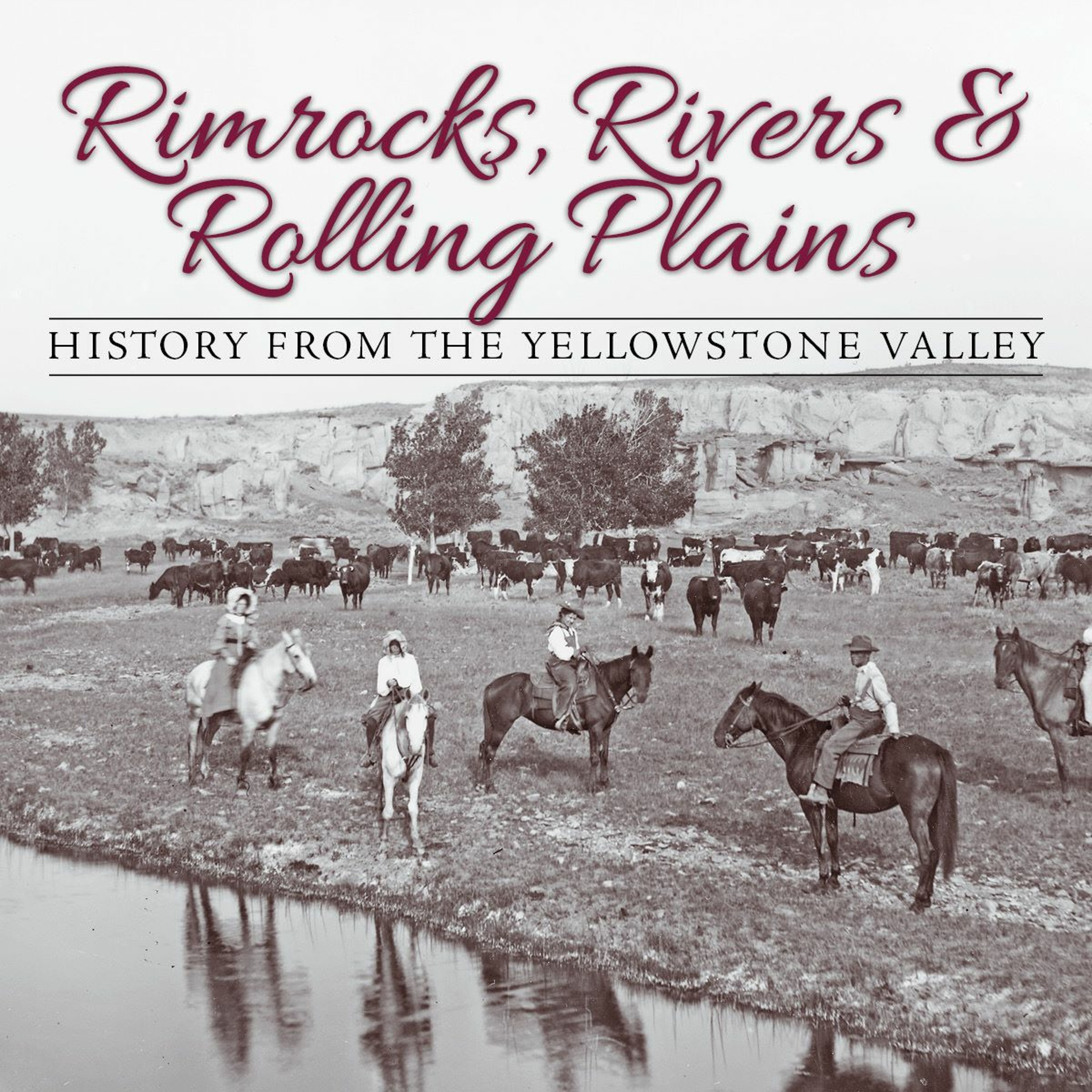 MontanaHistoricalSocietyThe North Coast Limited and the “Nightcrawler”MSU history professor Dale Martin draws upon themes and stories from his 2018 book “Ties, Rails, and Telegraph Wires: Railroads and Communities in Montana and the West,” published by the MHS Press. The book explores how railroads shaped and sustained the human landscape and economy of the West, Montana, and Billings well into the middle of the twentieth century. Railways provided essential transportation to communities and businesses. Passenger trains carried people, mail, express, money, newspapers, and milk in steel cans. Town residents knew the telegraphers and other station staff, track maintenance workers, and crews on local trains. People went to the stat...2018-11-0748 min
MontanaHistoricalSocietyThe North Coast Limited and the “Nightcrawler”MSU history professor Dale Martin draws upon themes and stories from his 2018 book “Ties, Rails, and Telegraph Wires: Railroads and Communities in Montana and the West,” published by the MHS Press. The book explores how railroads shaped and sustained the human landscape and economy of the West, Montana, and Billings well into the middle of the twentieth century. Railways provided essential transportation to communities and businesses. Passenger trains carried people, mail, express, money, newspapers, and milk in steel cans. Town residents knew the telegraphers and other station staff, track maintenance workers, and crews on local trains. People went to the stat...2018-11-0748 min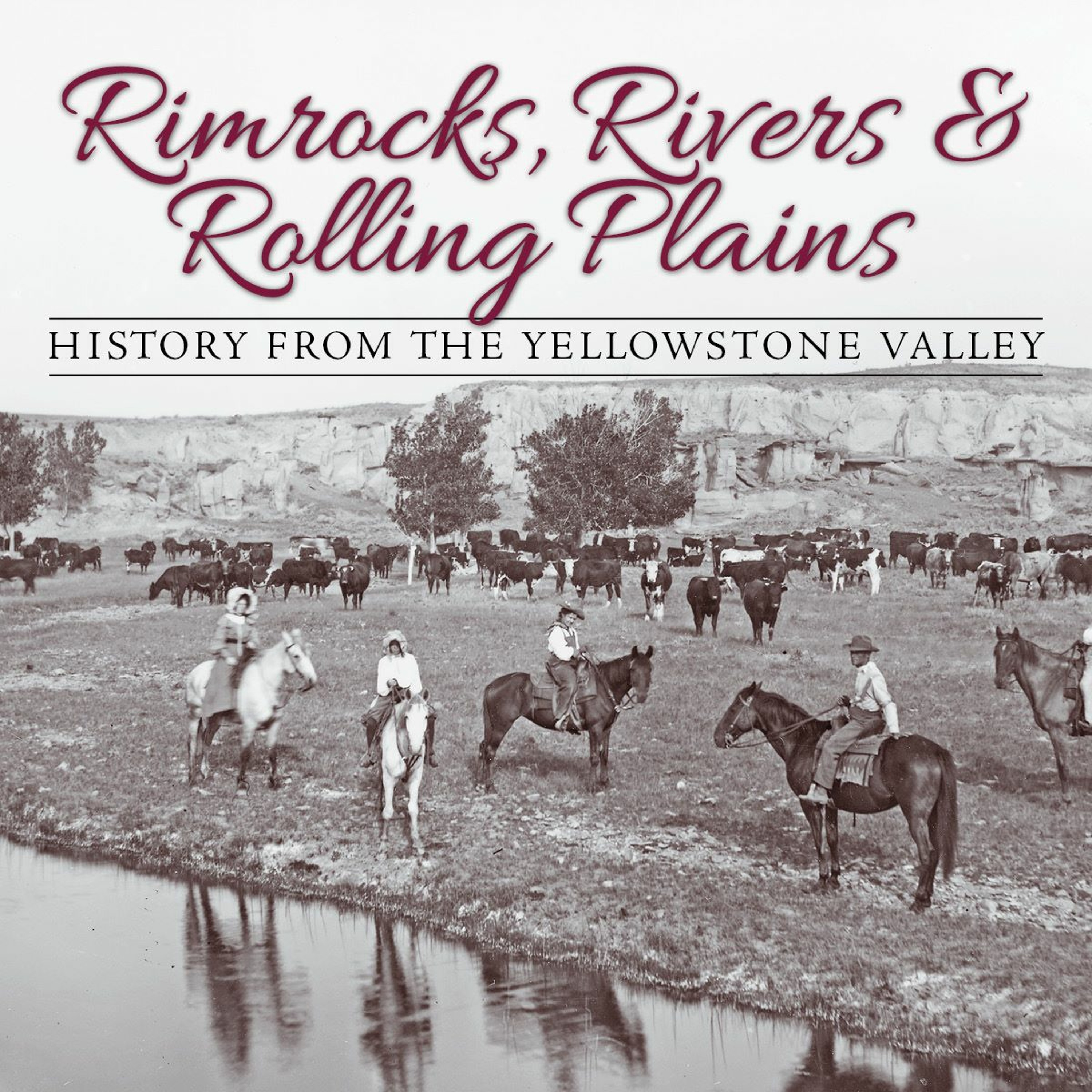 MontanaHistoricalSocietyThe Woman Who Loved Mankind: The Life of a 20th-Century Crow ElderMardell Hogan Plainfeather, who is retired from the National Park Service, shares the story of her mother, Lillian Bullshows Hogan (1905–2003). Hogan grew up on the Crow Indian Reservation, learned traditional arts and food gathering from her mother, survived the bitterness of Indian boarding school, and grew up to be a complex, hard-working Native woman who drove a car, maintained a bank account, and read the local English paper. Hogan spoke Crow as her first language, practiced beadwork, tanned hides, honored clan relatives in generous giveaways, and often visited the last of the old chiefs and berdaches with her family.2018-11-0734 min
MontanaHistoricalSocietyThe Woman Who Loved Mankind: The Life of a 20th-Century Crow ElderMardell Hogan Plainfeather, who is retired from the National Park Service, shares the story of her mother, Lillian Bullshows Hogan (1905–2003). Hogan grew up on the Crow Indian Reservation, learned traditional arts and food gathering from her mother, survived the bitterness of Indian boarding school, and grew up to be a complex, hard-working Native woman who drove a car, maintained a bank account, and read the local English paper. Hogan spoke Crow as her first language, practiced beadwork, tanned hides, honored clan relatives in generous giveaways, and often visited the last of the old chiefs and berdaches with her family.2018-11-0734 min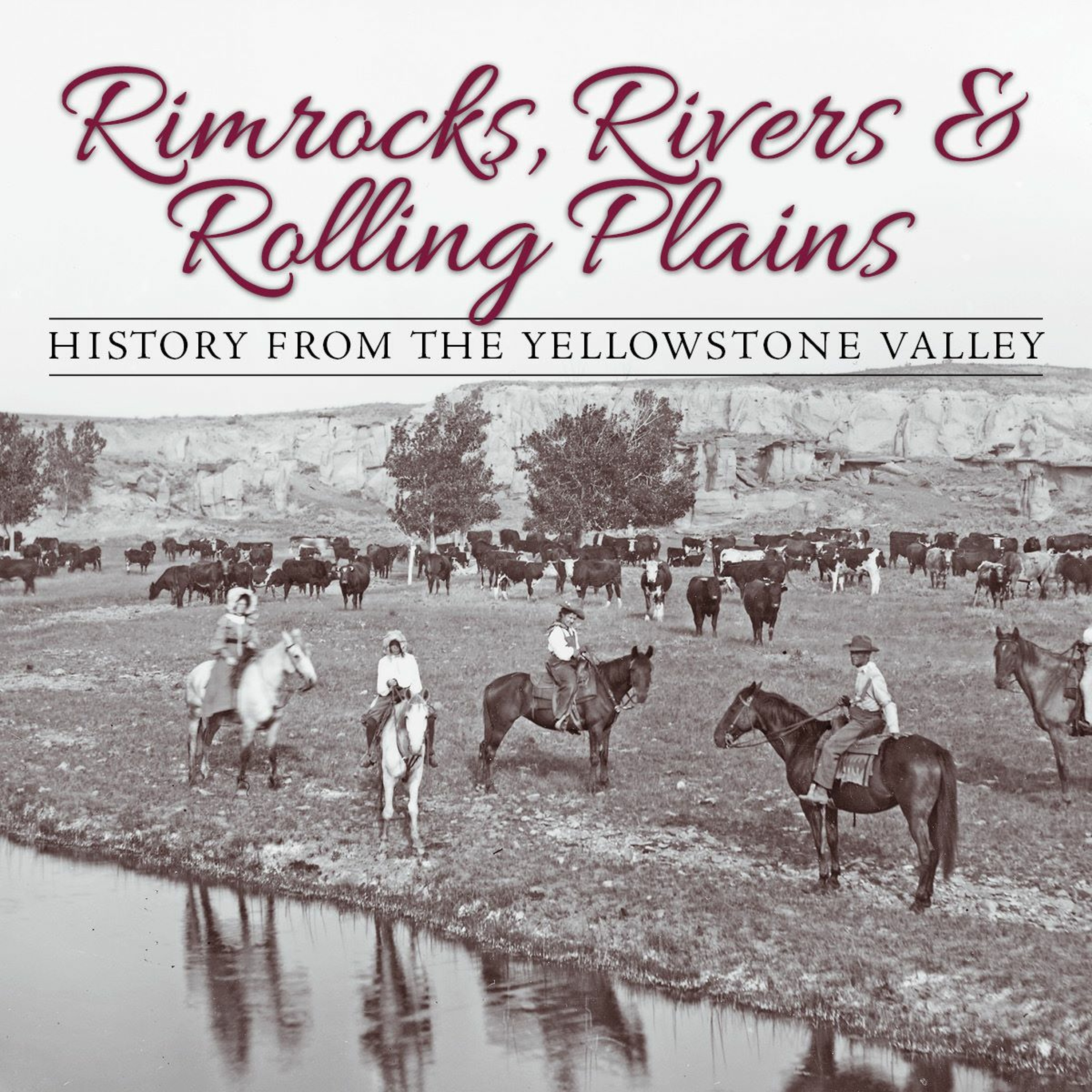 MontanaHistoricalSocietyGraven Images: the Bearcreek Cemetery and the Smith Mining DisasterMontana Department of Transportation historian Jon Axline explains how the Bearcreek Cemetery is a time capsule that provides a wealth of information about a once-thriving coal town that, essentially, no longer exists. The cemetery also contains the remains of many of the men who were killed in the 1943 Smith Mine disaster, the worst coal mining disaster in Montana history. What the cemetery tells us about that community is extraordinary and provides a unique peek into Carbon County’s past.2018-11-0735 min
MontanaHistoricalSocietyGraven Images: the Bearcreek Cemetery and the Smith Mining DisasterMontana Department of Transportation historian Jon Axline explains how the Bearcreek Cemetery is a time capsule that provides a wealth of information about a once-thriving coal town that, essentially, no longer exists. The cemetery also contains the remains of many of the men who were killed in the 1943 Smith Mine disaster, the worst coal mining disaster in Montana history. What the cemetery tells us about that community is extraordinary and provides a unique peek into Carbon County’s past.2018-11-0735 min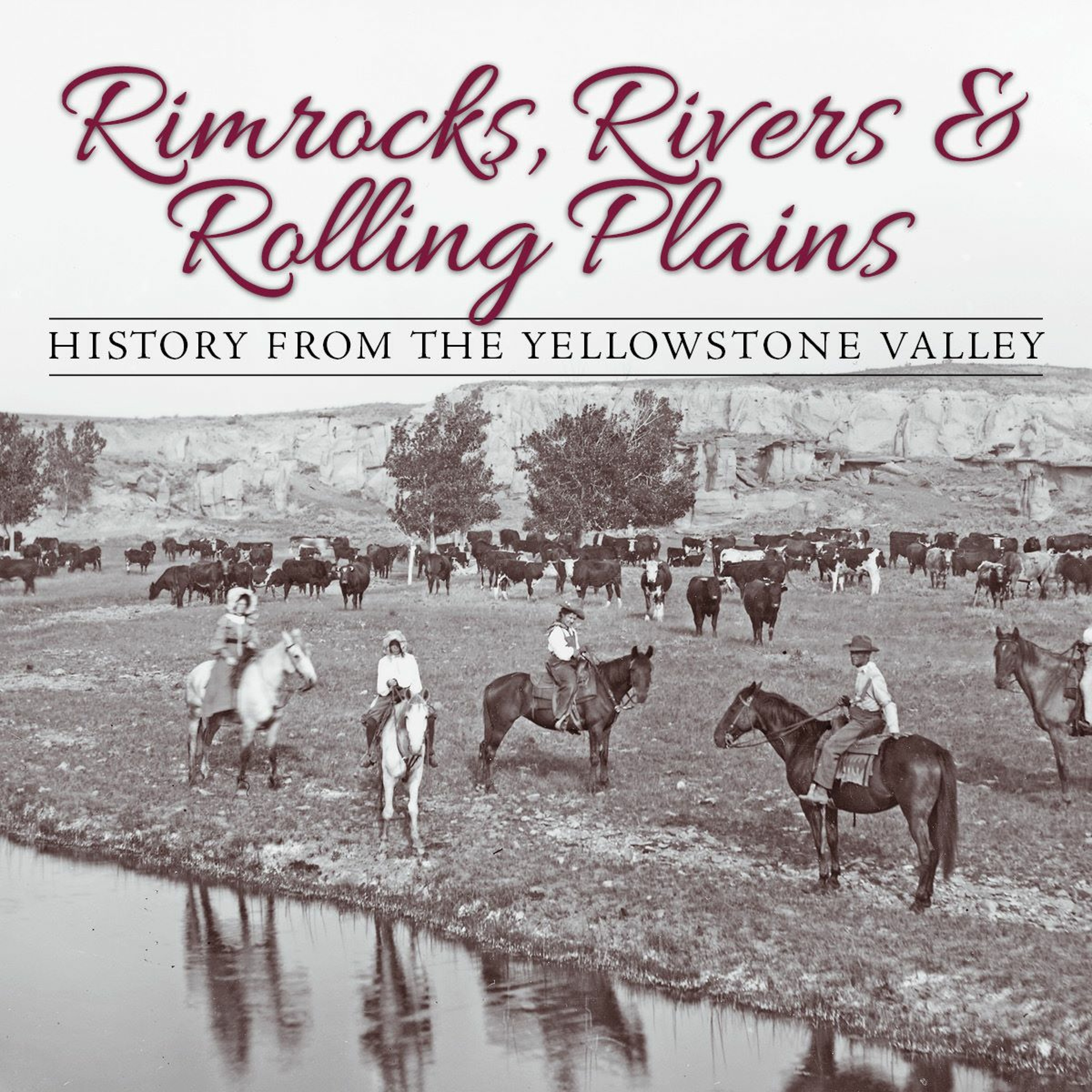 MontanaHistoricalSocietyReservation Life during the Great DepressionOn Montana’s Indian reservations—where severe economic hardship began long before the 1930s—Native women often played key roles in helping their communities survive. MHS associate editor Laura Ferguson, M.A., tells how tribal members like Indian CCC employee Lucille Otter (Salish) and community organizer Julia Schulz (A’aniniin/Gros Ventre) worked to improve conditions on the reservation during the Great Depression.2018-11-0727 min
MontanaHistoricalSocietyReservation Life during the Great DepressionOn Montana’s Indian reservations—where severe economic hardship began long before the 1930s—Native women often played key roles in helping their communities survive. MHS associate editor Laura Ferguson, M.A., tells how tribal members like Indian CCC employee Lucille Otter (Salish) and community organizer Julia Schulz (A’aniniin/Gros Ventre) worked to improve conditions on the reservation during the Great Depression.2018-11-0727 min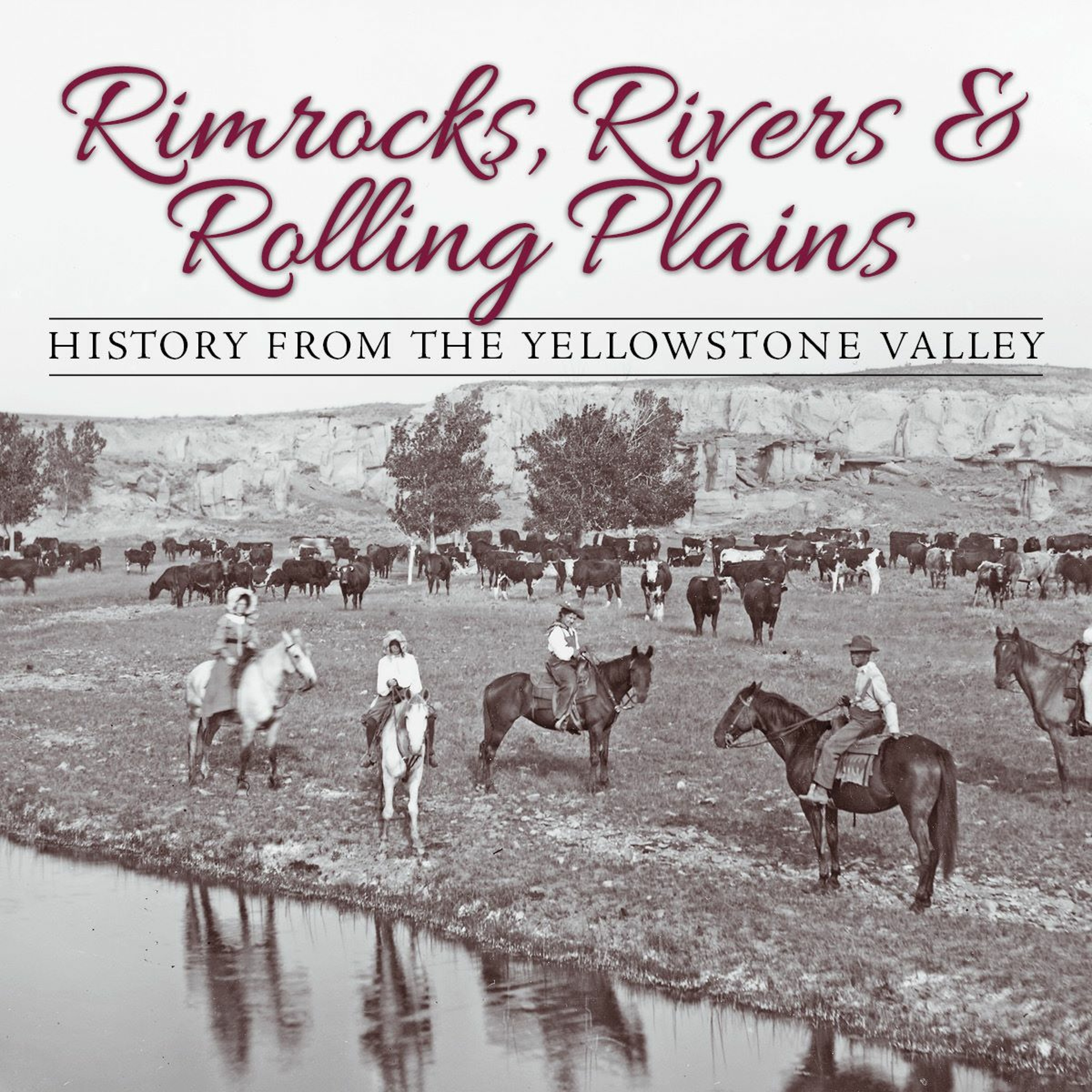 MontanaHistoricalSocietyFast Tracks to ParadisePaul Shea, director for the Yellowstone Gateway Museum, discusses the rapid growth of Livingston and the reasons for creating a new county. Shea looks at how, beginning in 1883, the railroad’s plans for shops and a spur line to Yellowstone National Park shaped the growth of Livingston and continued to impact the town for the next 104 years.2018-11-0729 min
MontanaHistoricalSocietyFast Tracks to ParadisePaul Shea, director for the Yellowstone Gateway Museum, discusses the rapid growth of Livingston and the reasons for creating a new county. Shea looks at how, beginning in 1883, the railroad’s plans for shops and a spur line to Yellowstone National Park shaped the growth of Livingston and continued to impact the town for the next 104 years.2018-11-0729 min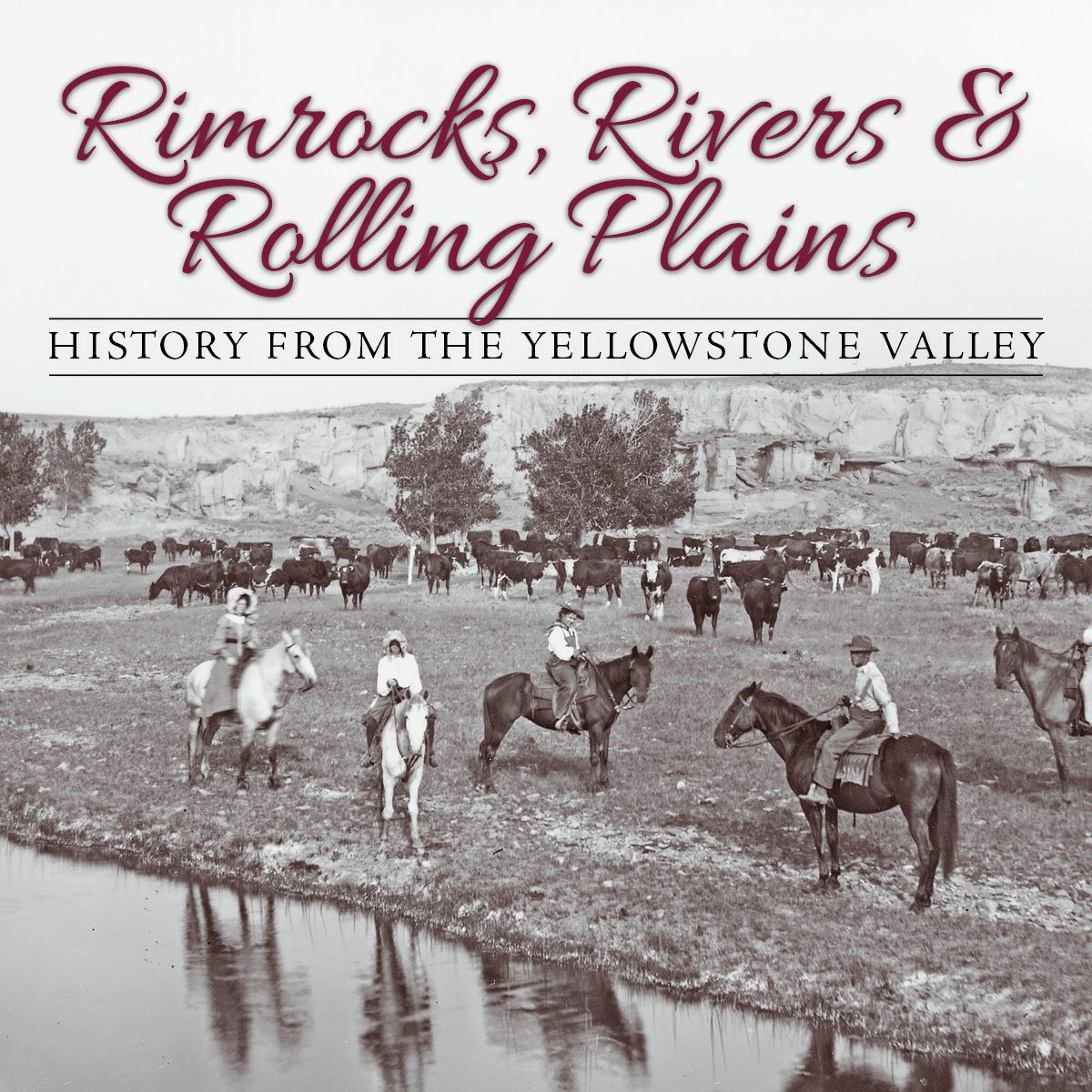 MontanaHistoricalSocietyIron Horses and the Magic CityKevin Kooistra, executive director of the Western Heritage Center, explains how the railroad impacted the planning, designing, and promoting of the settlement of Billings. Kooistra demonstrates the ways in which the city of Billings is still affected by choices made by the Northern Pacific Railway in 1882.2018-11-0728 min
MontanaHistoricalSocietyIron Horses and the Magic CityKevin Kooistra, executive director of the Western Heritage Center, explains how the railroad impacted the planning, designing, and promoting of the settlement of Billings. Kooistra demonstrates the ways in which the city of Billings is still affected by choices made by the Northern Pacific Railway in 1882.2018-11-0728 min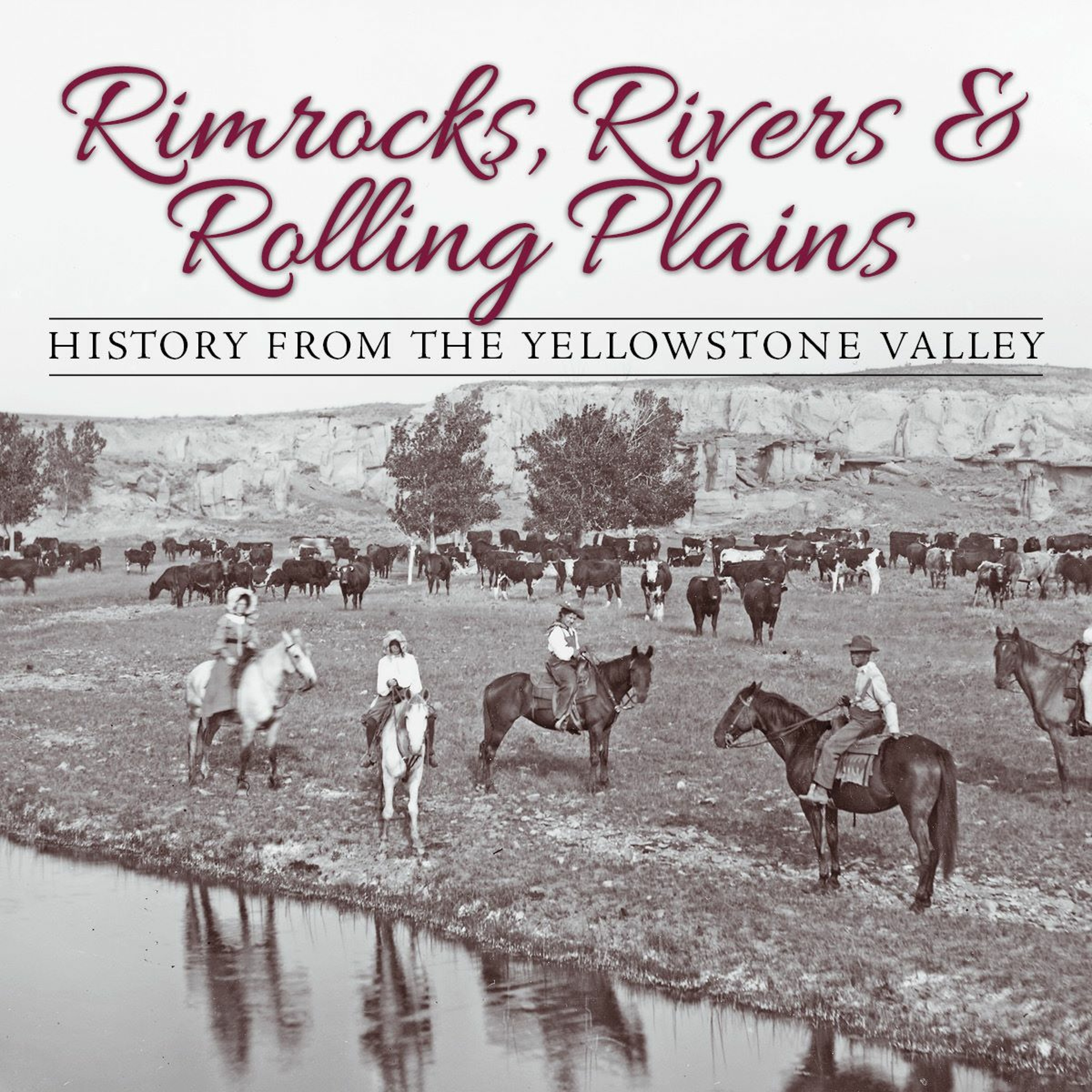 MontanaHistoricalSocietyCTA: Doing Business by the Golden RuleLesley Gilmore, director of Historic Preservation Services for CTA Architects Engineers, discusses how CTA has contributed to the growth of Billings since the company’s founding in August 1938. Gilmore details the philosophical and chronological history of CTA, the progression of styles as evidenced by the firm’s projects and client preferences, and the key personalities responsible as the company grew from two to nearly 450 employees.2018-11-0728 min
MontanaHistoricalSocietyCTA: Doing Business by the Golden RuleLesley Gilmore, director of Historic Preservation Services for CTA Architects Engineers, discusses how CTA has contributed to the growth of Billings since the company’s founding in August 1938. Gilmore details the philosophical and chronological history of CTA, the progression of styles as evidenced by the firm’s projects and client preferences, and the key personalities responsible as the company grew from two to nearly 450 employees.2018-11-0728 min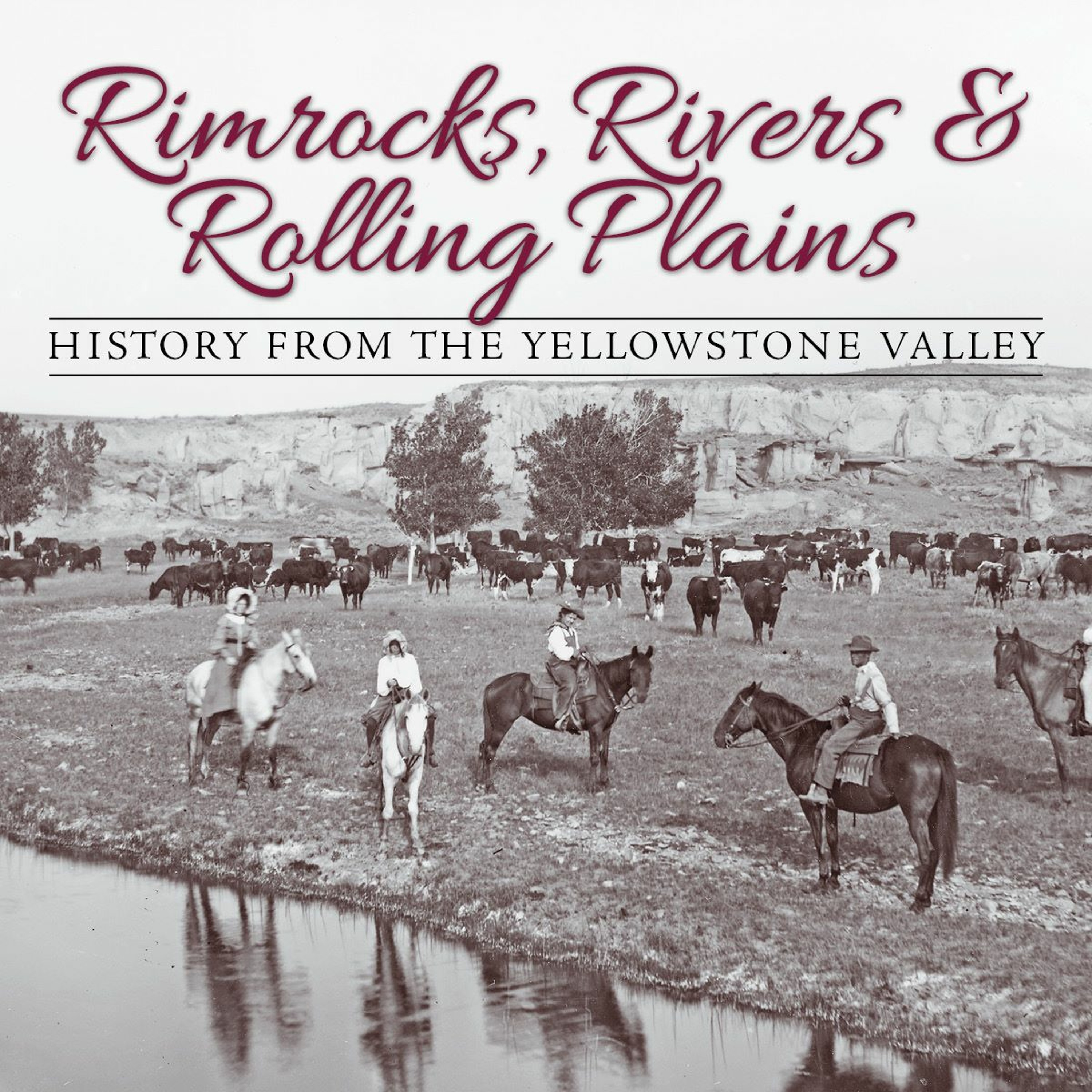 MontanaHistoricalSociety"There's More Going on in Billings at Midnight Than..."Moss Mansion historian Jim Decker examines how Billings became a commercial hub as the result of the early efforts of entrepreneur P. B. Moss. Decker shares stories relating to businesses and institutions still very prominent in the Magic City today, including the Northern Hotel, the sugar beet factory, Rocky Mountain College, the Billings Gazette, and more.2018-11-0727 min
MontanaHistoricalSociety"There's More Going on in Billings at Midnight Than..."Moss Mansion historian Jim Decker examines how Billings became a commercial hub as the result of the early efforts of entrepreneur P. B. Moss. Decker shares stories relating to businesses and institutions still very prominent in the Magic City today, including the Northern Hotel, the sugar beet factory, Rocky Mountain College, the Billings Gazette, and more.2018-11-0727 min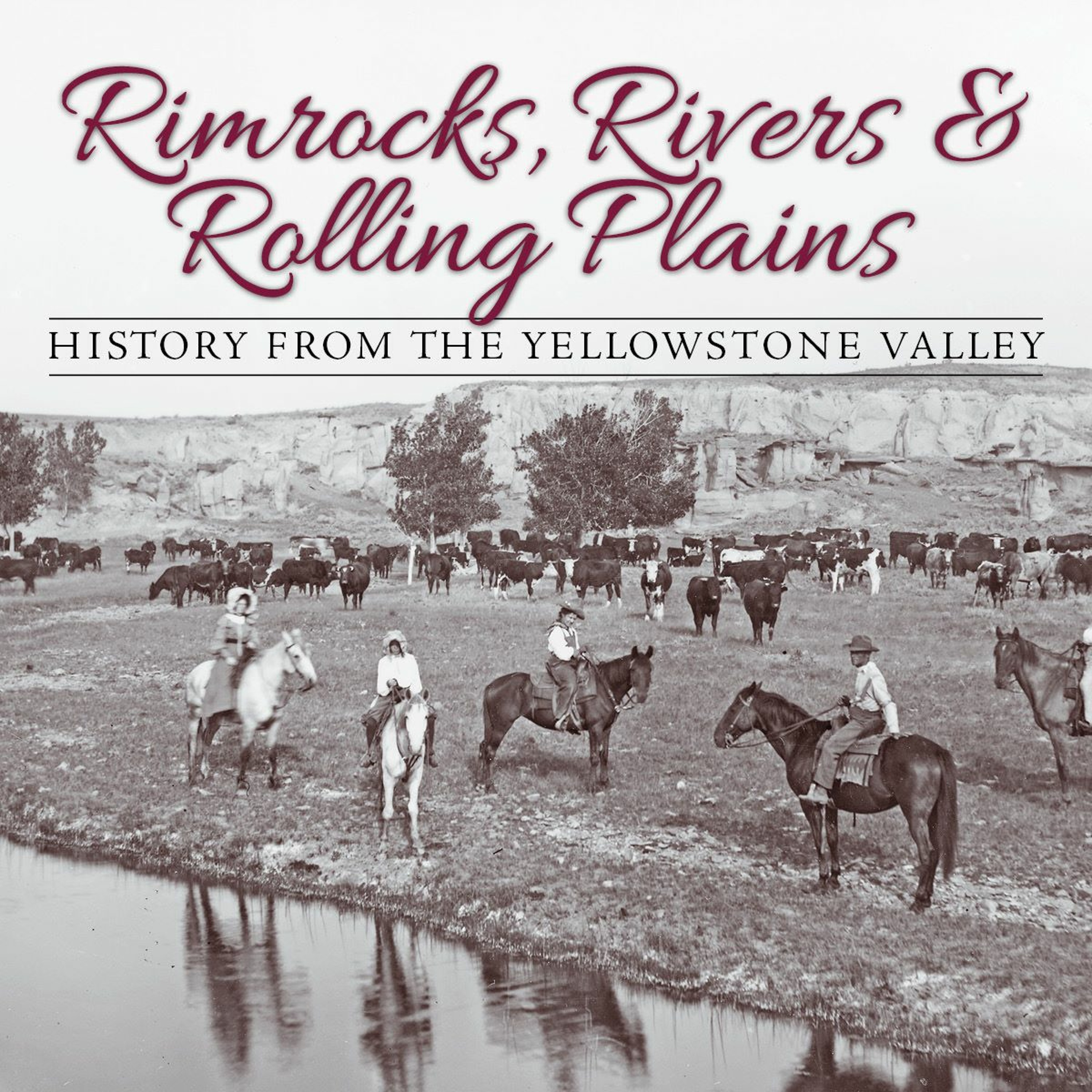 MontanaHistoricalSocietyDeath and Burial among the First MontanansRetired MHS interpretive historian Ellen Baumler discusses how much of what we know about the rituals and beliefs of Montana’s earliest people comes from happenstance encounters with burials and mortuary practices. From Park County’s 12,600-year-old Anzick site to Dawson County’s Hagen Site National Historic Landmark and the more recent “Face on the Rims” in urban Billings, burial sites teach us much about universal beliefs and cultural practices that survived for thousands of years.2018-11-0730 min
MontanaHistoricalSocietyDeath and Burial among the First MontanansRetired MHS interpretive historian Ellen Baumler discusses how much of what we know about the rituals and beliefs of Montana’s earliest people comes from happenstance encounters with burials and mortuary practices. From Park County’s 12,600-year-old Anzick site to Dawson County’s Hagen Site National Historic Landmark and the more recent “Face on the Rims” in urban Billings, burial sites teach us much about universal beliefs and cultural practices that survived for thousands of years.2018-11-0730 min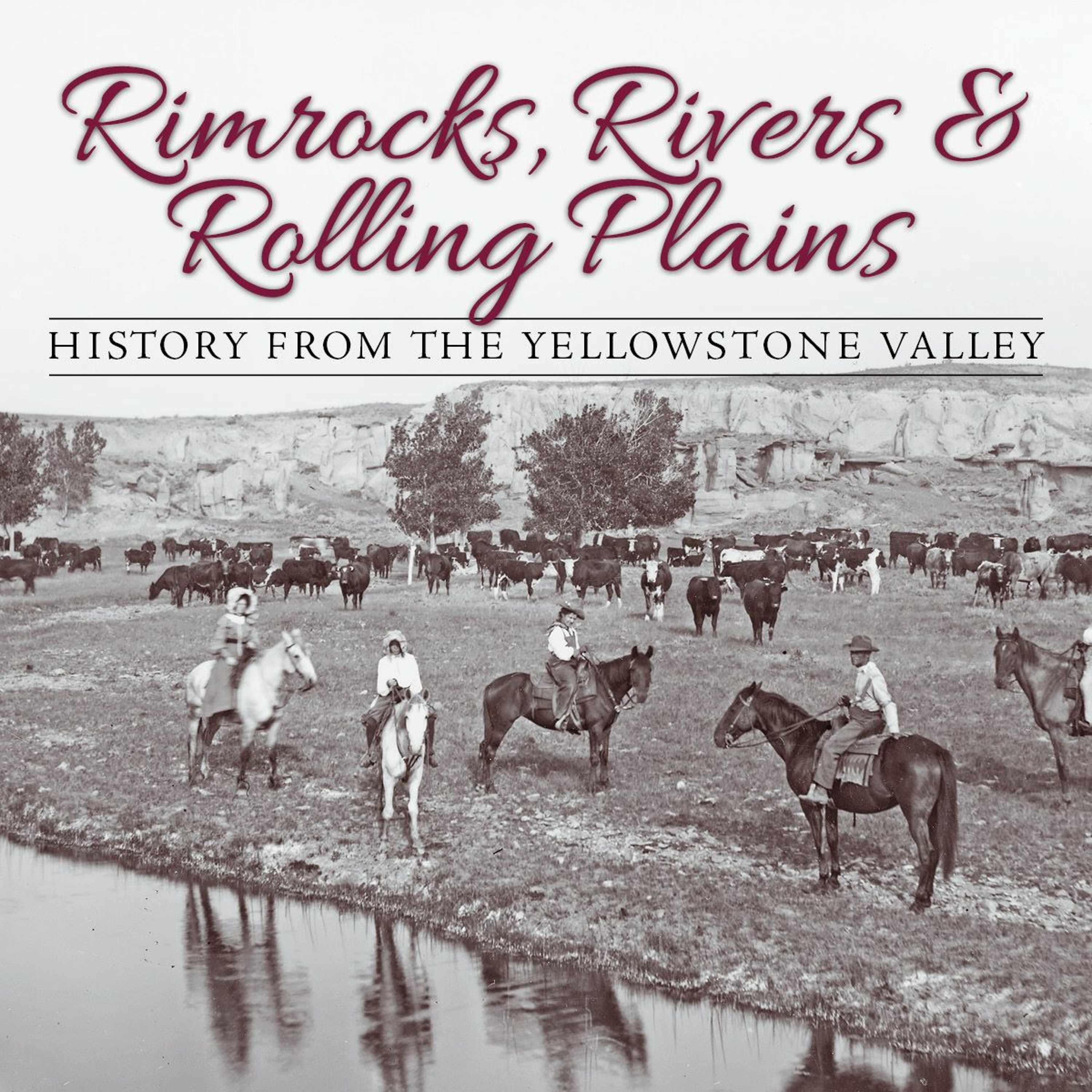 MontanaHistoricalSocietyShooting Animals: Cameras, Guns, and Rethinking Nature, 1880–1920MSU PhD candidate LaTrelle Scherffius looks at wildlife photography in eastern Montana in the years between 1880 and 1920, when many increasingly saw nature as something to protect, rather than conquer or control. In 1892, George Bird Grinnell called for hunters to put down the gun and take up the camera. The shift toward “camera hunting” is marked by a transition away from photographs celebrating a hunter’s kill and toward photographs that capture animals in “nature.”2018-11-0724 min
MontanaHistoricalSocietyShooting Animals: Cameras, Guns, and Rethinking Nature, 1880–1920MSU PhD candidate LaTrelle Scherffius looks at wildlife photography in eastern Montana in the years between 1880 and 1920, when many increasingly saw nature as something to protect, rather than conquer or control. In 1892, George Bird Grinnell called for hunters to put down the gun and take up the camera. The shift toward “camera hunting” is marked by a transition away from photographs celebrating a hunter’s kill and toward photographs that capture animals in “nature.”2018-11-0724 min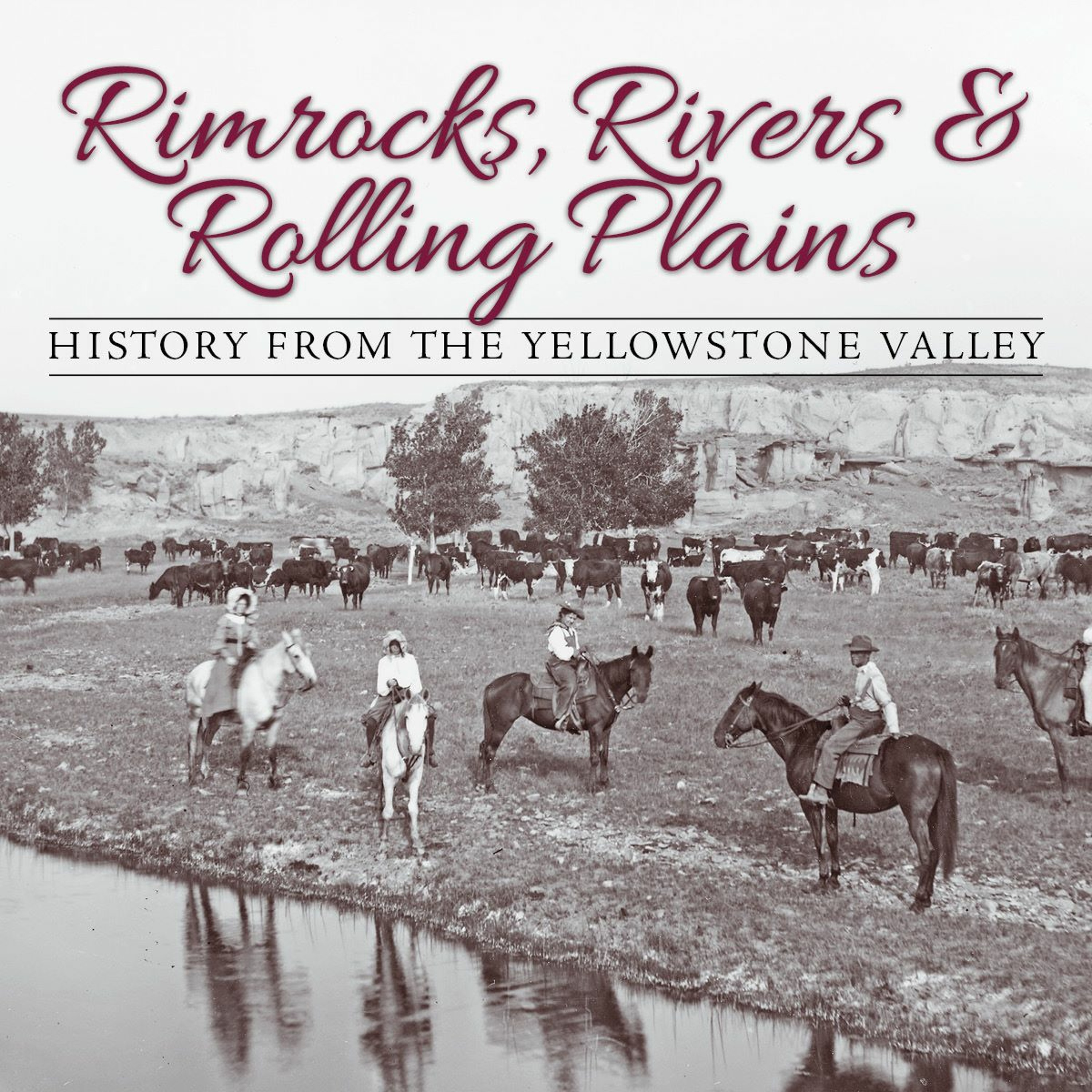 MontanaHistoricalSocietyThe Wolves of Fergus County: Predators, Power, and Profits in Central MontanaTim Lehman, professor of history at Rocky Mountain College, examines the wolves of Fergus County and their effects on local economies in Central Montana. In the late nineteenth and early twentieth centuries, Montana passed bounty laws to create incentives for killing wolves and other predators in an attempt to transform the landscape from a Native American buffalo ecology to a Euro-American cattle economy. Historical records of bounty payments not only reveal patterns in the extirpation of predators but also demonstrate the importance of this infusion of money into the emerging cash economy.2018-11-0728 min
MontanaHistoricalSocietyThe Wolves of Fergus County: Predators, Power, and Profits in Central MontanaTim Lehman, professor of history at Rocky Mountain College, examines the wolves of Fergus County and their effects on local economies in Central Montana. In the late nineteenth and early twentieth centuries, Montana passed bounty laws to create incentives for killing wolves and other predators in an attempt to transform the landscape from a Native American buffalo ecology to a Euro-American cattle economy. Historical records of bounty payments not only reveal patterns in the extirpation of predators but also demonstrate the importance of this infusion of money into the emerging cash economy.2018-11-0728 min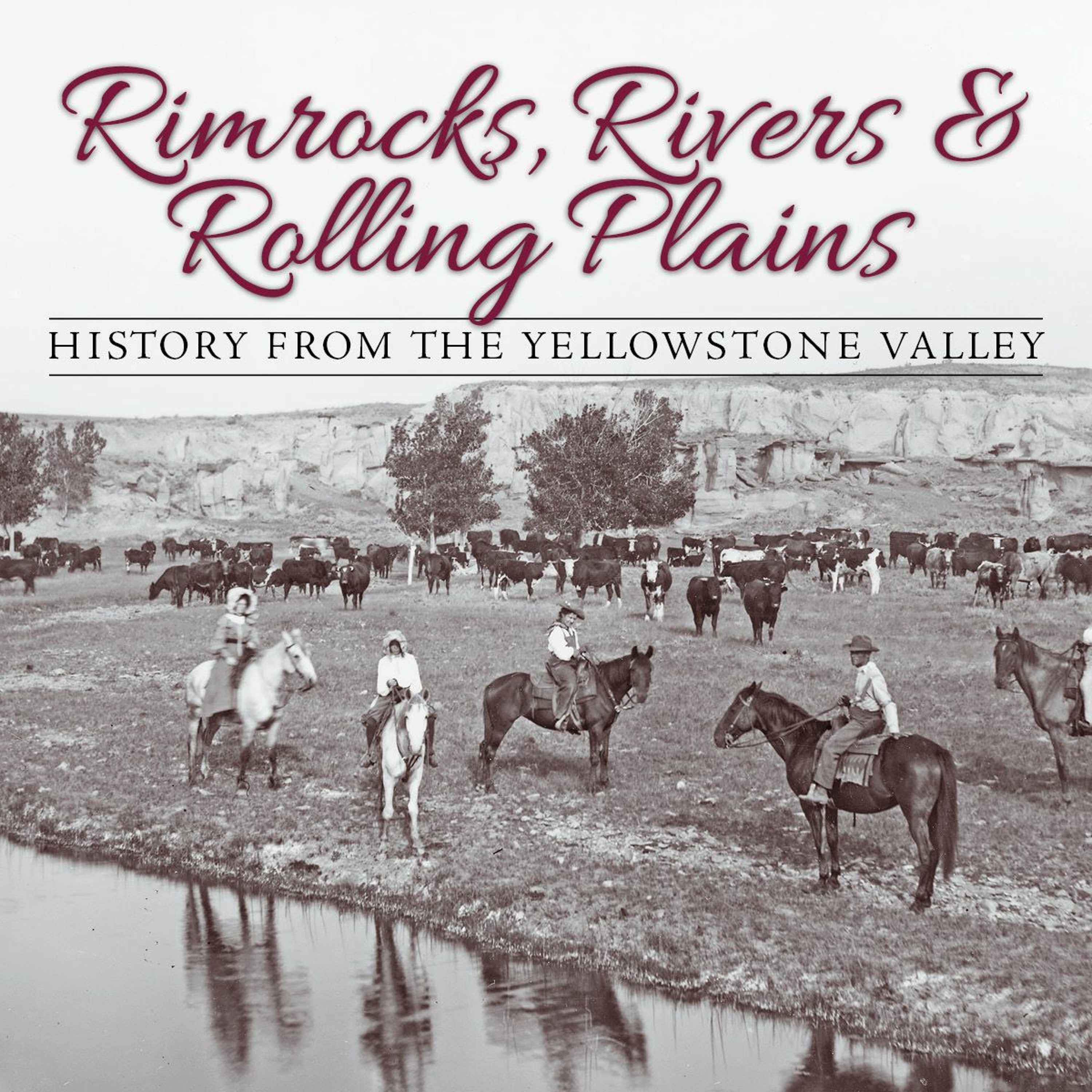 MontanaHistoricalSocietyStories Behind the BrandsMHS reference historian Zoe Ann Stoltz uncovers the stories behind livestock brands and how their histories are vital to Montana history. Nowhere is this more apparent than with the people and brands associated with eastern Montana, including Will James, Peter Yegen, the XIT, Two Dot Wilson, the Circle Qtr Circle, the Greenough family, and many more tales that involve legendary brands and the Montanans they represented.2018-11-0730 min
MontanaHistoricalSocietyStories Behind the BrandsMHS reference historian Zoe Ann Stoltz uncovers the stories behind livestock brands and how their histories are vital to Montana history. Nowhere is this more apparent than with the people and brands associated with eastern Montana, including Will James, Peter Yegen, the XIT, Two Dot Wilson, the Circle Qtr Circle, the Greenough family, and many more tales that involve legendary brands and the Montanans they represented.2018-11-0730 min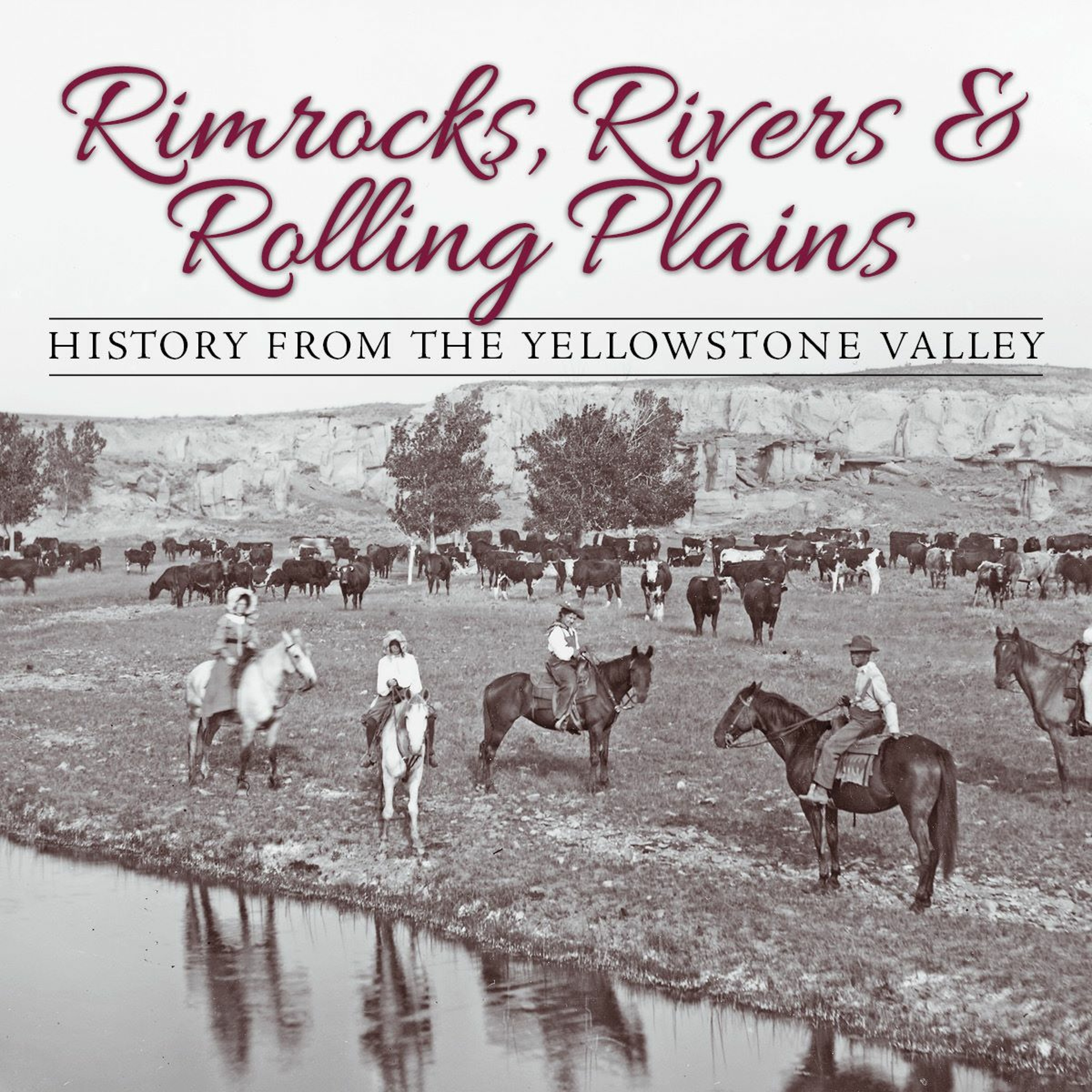 MontanaHistoricalSocietyJohn Etchart: A Basque Leading Stockman in Northeastern Montana in the Early Twentieth CenturyIker Saitua, a postdoctoral fellow at the University of California, Riverside and University of the Basque Country, examines the life of Basque immigrant John Etchart. In 1912, Etchart traveled from Nevada to northeastern Montana looking for new grazing lands. He eventually built up one of the most prominent ranches in the state and ultimately played a major role in other Basque expansion from the Great Basin into Montana.2018-11-0729 min
MontanaHistoricalSocietyJohn Etchart: A Basque Leading Stockman in Northeastern Montana in the Early Twentieth CenturyIker Saitua, a postdoctoral fellow at the University of California, Riverside and University of the Basque Country, examines the life of Basque immigrant John Etchart. In 1912, Etchart traveled from Nevada to northeastern Montana looking for new grazing lands. He eventually built up one of the most prominent ranches in the state and ultimately played a major role in other Basque expansion from the Great Basin into Montana.2018-11-0729 min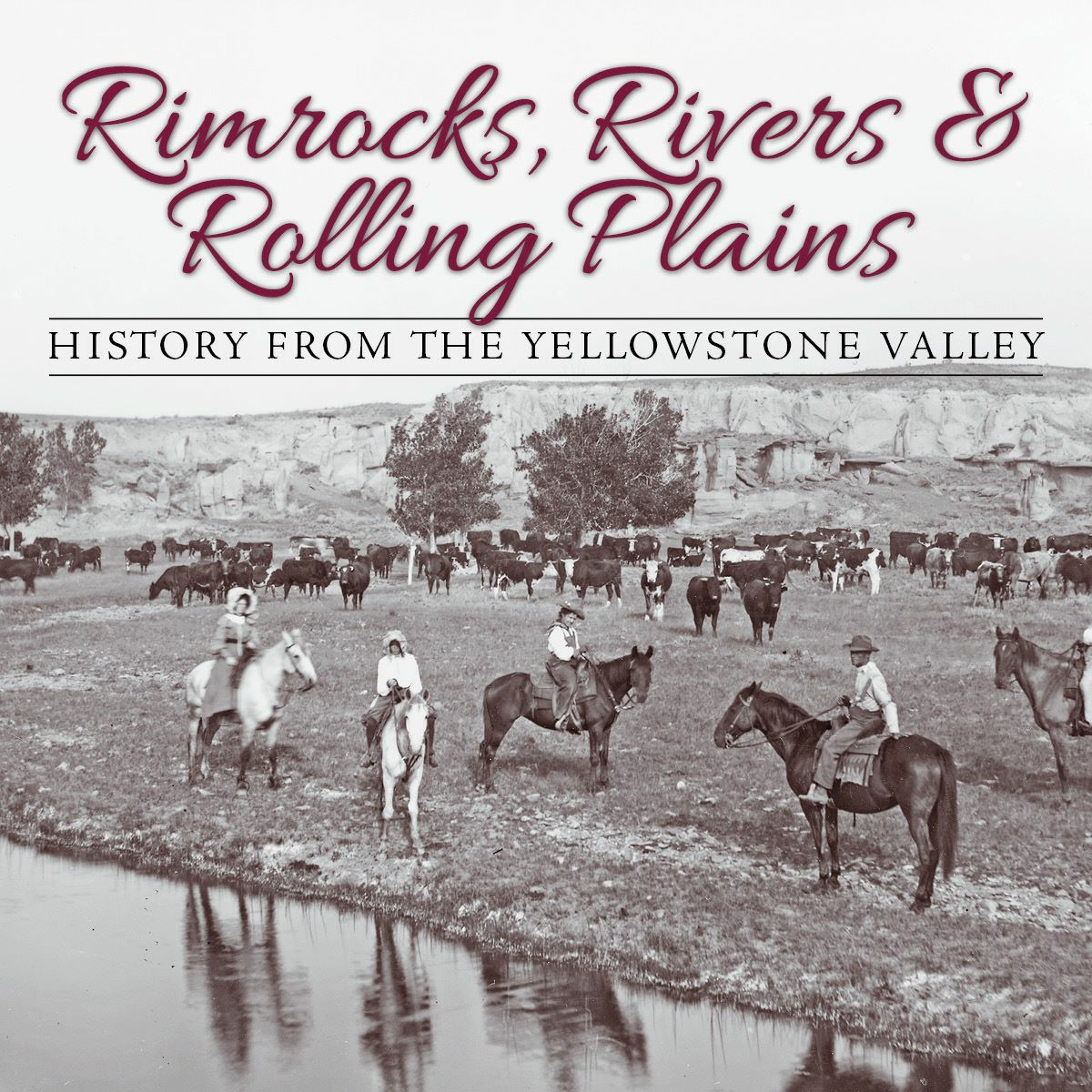 MontanaHistoricalSocietyChasing Florence Keyser: The Arrival of the Great Depression in Yellowstone National ParkYellowstone History Journal general editor Bruce Gourley tells the story of socialite tourist Florence Keyser as the Great Depression shadowed her while she traveled from Pennsylvania to Yellowstone National Park in Montana in August 1931. Gourley uses not only Keyser’s own words, but also those of park superintendent Roger W. Toll, rangers, naturalists, and concessionaires to document the coming of hard times to Wonderland.2018-11-0723 min
MontanaHistoricalSocietyChasing Florence Keyser: The Arrival of the Great Depression in Yellowstone National ParkYellowstone History Journal general editor Bruce Gourley tells the story of socialite tourist Florence Keyser as the Great Depression shadowed her while she traveled from Pennsylvania to Yellowstone National Park in Montana in August 1931. Gourley uses not only Keyser’s own words, but also those of park superintendent Roger W. Toll, rangers, naturalists, and concessionaires to document the coming of hard times to Wonderland.2018-11-0723 min MontanaHistoricalSocietyFred Inabnit, MountaineerYellowstone Historical Society member and map expert Ralph Saunders provides a brief history of early mountain climbing in southern Montana, focusing on the unique role played by mountaineering pioneer Fred Inabnit. Among his many other accomplishments, Inabnit is best known today for a namesake mountain in the Beartooth Range and his extraordinary topographic relief map, which was the centerpiece of the Montana exhibit at the 1930 World’s Fair.2018-11-0726 min
MontanaHistoricalSocietyFred Inabnit, MountaineerYellowstone Historical Society member and map expert Ralph Saunders provides a brief history of early mountain climbing in southern Montana, focusing on the unique role played by mountaineering pioneer Fred Inabnit. Among his many other accomplishments, Inabnit is best known today for a namesake mountain in the Beartooth Range and his extraordinary topographic relief map, which was the centerpiece of the Montana exhibit at the 1930 World’s Fair.2018-11-0726 min MontanaHistoricalSocietyMontana Memories of the Yellowstone Valley—Jennette RaschJennette Rasch, curator from Billings’ Moss Mansion, shares information about the collections and the new self-guided tours of the historical house museum.
About the series: Three historians offer glimpses into the Yellowstone Valley memories they have preserved using grant funds from the Montana History Foundation (MHF). Kevin Kooistra, executive director of Billings’ Western Heritage Center, discuss a variety of documents and photographs from its collection that tell the story of the Yellowstone Valley. Trudie Porter Biggers, business development director for the Pompeys Pillar Historical Association, shares oral histories from the original descendants of the Huntley Irrigation Project—stories she collected and pr...2018-11-0710 min
MontanaHistoricalSocietyMontana Memories of the Yellowstone Valley—Jennette RaschJennette Rasch, curator from Billings’ Moss Mansion, shares information about the collections and the new self-guided tours of the historical house museum.
About the series: Three historians offer glimpses into the Yellowstone Valley memories they have preserved using grant funds from the Montana History Foundation (MHF). Kevin Kooistra, executive director of Billings’ Western Heritage Center, discuss a variety of documents and photographs from its collection that tell the story of the Yellowstone Valley. Trudie Porter Biggers, business development director for the Pompeys Pillar Historical Association, shares oral histories from the original descendants of the Huntley Irrigation Project—stories she collected and pr...2018-11-0710 min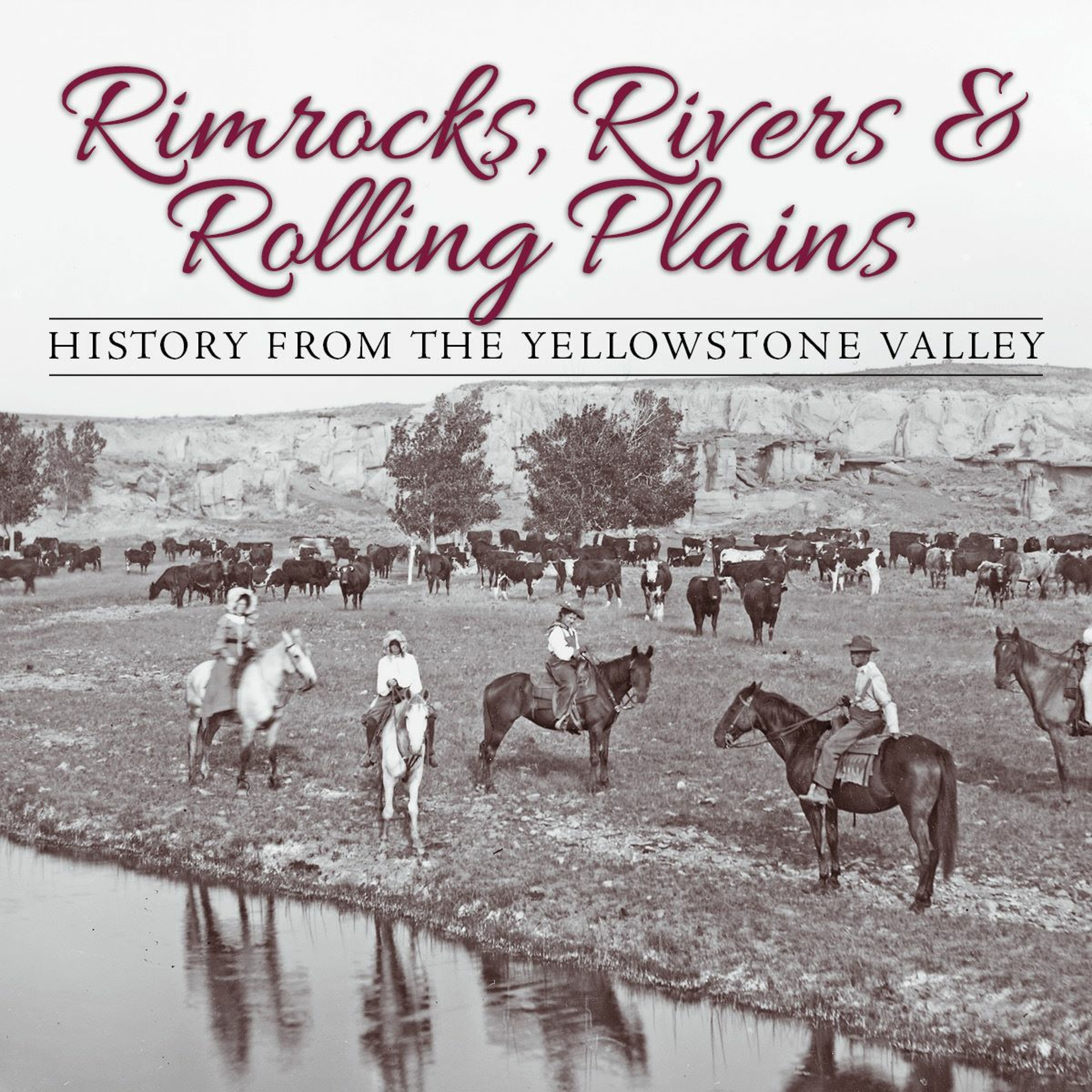 MontanaHistoricalSocietyMontana Memories of the Yellowstone Valley—Trudie Porter BiggersTrudie Porter Biggers, business development director for the Pompeys Pillar Historical Association, shares oral histories from the original descendants of the Huntley Irrigation Project—stories she collected and preserved for the Huntley Project Museum of Irrigated Agriculture.
About the series: Three historians offer glimpses into the Yellowstone Valley memories they have preserved using grant funds from the Montana History Foundation (MHF). Kevin Kooistra, executive director of Billings’ Western Heritage Center, discuss a variety of documents and photographs from its collection that tell the story of the Yellowstone Valley. Trudie Porter Biggers, business development director for the Pompeys Pillar Historical Association, shar...2018-11-0711 min
MontanaHistoricalSocietyMontana Memories of the Yellowstone Valley—Trudie Porter BiggersTrudie Porter Biggers, business development director for the Pompeys Pillar Historical Association, shares oral histories from the original descendants of the Huntley Irrigation Project—stories she collected and preserved for the Huntley Project Museum of Irrigated Agriculture.
About the series: Three historians offer glimpses into the Yellowstone Valley memories they have preserved using grant funds from the Montana History Foundation (MHF). Kevin Kooistra, executive director of Billings’ Western Heritage Center, discuss a variety of documents and photographs from its collection that tell the story of the Yellowstone Valley. Trudie Porter Biggers, business development director for the Pompeys Pillar Historical Association, shar...2018-11-0711 min MontanaHistoricalSocietyMontana Memories of the Yellowstone Valley—Kevin KooistraKevin Kooistra, executive director of Billings’ Western Heritage Center, discusses a variety of documents and photographs from its collection that tell the story of the Yellowstone Valley.
About the series: Three historians offer glimpses into the Yellowstone Valley memories they have preserved using grant funds from the Montana History Foundation (MHF). Kevin Kooistra, executive director of Billings’ Western Heritage Center, discuss a variety of documents and photographs from its collection that tell the story of the Yellowstone Valley. Trudie Porter Biggers, business development director for the Pompeys Pillar Historical Association, shares oral histories from the original descendants of the Huntley Irri...2018-11-0715 min
MontanaHistoricalSocietyMontana Memories of the Yellowstone Valley—Kevin KooistraKevin Kooistra, executive director of Billings’ Western Heritage Center, discusses a variety of documents and photographs from its collection that tell the story of the Yellowstone Valley.
About the series: Three historians offer glimpses into the Yellowstone Valley memories they have preserved using grant funds from the Montana History Foundation (MHF). Kevin Kooistra, executive director of Billings’ Western Heritage Center, discuss a variety of documents and photographs from its collection that tell the story of the Yellowstone Valley. Trudie Porter Biggers, business development director for the Pompeys Pillar Historical Association, shares oral histories from the original descendants of the Huntley Irri...2018-11-0715 min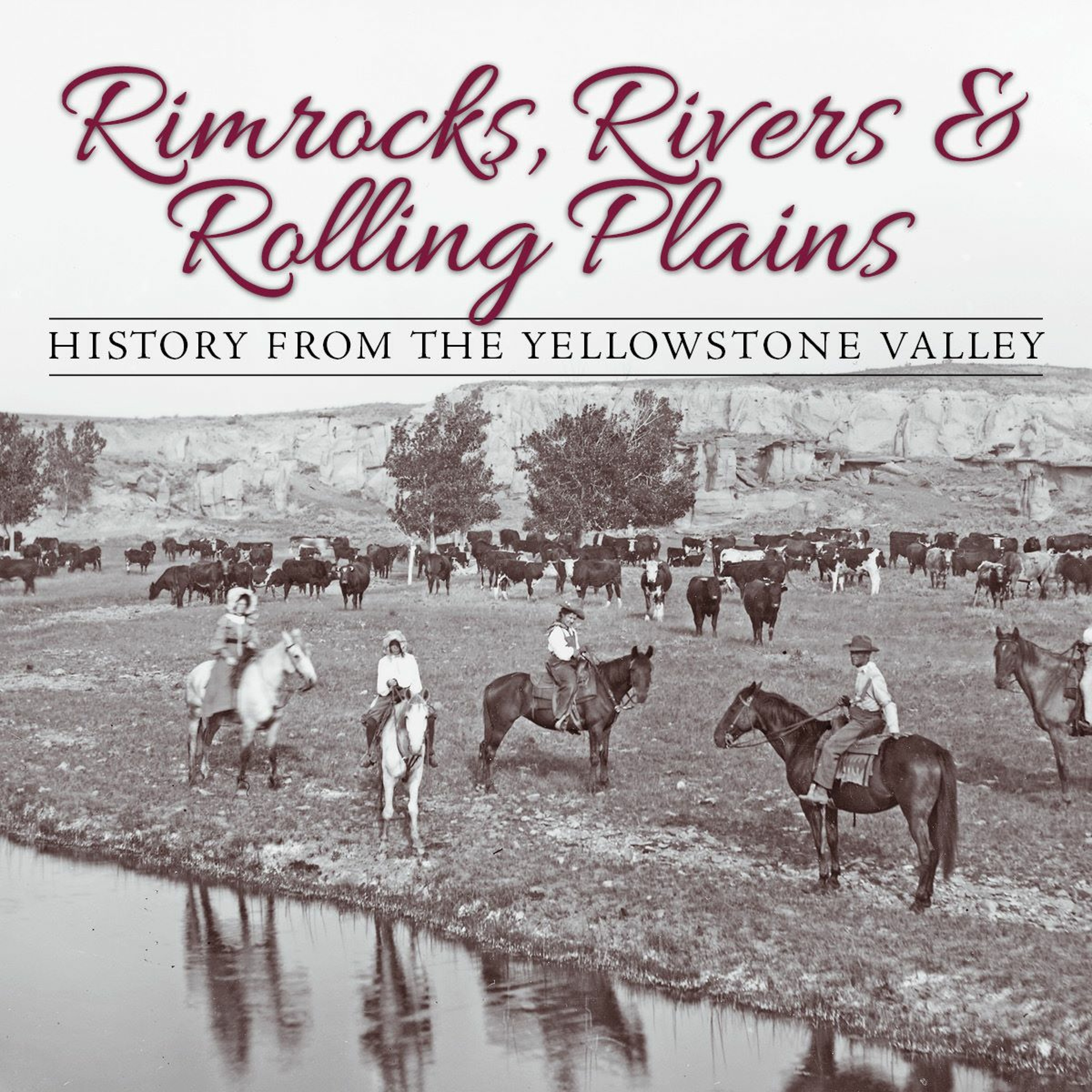 MontanaHistoricalSocietyWe Weren't Supposed to Feed Them, but We DidWestern Heritage Center’s Joyce Jensen tells the story of German and Italian soldiers who were captured in north Africa and Europe during World War II and sent to Montana to work in the sugar beet industry. Jensen uses oral interviews, newspaper articles, and county extension agent reports to detail the stories of these prisoners of war.2018-11-0725 min
MontanaHistoricalSocietyWe Weren't Supposed to Feed Them, but We DidWestern Heritage Center’s Joyce Jensen tells the story of German and Italian soldiers who were captured in north Africa and Europe during World War II and sent to Montana to work in the sugar beet industry. Jensen uses oral interviews, newspaper articles, and county extension agent reports to detail the stories of these prisoners of war.2018-11-0725 min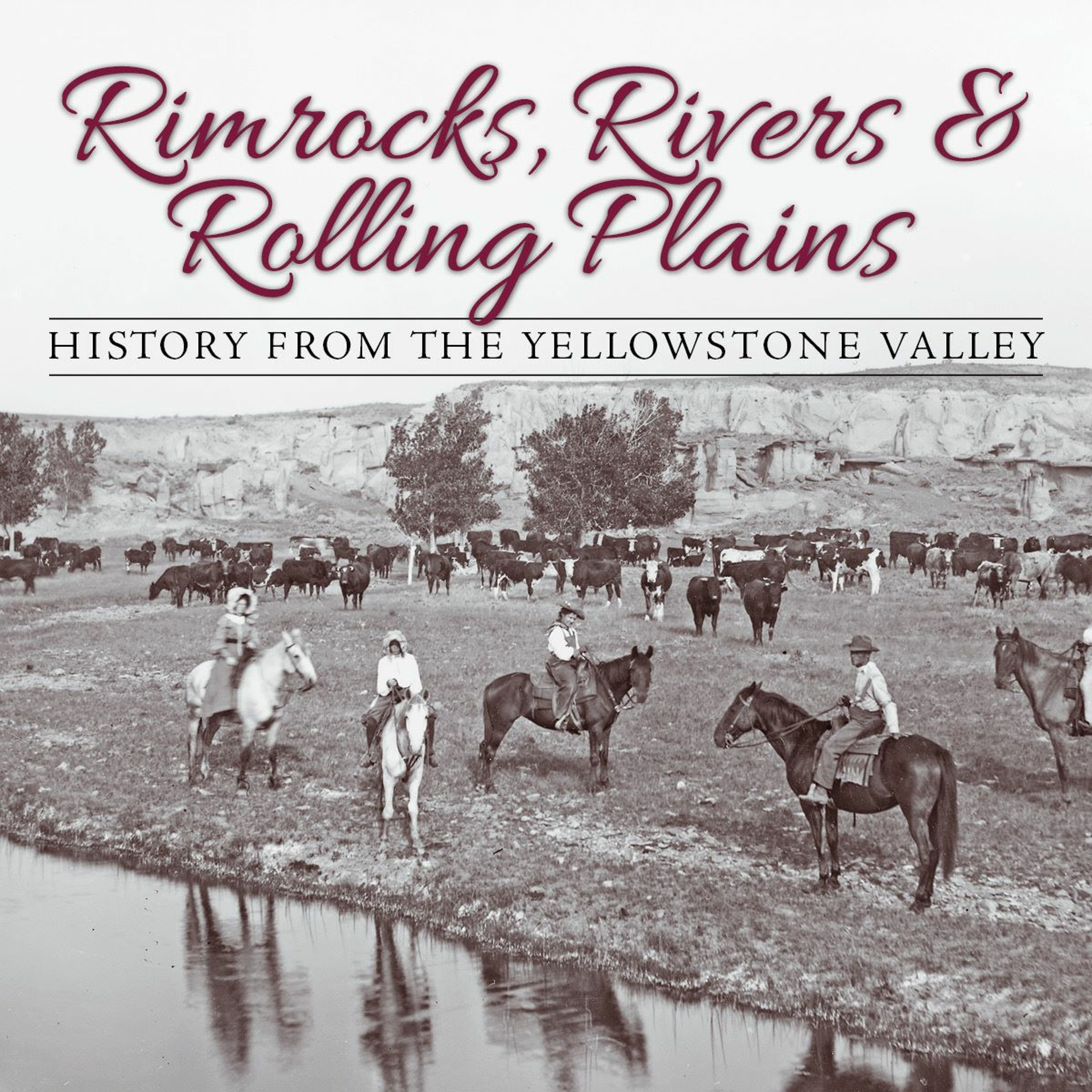 MontanaHistoricalSocietyBuilding a Place for Poultry in Montana: Harriette Cushman and Poultry Work in MontanaAmy McKinney, associate professor of history at Northwest College in Powell, Wyoming, discusses Harriette Cushman and her efforts to create a comprehensive poultry program in Montana. The first female poultry specialist in the United States, Cushman crossed many boundaries throughout her thirty-three-year career (1922–1955) with the Extension Service.2018-11-0731 min
MontanaHistoricalSocietyBuilding a Place for Poultry in Montana: Harriette Cushman and Poultry Work in MontanaAmy McKinney, associate professor of history at Northwest College in Powell, Wyoming, discusses Harriette Cushman and her efforts to create a comprehensive poultry program in Montana. The first female poultry specialist in the United States, Cushman crossed many boundaries throughout her thirty-three-year career (1922–1955) with the Extension Service.2018-11-0731 min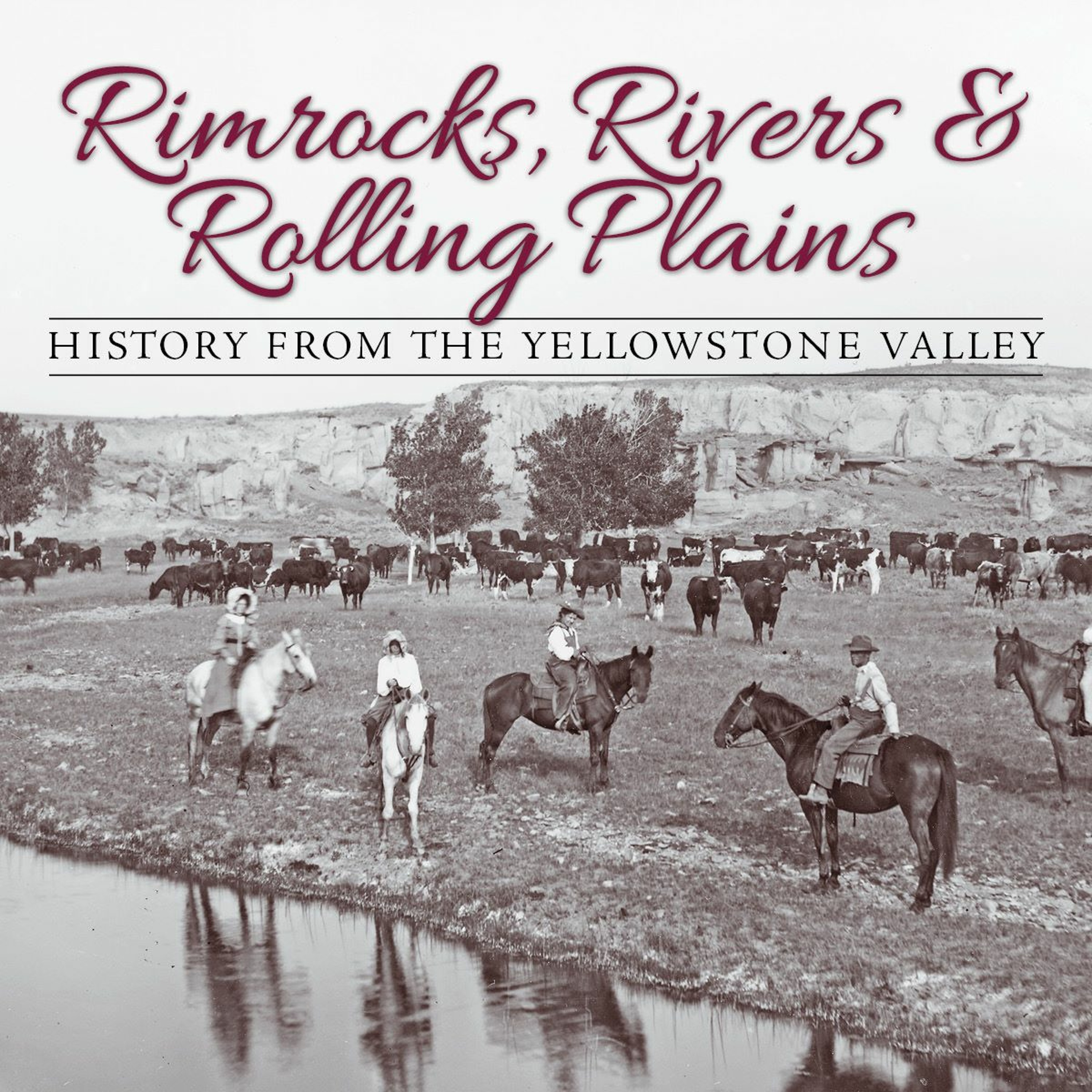 MontanaHistoricalSociety"No More War, No More Plague": The Spanish Influenza Pandemic Toll on MontanaTodd Harwell, administrator for the State of Montana’s Public Health and Safety Division, addresses the toll of the Spanish influenza pandemic on Montana communities. Data from 1918 and 1919 Montana death records and other historical information is presented, as well as the national and state public health response to this epidemic.2018-11-0729 min
MontanaHistoricalSociety"No More War, No More Plague": The Spanish Influenza Pandemic Toll on MontanaTodd Harwell, administrator for the State of Montana’s Public Health and Safety Division, addresses the toll of the Spanish influenza pandemic on Montana communities. Data from 1918 and 1919 Montana death records and other historical information is presented, as well as the national and state public health response to this epidemic.2018-11-0729 min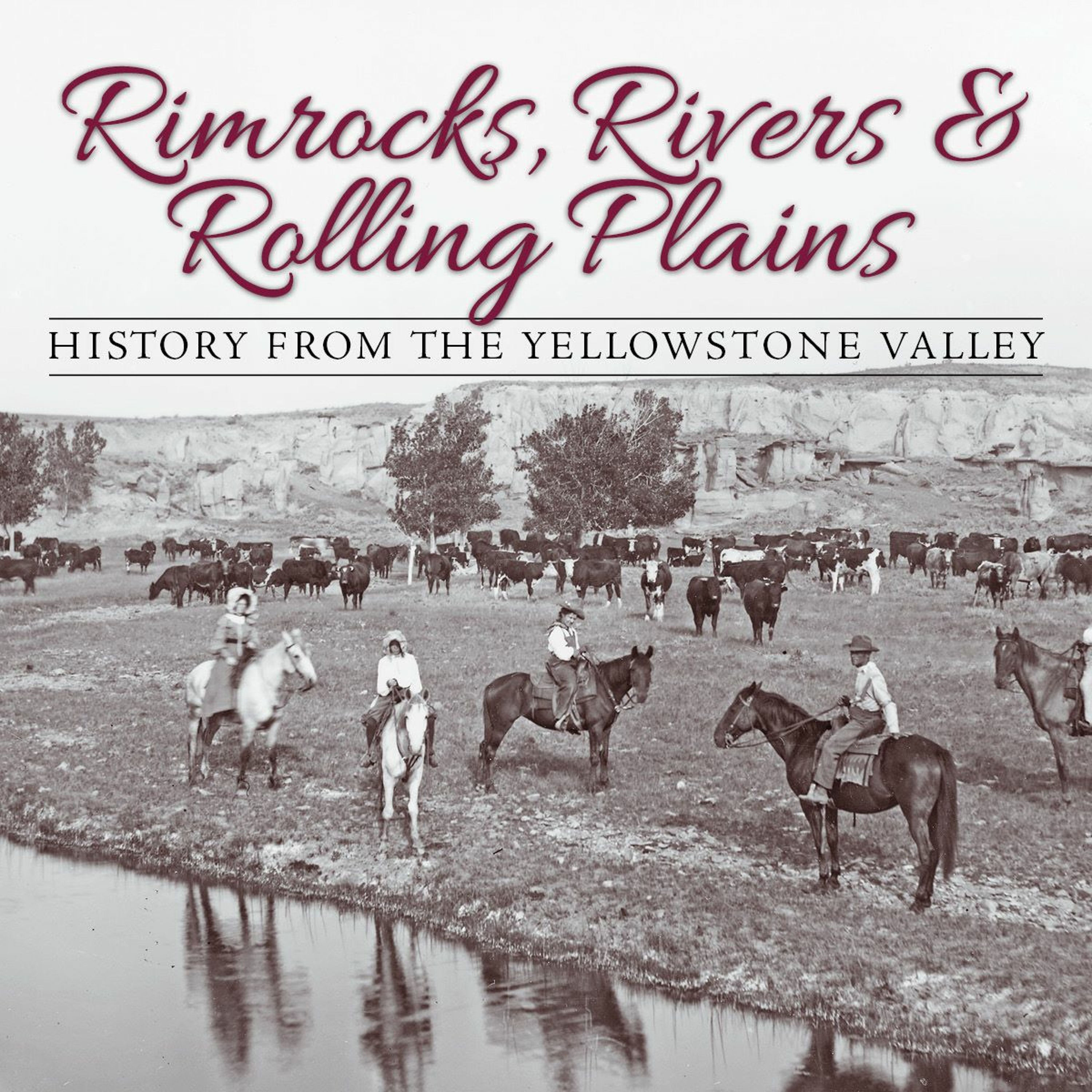 MontanaHistoricalSocietyFaith Healing, False Advertising, and Irregular DoctorsTodd L. Savitt, historian of medicine at East Carolina University’s Brody School of Medicine, discusses attempts at regulating medicine in early Montana. During its territorial and early statehood years, Montana did little to regulate healers of many varieties. In an effort to protect Montana’s citizens from what they saw as unscientific and unscrupulous practitioners, regularly trained physicians faced a variety of trials and tribulations as they passed a Medical Practice Act and established a respected Board of Medical Examiners.2018-11-0731 min
MontanaHistoricalSocietyFaith Healing, False Advertising, and Irregular DoctorsTodd L. Savitt, historian of medicine at East Carolina University’s Brody School of Medicine, discusses attempts at regulating medicine in early Montana. During its territorial and early statehood years, Montana did little to regulate healers of many varieties. In an effort to protect Montana’s citizens from what they saw as unscientific and unscrupulous practitioners, regularly trained physicians faced a variety of trials and tribulations as they passed a Medical Practice Act and established a respected Board of Medical Examiners.2018-11-0731 min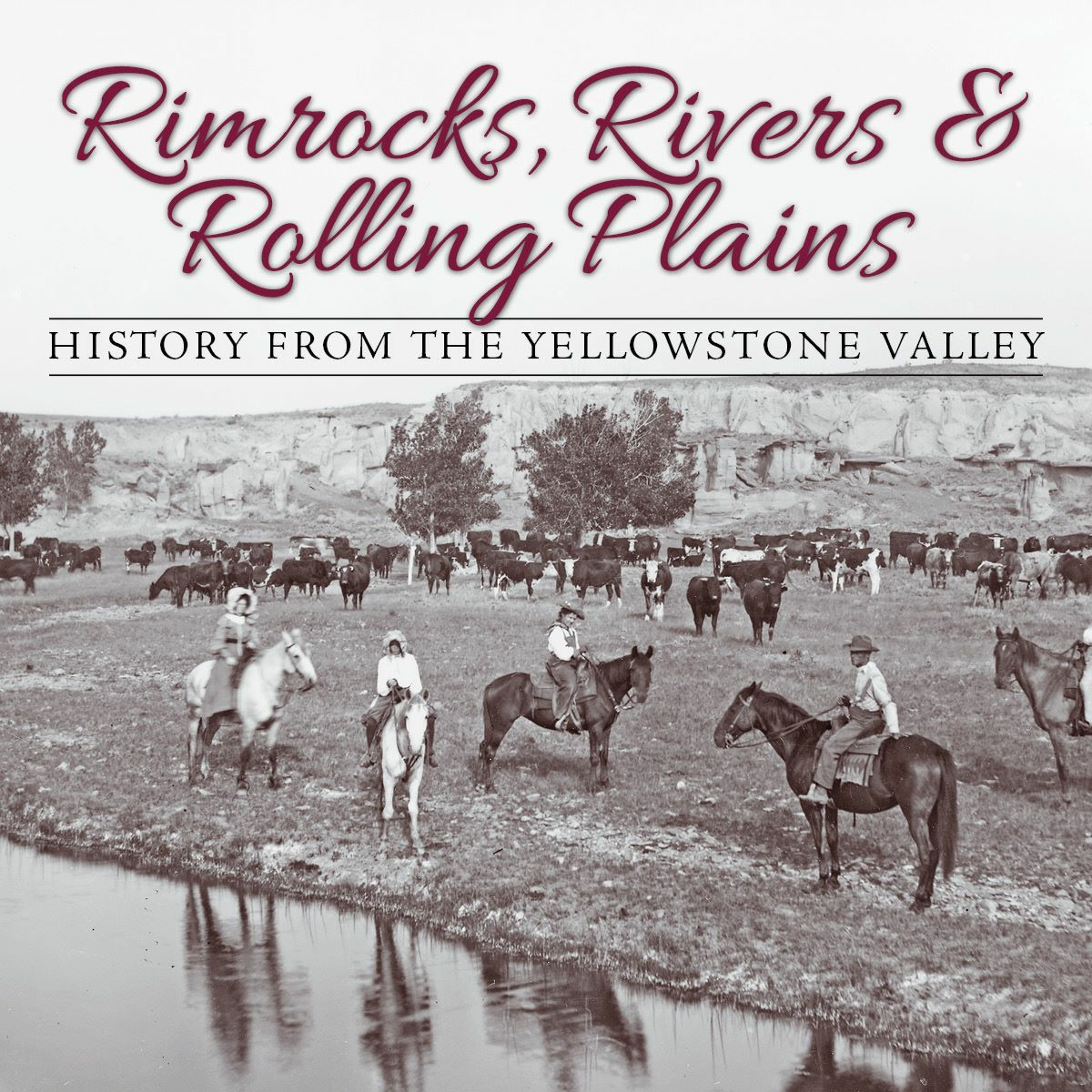 MontanaHistoricalSocietyEastern Montana's Eden: Irrigated Agriculture & the Lower Yellowstone ProjectMonDak Heritage Center executive director Dan Karalus tells the story of the agricultural landscape created by irrigation from eastern Montana’s Lower Yellowstone Project. Karalus focuses on the ways in which local and national forces intertwined to develop the project and how irrigation changed eastern Montana and influenced people’s perceptions of the area.2018-11-0729 min
MontanaHistoricalSocietyEastern Montana's Eden: Irrigated Agriculture & the Lower Yellowstone ProjectMonDak Heritage Center executive director Dan Karalus tells the story of the agricultural landscape created by irrigation from eastern Montana’s Lower Yellowstone Project. Karalus focuses on the ways in which local and national forces intertwined to develop the project and how irrigation changed eastern Montana and influenced people’s perceptions of the area.2018-11-0729 min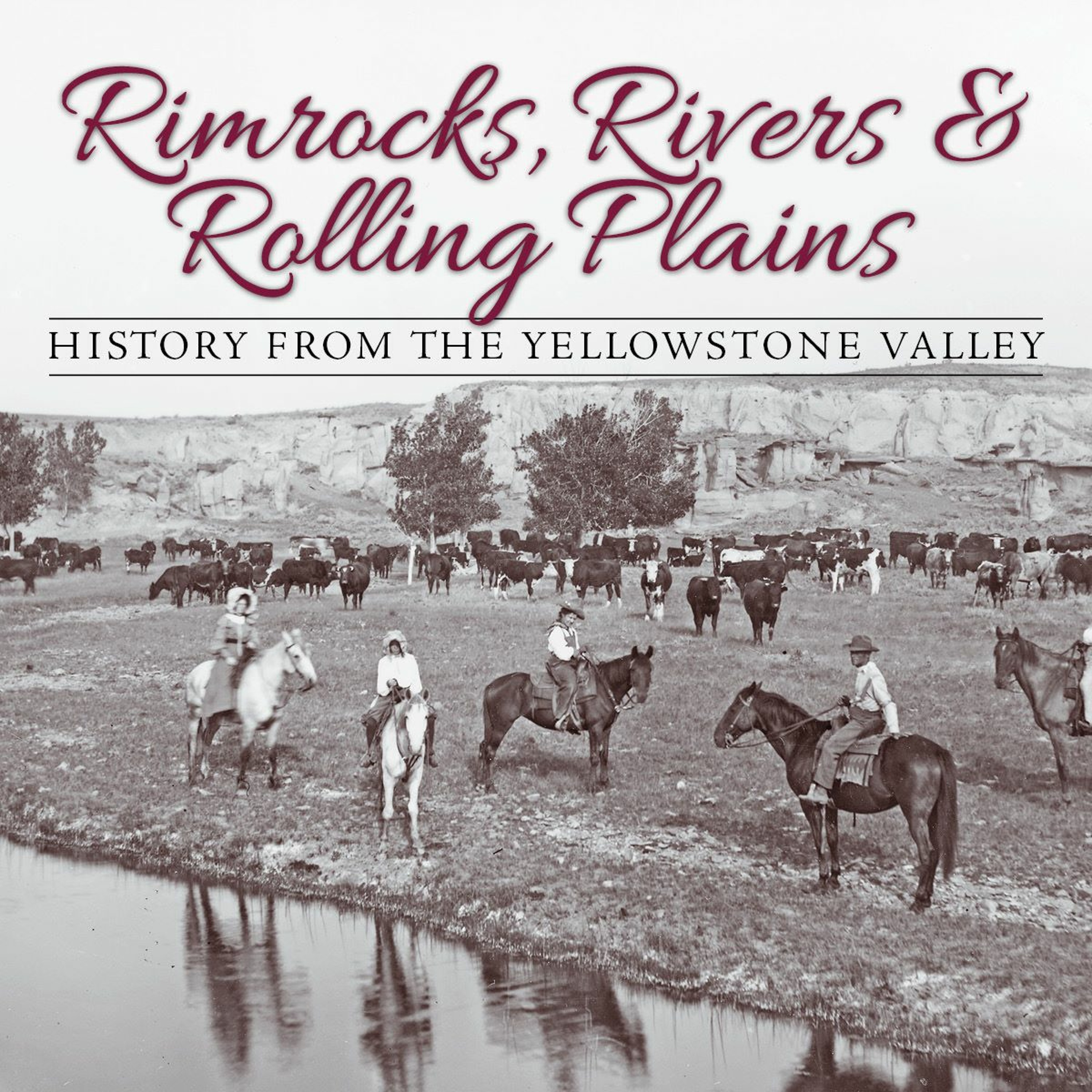 MontanaHistoricalSocietyTreasure and Trouble: Living with Meander-landAs the longest free-flowing river in the lower 48 states, the Yellowstone River is a national treasure. Montana State University Billings professor of geography Dr. Susan Gilbertz utilizes historic photographs to illustrate how, over time, the Yellowstone’s channels have meandered, both rejuvenating fisheries and riparian areas and causing erosion, flooding, and decreases in property values.2018-11-0726 min
MontanaHistoricalSocietyTreasure and Trouble: Living with Meander-landAs the longest free-flowing river in the lower 48 states, the Yellowstone River is a national treasure. Montana State University Billings professor of geography Dr. Susan Gilbertz utilizes historic photographs to illustrate how, over time, the Yellowstone’s channels have meandered, both rejuvenating fisheries and riparian areas and causing erosion, flooding, and decreases in property values.2018-11-0726 min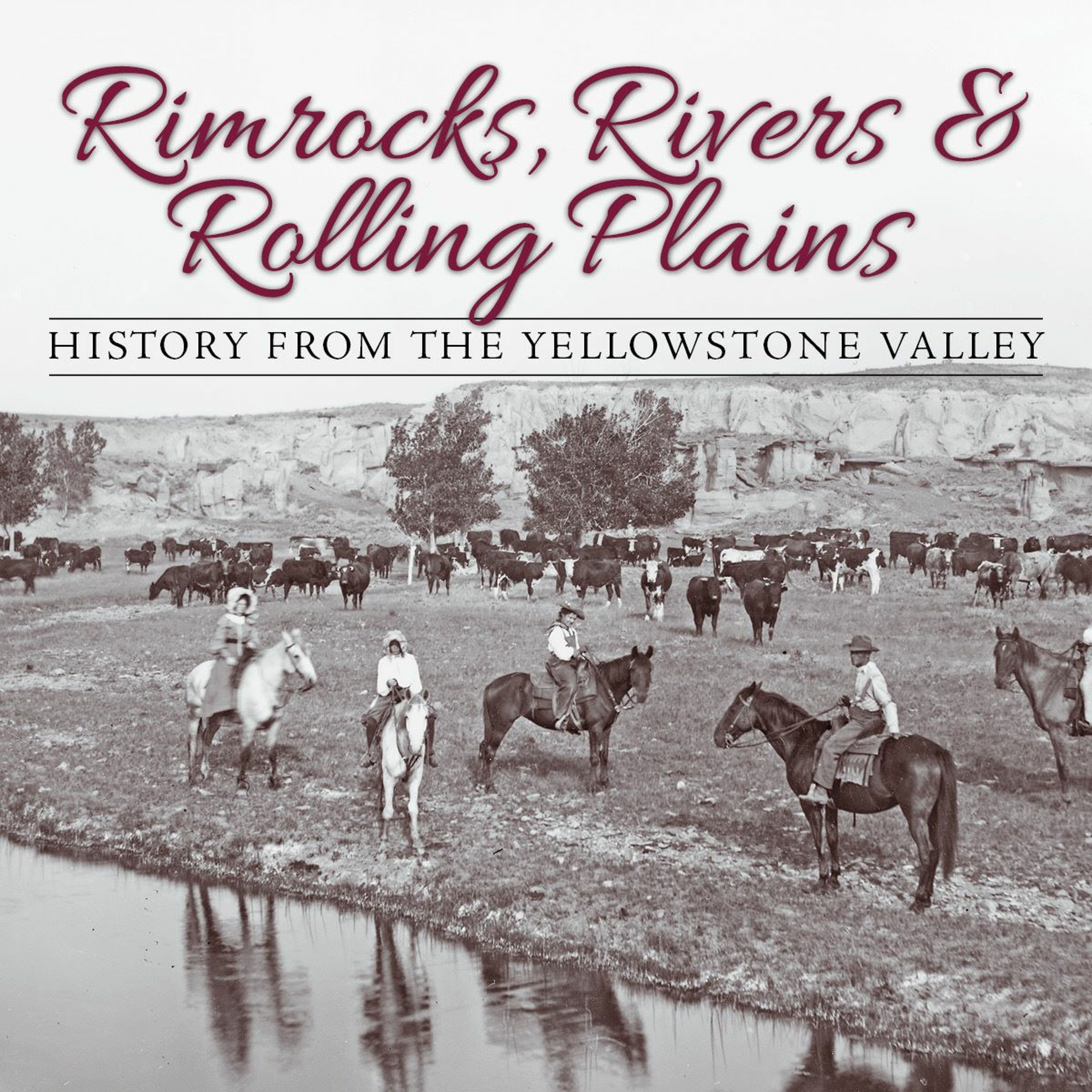 MontanaHistoricalSocietyWill James: The Consummate StorytellerUsing resources from the Billings Public Library Archives, library director Gavin Woltjer explores the life of Will James. Over the course of several decades, James—artist, storyteller, writer, and cattle rustler—invented a new persona for himself, evolved this persona, and used it to separate himself from his past to tell his stories and share his art.2018-11-0729 min
MontanaHistoricalSocietyWill James: The Consummate StorytellerUsing resources from the Billings Public Library Archives, library director Gavin Woltjer explores the life of Will James. Over the course of several decades, James—artist, storyteller, writer, and cattle rustler—invented a new persona for himself, evolved this persona, and used it to separate himself from his past to tell his stories and share his art.2018-11-0729 min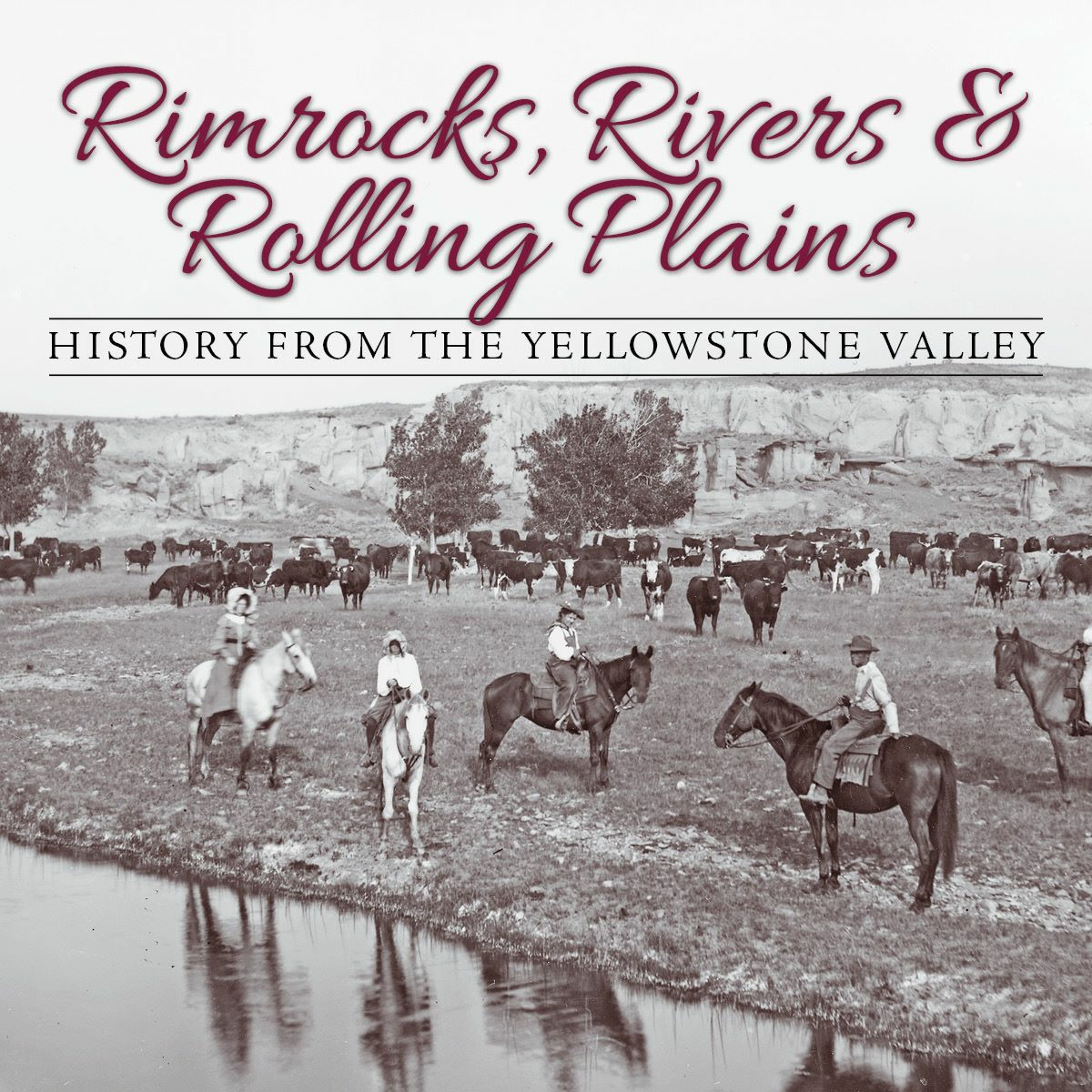 MontanaHistoricalSocietyKultivating Happy Kampers: KOA and Camping in the Late 20th CenturyMHS Research Center director Molly Kruckenberg and state archivist Jodie Foley discuss the evolution of KOA—Kampgrounds of America. In 1962 the thousands of Americans driving through Montana en route to the Seattle’s World Fair caught the attention of Dave Drum, a Billings resident and entrepreneur. He set up campsites on his land north of the Yellowstone River, offering hot showers, restrooms, and a store. The idea caught on, and by 1969 there were KOAs across the country serving this new generation of vacationers who wanted the experience of camping while retaining some comforts of home. Today KOA’s familiar bright yellow...2018-11-0732 min
MontanaHistoricalSocietyKultivating Happy Kampers: KOA and Camping in the Late 20th CenturyMHS Research Center director Molly Kruckenberg and state archivist Jodie Foley discuss the evolution of KOA—Kampgrounds of America. In 1962 the thousands of Americans driving through Montana en route to the Seattle’s World Fair caught the attention of Dave Drum, a Billings resident and entrepreneur. He set up campsites on his land north of the Yellowstone River, offering hot showers, restrooms, and a store. The idea caught on, and by 1969 there were KOAs across the country serving this new generation of vacationers who wanted the experience of camping while retaining some comforts of home. Today KOA’s familiar bright yellow...2018-11-0732 min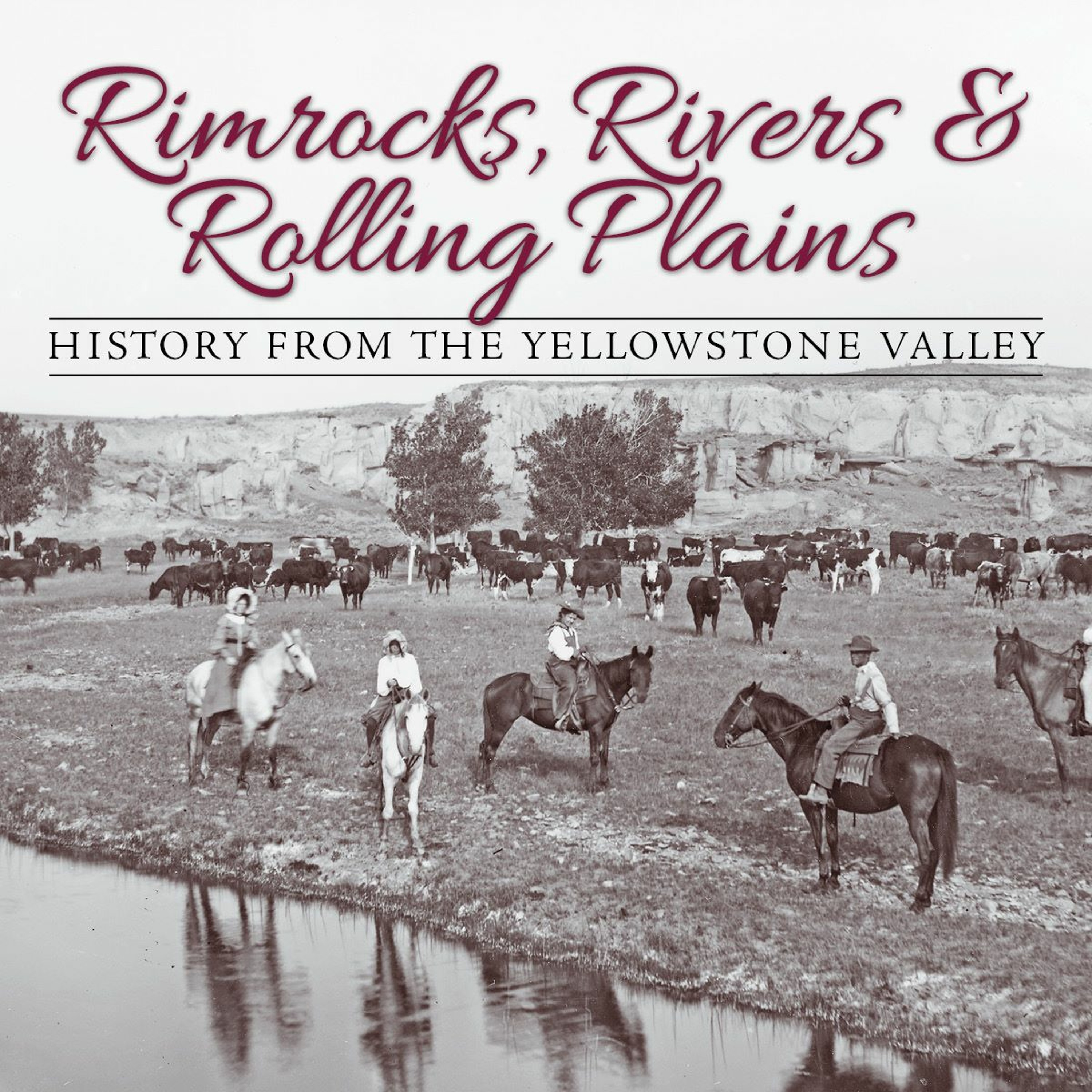 MontanaHistoricalSocietyYellowstone Trail - "One Good Long Road"Retired Billings teacher Marlene Saunders details the evolution of the Yellowstone Trail, an important early byway started in South Dakota in 1911 that became a significant route between the East and West Coasts. The road went through Montana, and specifically through Billings, where official Yellowstone Trail signs have been installed to mark the trail.2018-11-0729 min
MontanaHistoricalSocietyYellowstone Trail - "One Good Long Road"Retired Billings teacher Marlene Saunders details the evolution of the Yellowstone Trail, an important early byway started in South Dakota in 1911 that became a significant route between the East and West Coasts. The road went through Montana, and specifically through Billings, where official Yellowstone Trail signs have been installed to mark the trail.2018-11-0729 min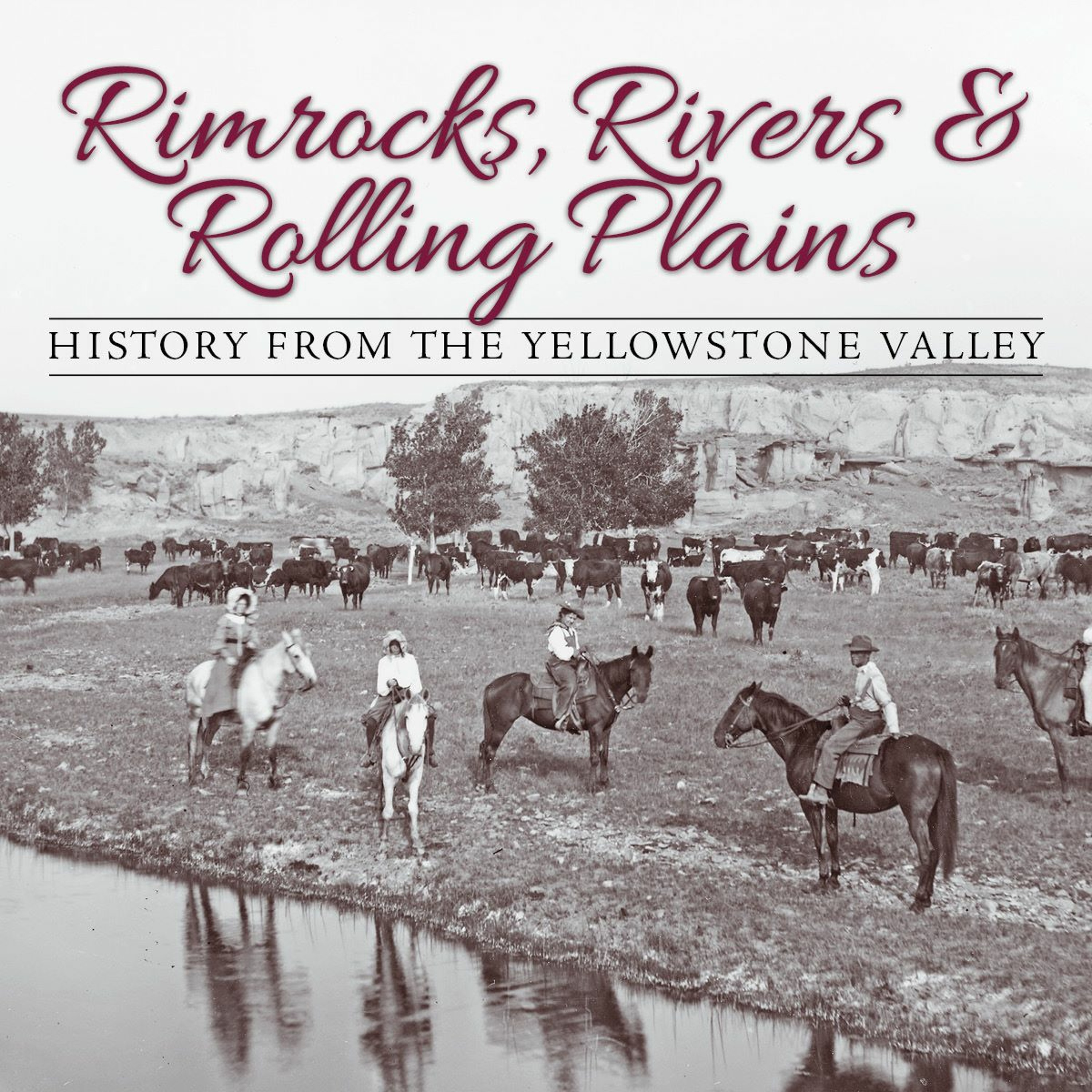 MontanaHistoricalSocietyMontanans in the Great WarFort Benton’s Overholser Historical Research Center historian Ken Robison unveils new and neglected stories of Montanans in the Great War. Robison shares tales from Montanans serving around the world, focusing on the role of Montana’s women U.S. Navy yeomen, nurses, and “Hello Girls”; Montanans in the Russian Railway Service Corps; the unknown role Charles M. Russell played in support of the war; the contributions of Montana’s ethnic citizens to World War I; and more.2018-11-0725 min
MontanaHistoricalSocietyMontanans in the Great WarFort Benton’s Overholser Historical Research Center historian Ken Robison unveils new and neglected stories of Montanans in the Great War. Robison shares tales from Montanans serving around the world, focusing on the role of Montana’s women U.S. Navy yeomen, nurses, and “Hello Girls”; Montanans in the Russian Railway Service Corps; the unknown role Charles M. Russell played in support of the war; the contributions of Montana’s ethnic citizens to World War I; and more.2018-11-0725 min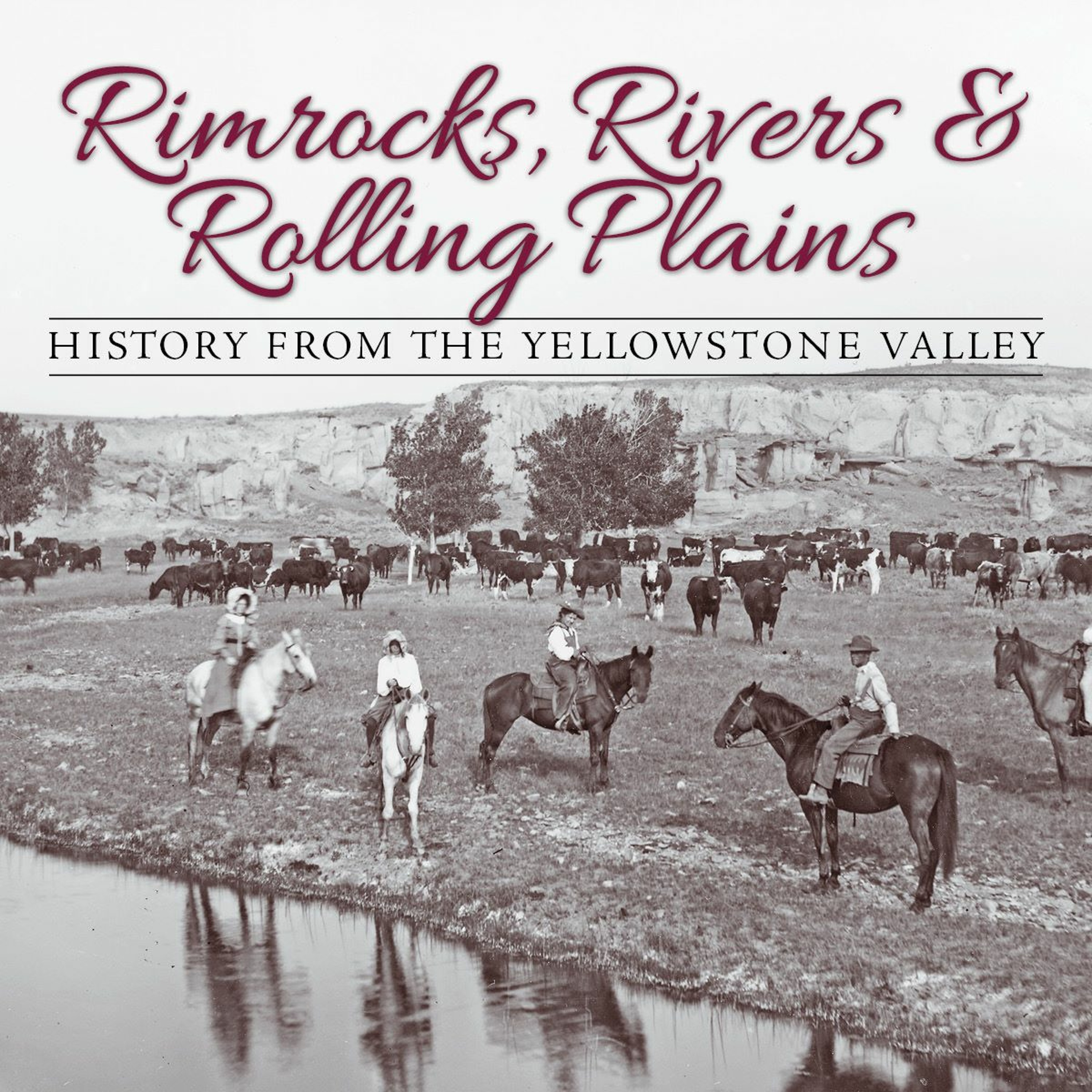 MontanaHistoricalSocietyFort Custer on the Big HornRandy Schoppe, executive director of the Big Horn County Historical Museum, discusses the history of Fort Custer on the Big Horn near present-day Hardin. Operating from 1877 to 1898, Fort Custer was often hailed by military leaders as the finest cavalry fort in the world. Schoppe talks about the events leading up to the fort’s construction, notable personalities associated with the fort, its ties to Billings, and its eventual abandonment and demolition.2018-11-0732 min
MontanaHistoricalSocietyFort Custer on the Big HornRandy Schoppe, executive director of the Big Horn County Historical Museum, discusses the history of Fort Custer on the Big Horn near present-day Hardin. Operating from 1877 to 1898, Fort Custer was often hailed by military leaders as the finest cavalry fort in the world. Schoppe talks about the events leading up to the fort’s construction, notable personalities associated with the fort, its ties to Billings, and its eventual abandonment and demolition.2018-11-0732 min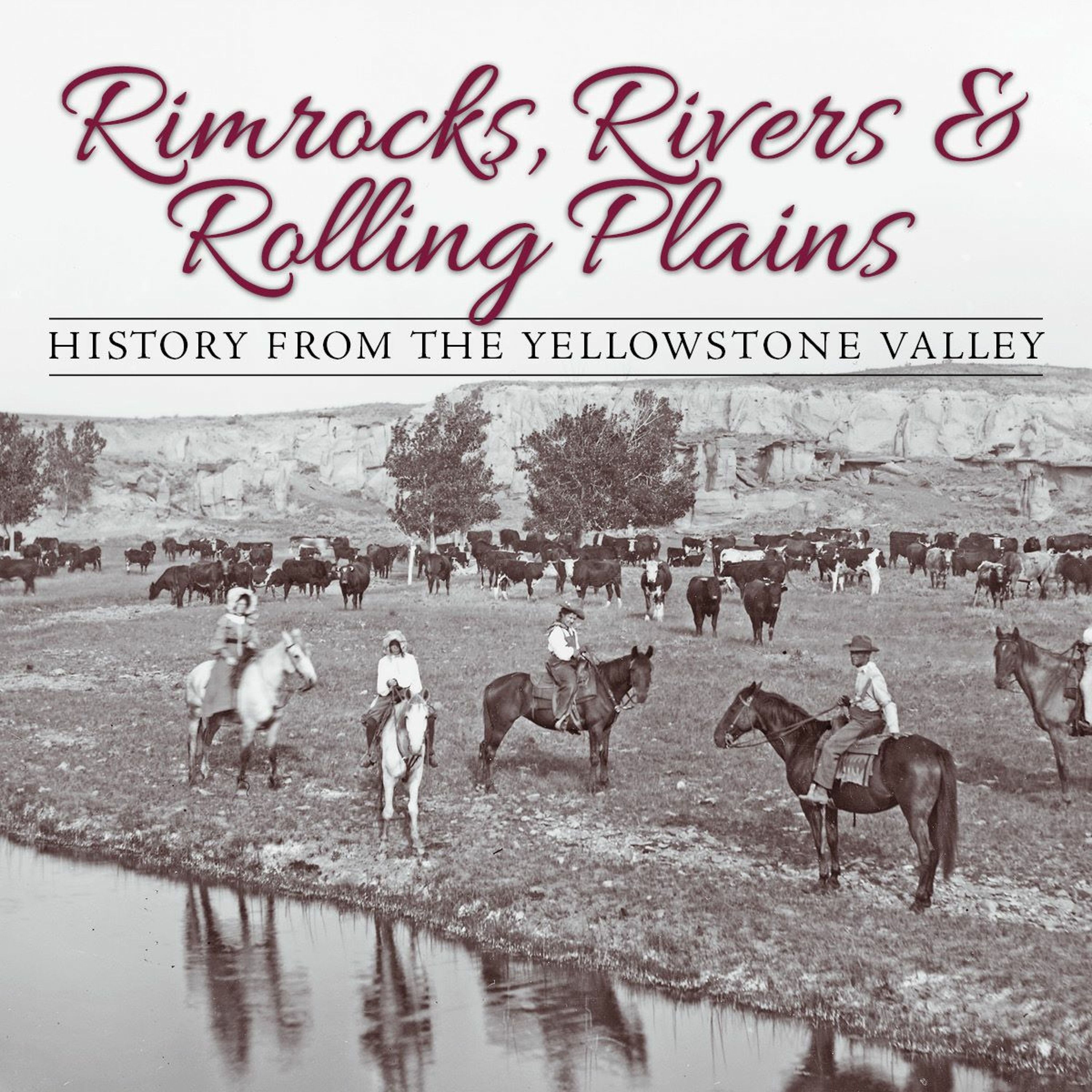 MontanaHistoricalSocietySpecial Places and Place NamesChief Dull Knife College instructor Linwood Tallbull examines why certain places are significant to indigenous culture groups that have special ties to lands, and explains how they were given their traditional place names.2018-11-0727 min
MontanaHistoricalSocietySpecial Places and Place NamesChief Dull Knife College instructor Linwood Tallbull examines why certain places are significant to indigenous culture groups that have special ties to lands, and explains how they were given their traditional place names.2018-11-0727 min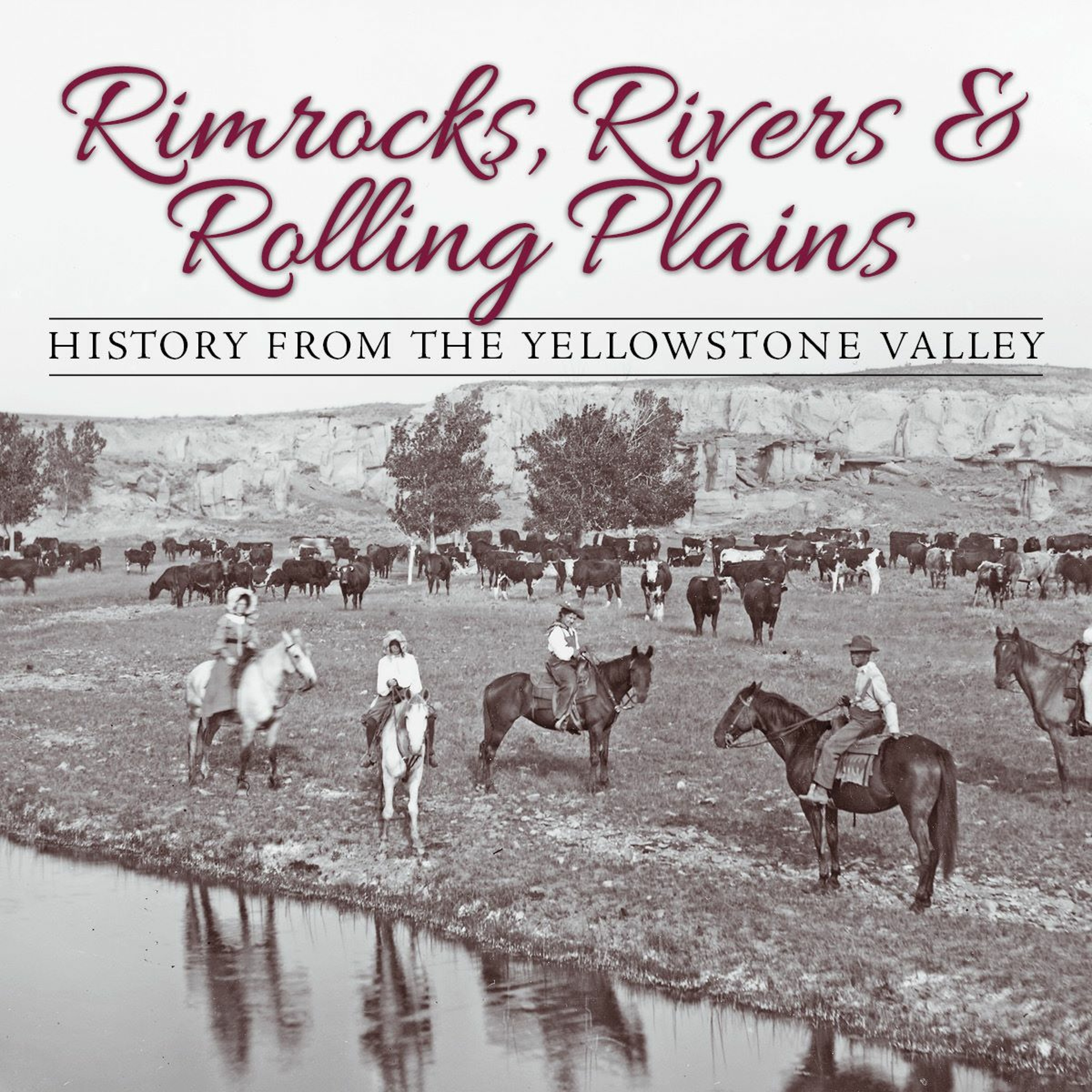 MontanaHistoricalSocietyHistories Mysteries of the Billings RimrocksFrom prehistoric travel routes to a figure—first seen as a cross and later viewed as an angel—that has watched over the Magic City for the past sixty-one years, there’s more going on in the rimrocks than meets the eye. The Yellowstone Historical Society’s Prudence Ladd unveils five of these secrets from the past.2018-11-0724 min
MontanaHistoricalSocietyHistories Mysteries of the Billings RimrocksFrom prehistoric travel routes to a figure—first seen as a cross and later viewed as an angel—that has watched over the Magic City for the past sixty-one years, there’s more going on in the rimrocks than meets the eye. The Yellowstone Historical Society’s Prudence Ladd unveils five of these secrets from the past.2018-11-0724 min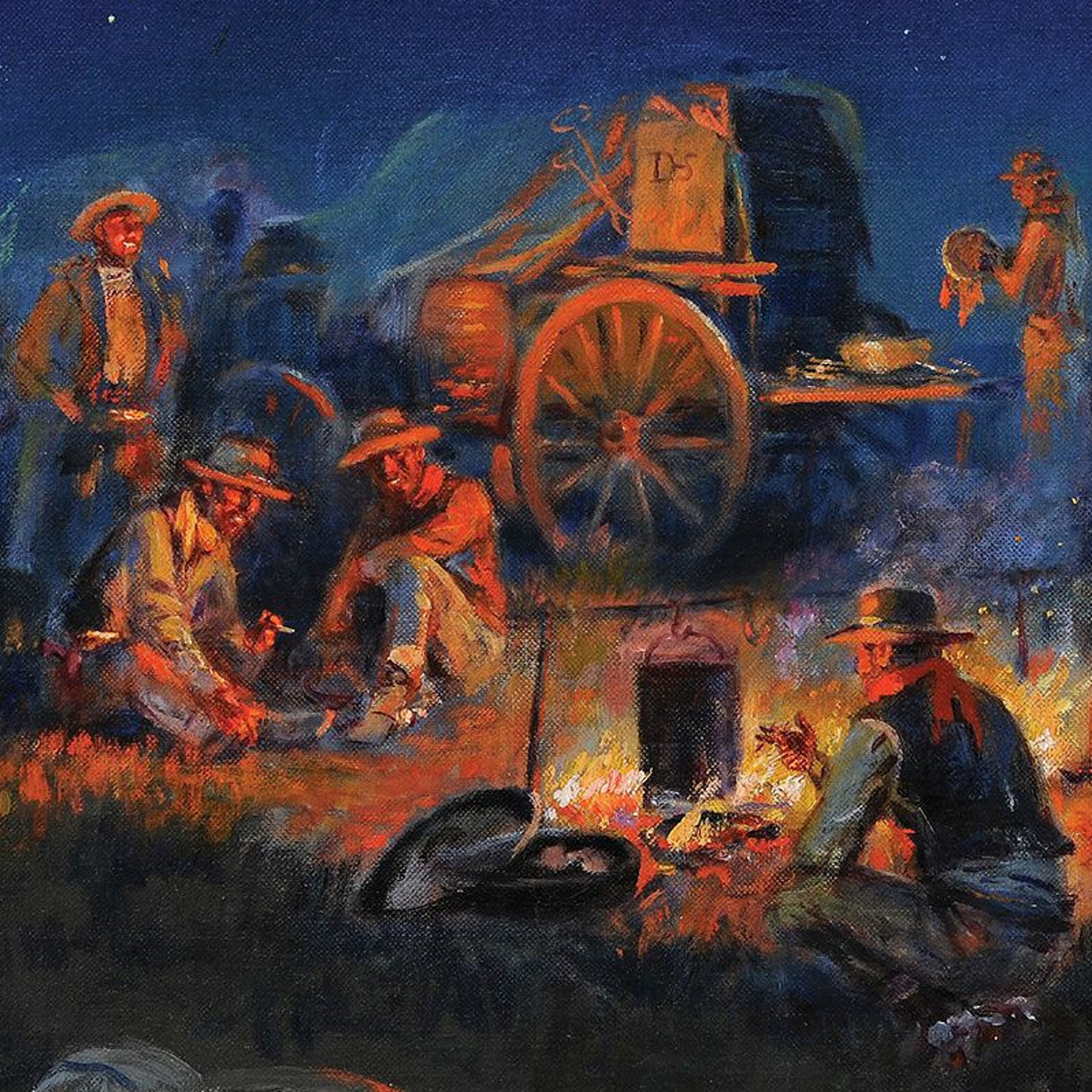 MontanaHistoricalSocietyThe Devil's PocketListen carefully for some alternative medicine involving a chicken.2018-08-0301 min
MontanaHistoricalSocietyThe Devil's PocketListen carefully for some alternative medicine involving a chicken.2018-08-0301 min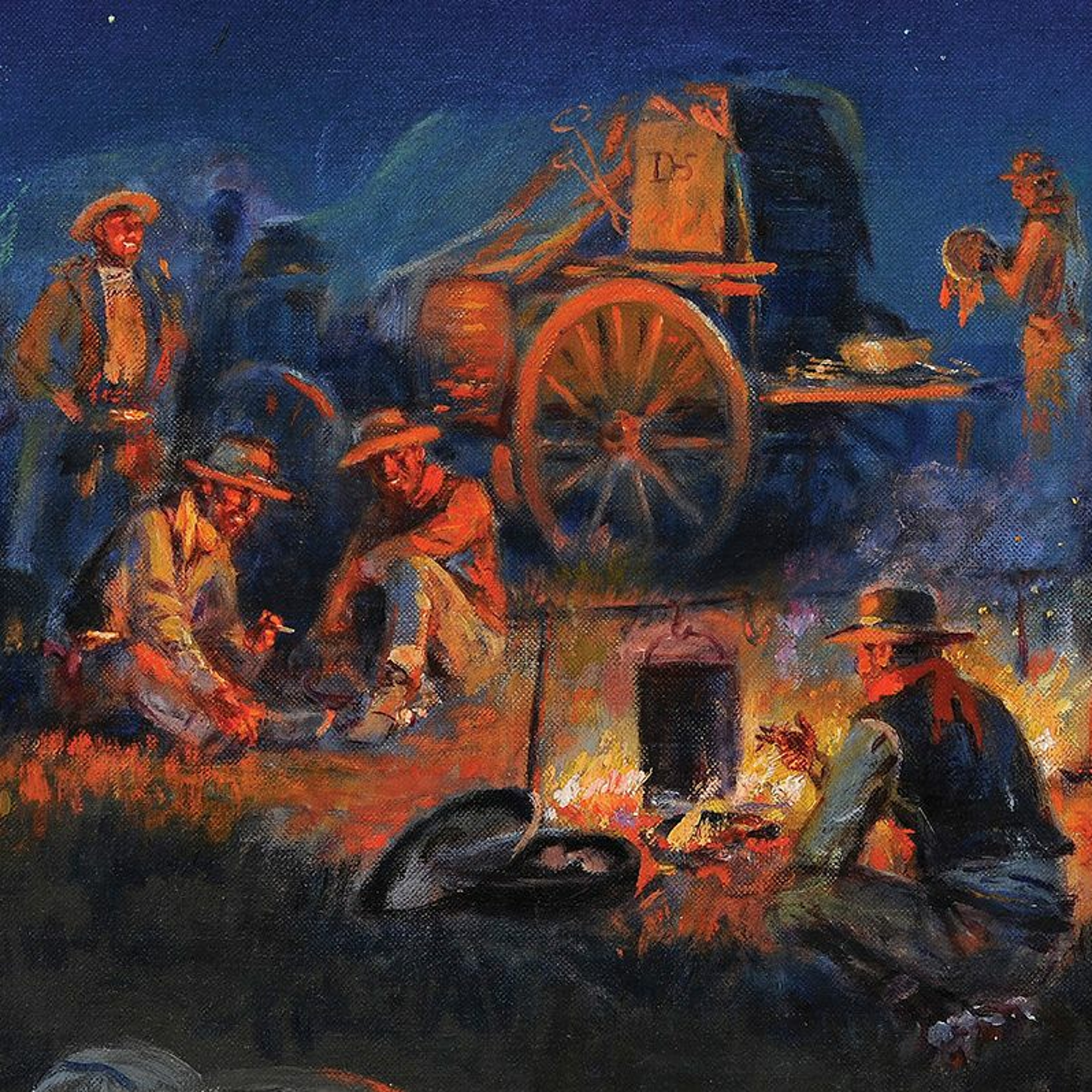 MontanaHistoricalSocietyRobinson ParkThis Helena city park has at least 1,300 full-time residents.2018-07-3102 min
MontanaHistoricalSocietyRobinson ParkThis Helena city park has at least 1,300 full-time residents.2018-07-3102 min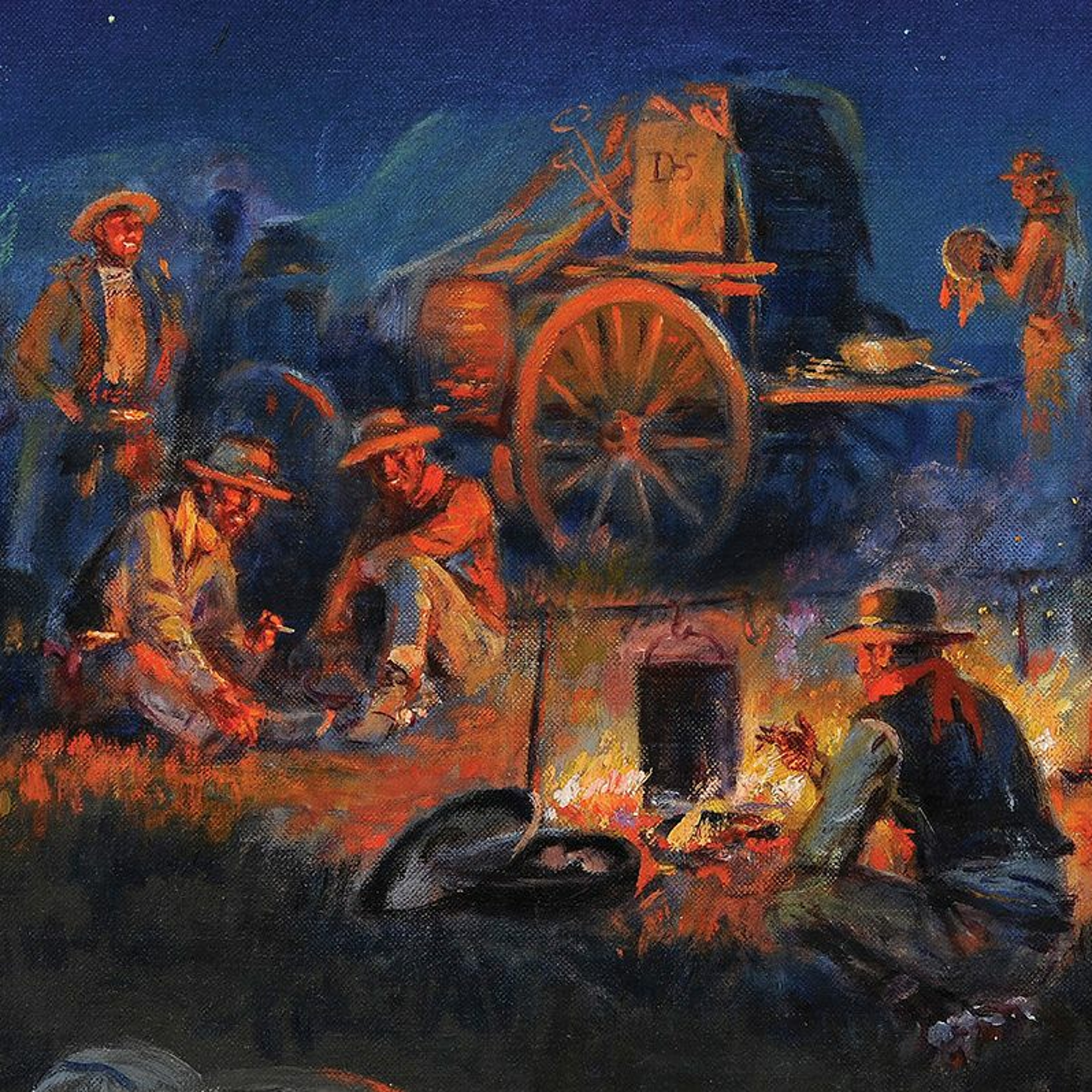 MontanaHistoricalSocietyBear Creek SaloonStill open for business; featuring pig races on the summer!2018-07-2702 min
MontanaHistoricalSocietyBear Creek SaloonStill open for business; featuring pig races on the summer!2018-07-2702 min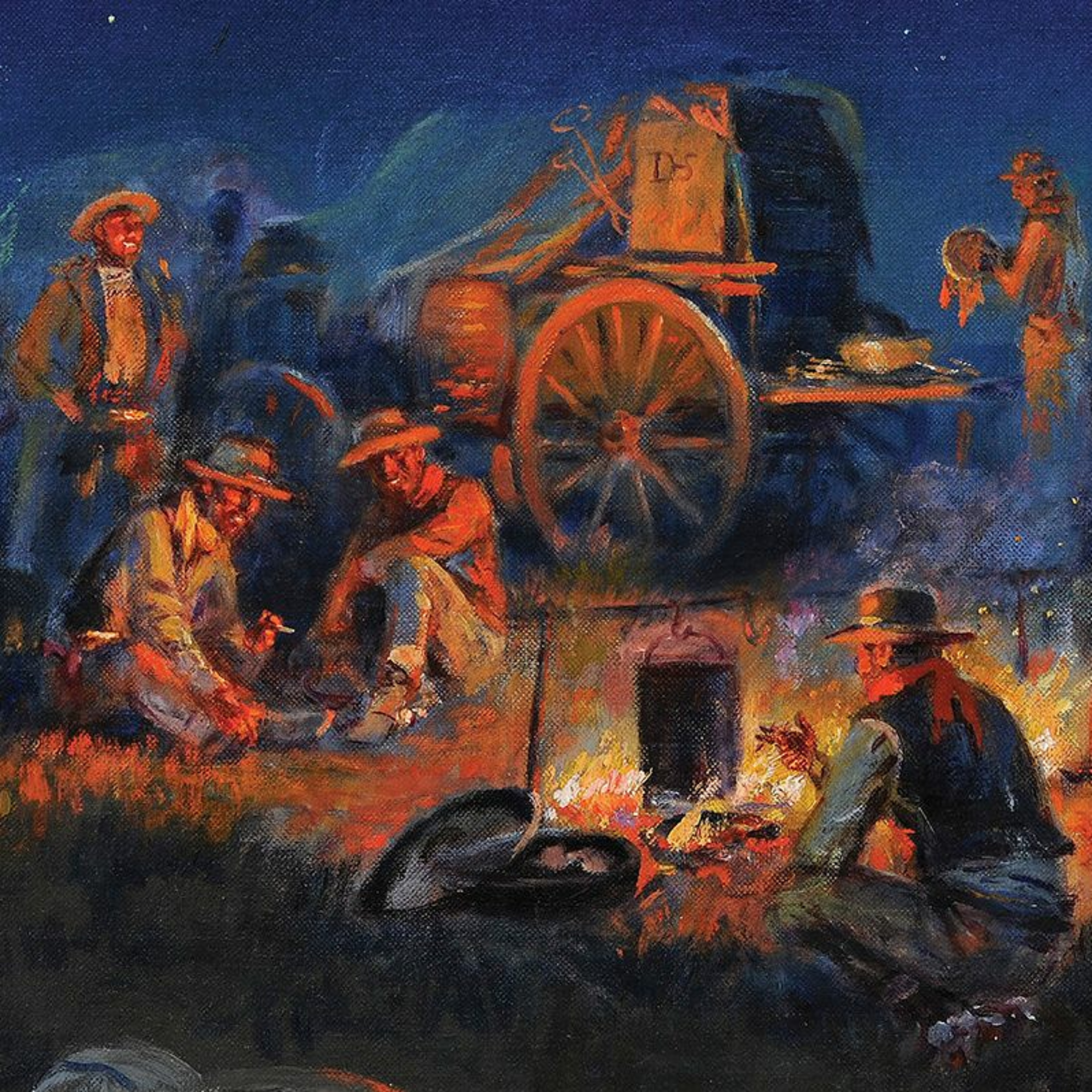 MontanaHistoricalSocietyThe Legend of Earl DurandCold-blooded killer or "Tarzan of the Tetons"?2018-07-2401 min
MontanaHistoricalSocietyThe Legend of Earl DurandCold-blooded killer or "Tarzan of the Tetons"?2018-07-2401 min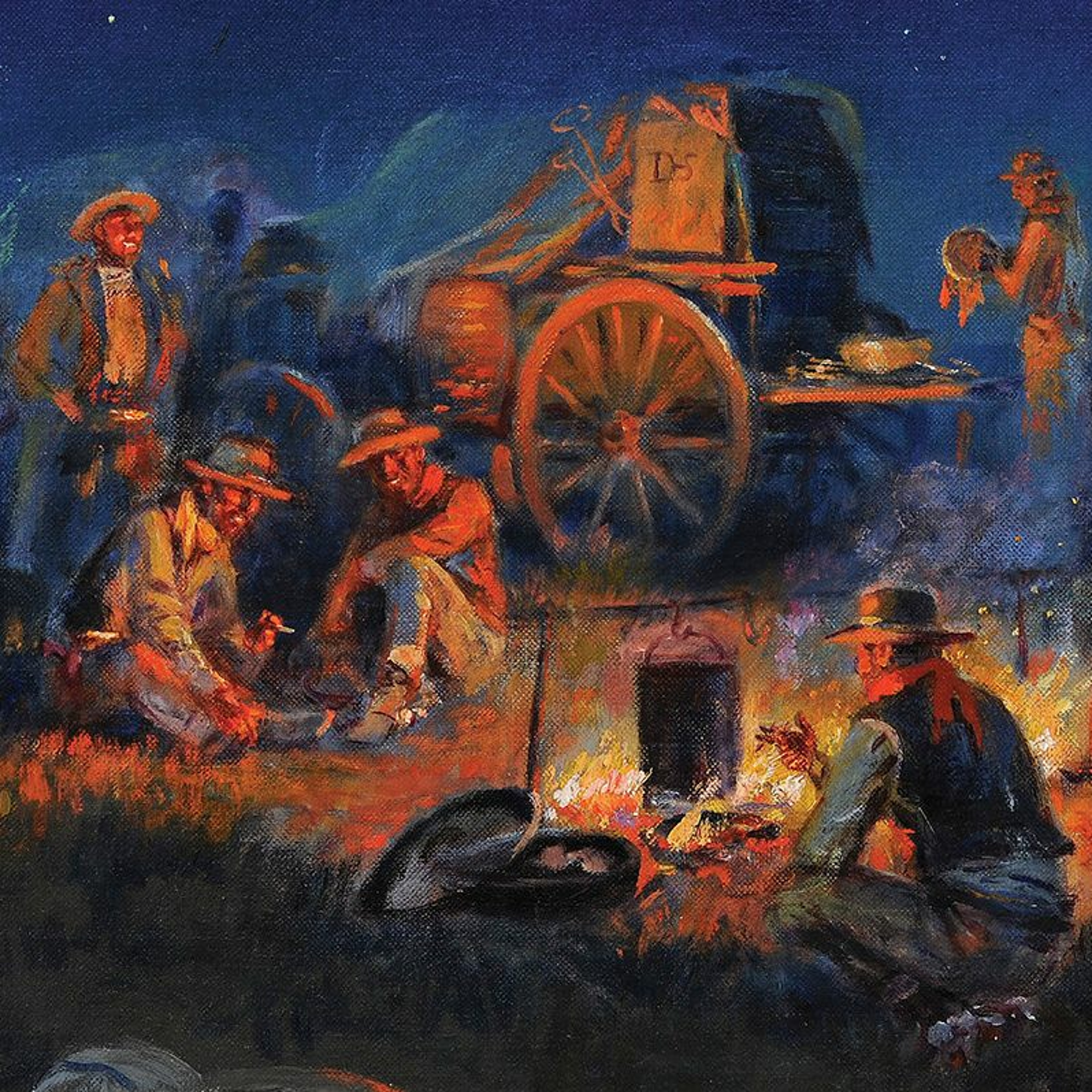 MontanaHistoricalSocietyThe Dude Rancher LodgeIn Billings, the spirit of the West lives on. Literally.2018-07-1202 min
MontanaHistoricalSocietyThe Dude Rancher LodgeIn Billings, the spirit of the West lives on. Literally.2018-07-1202 min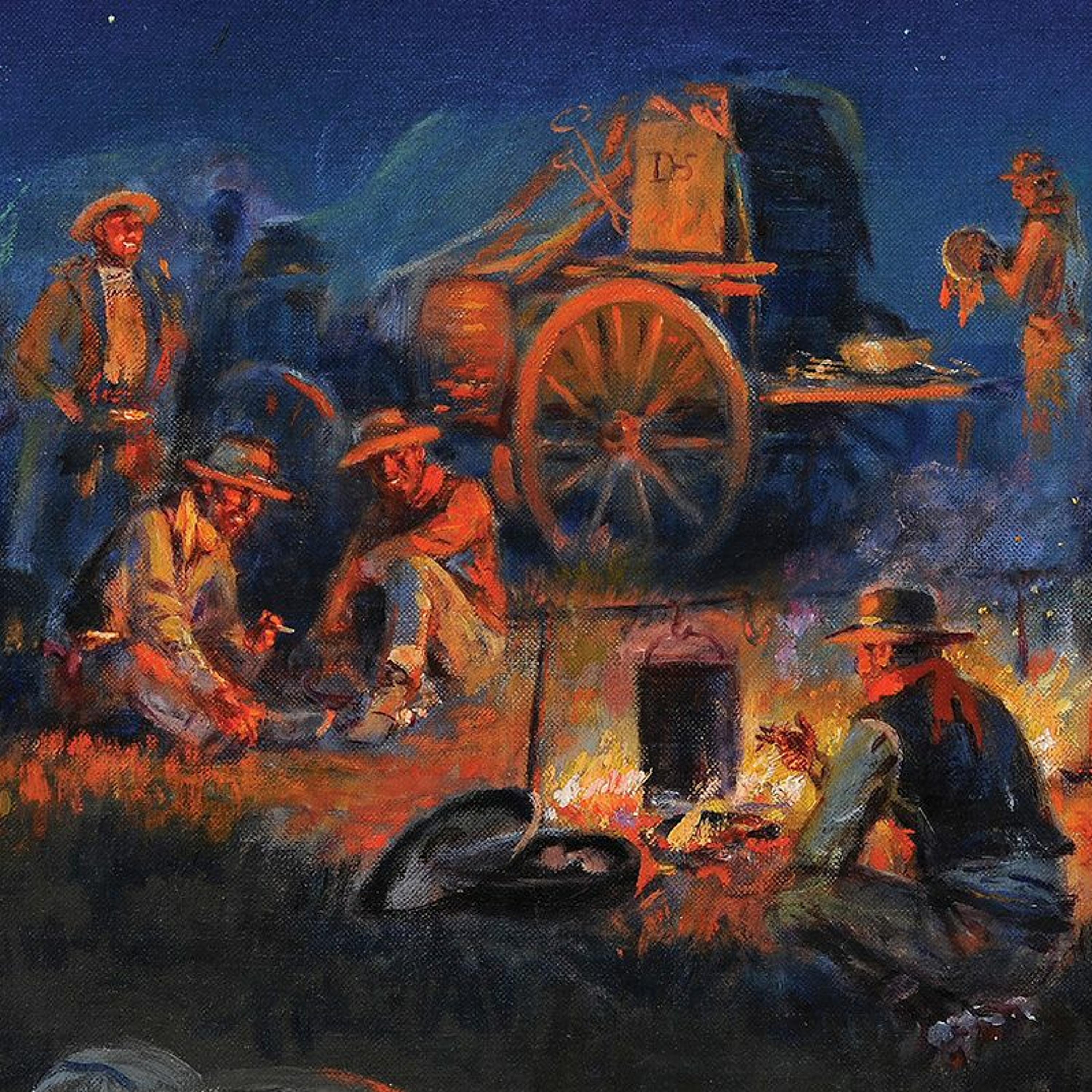 MontanaHistoricalSocietyShelby's FightThe 1923 World Heavyweight Championship event didn't exactly turn out as expected.2018-07-0302 min
MontanaHistoricalSocietyShelby's FightThe 1923 World Heavyweight Championship event didn't exactly turn out as expected.2018-07-0302 min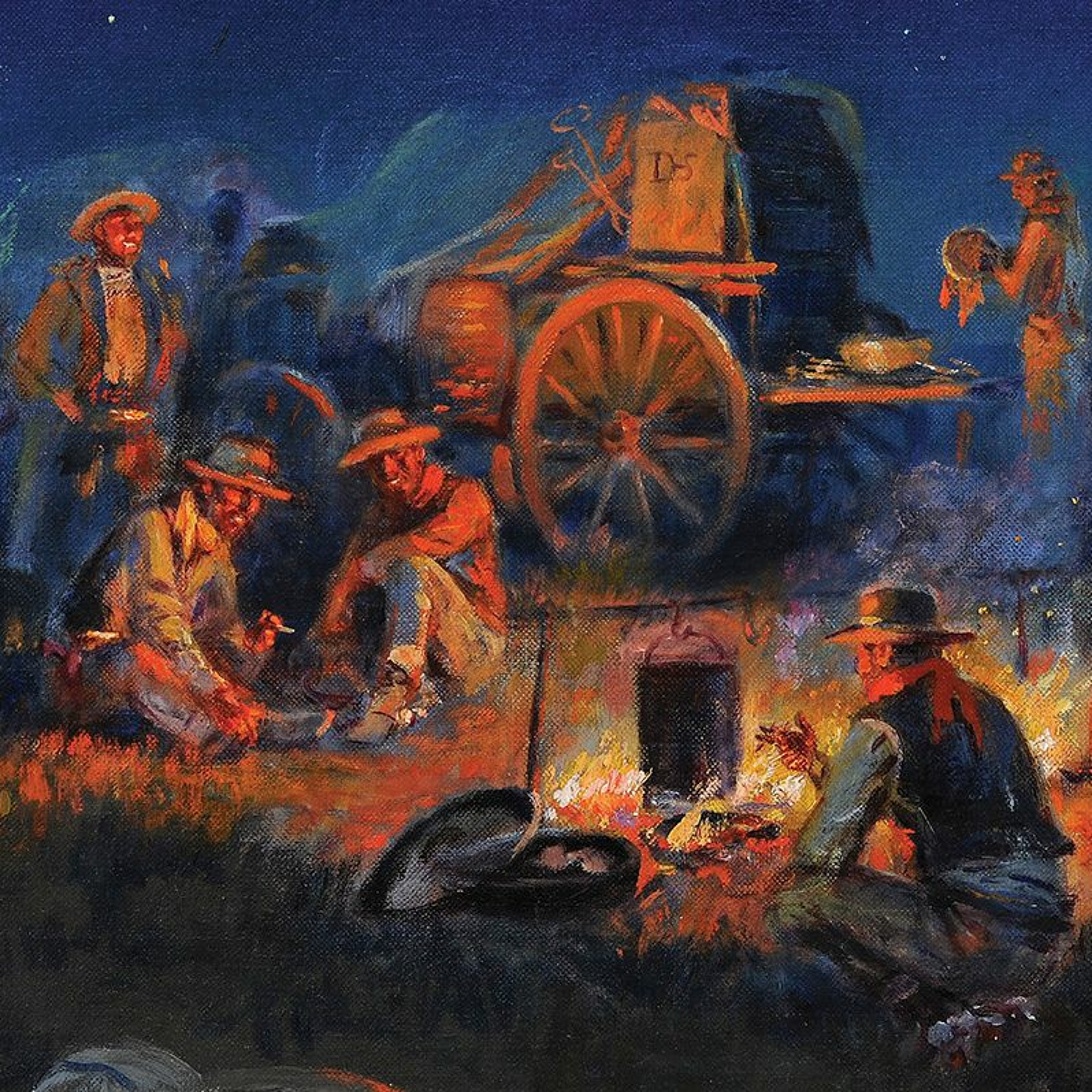 MontanaHistoricalSocietyHelena's Fire of 1874And rising from the ashes, wait, is that a phoenix?2018-06-2902 min
MontanaHistoricalSocietyHelena's Fire of 1874And rising from the ashes, wait, is that a phoenix?2018-06-2902 min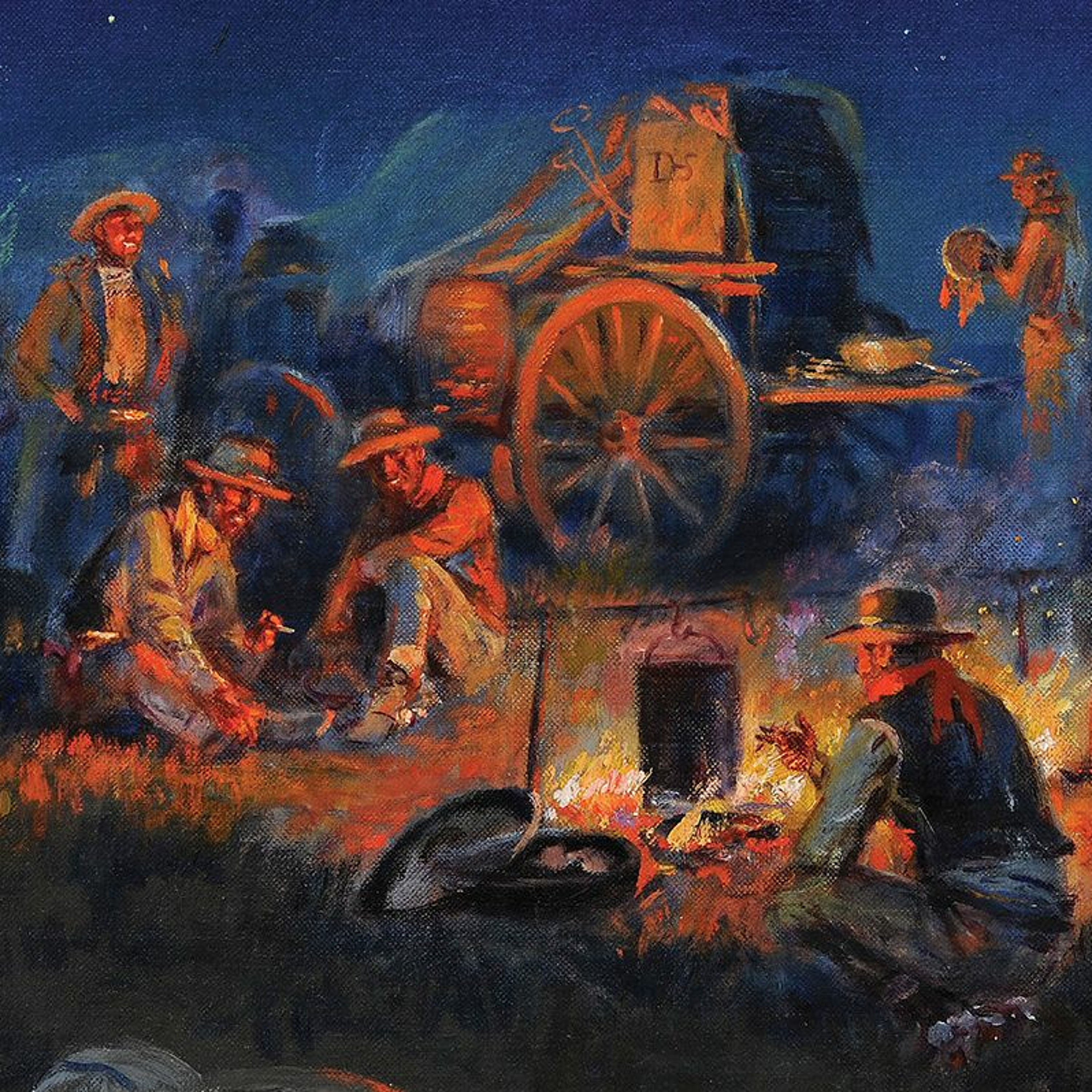 MontanaHistoricalSocietyMontana's Sedition LawsFreedom of speech can be suspended.2018-06-2602 min
MontanaHistoricalSocietyMontana's Sedition LawsFreedom of speech can be suspended.2018-06-2602 min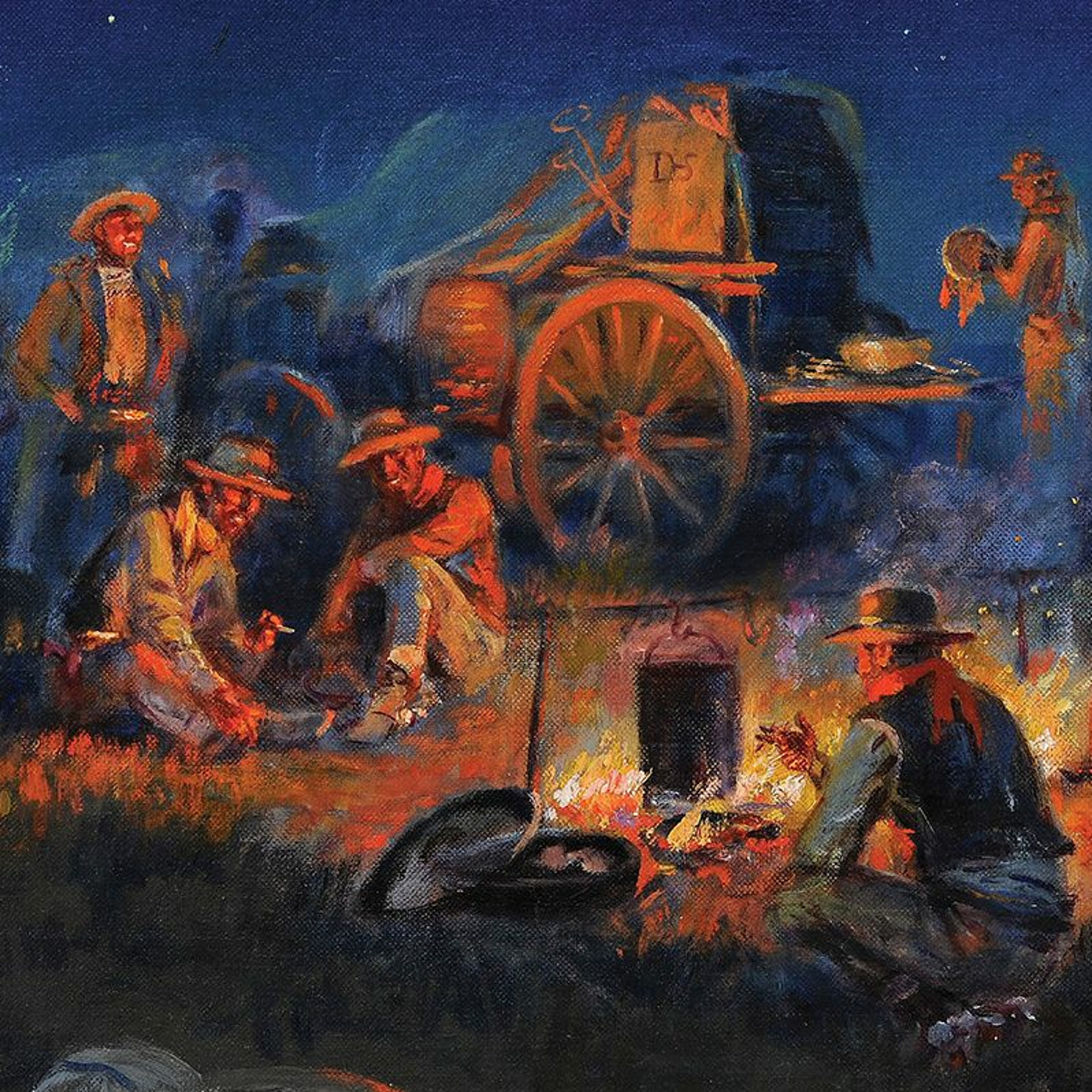 MontanaHistoricalSocietyFrankenstein's LabHorror film buffs will recognize the work of this early special effects master who hailed from Deer Lodge.2018-06-2302 min
MontanaHistoricalSocietyFrankenstein's LabHorror film buffs will recognize the work of this early special effects master who hailed from Deer Lodge.2018-06-2302 min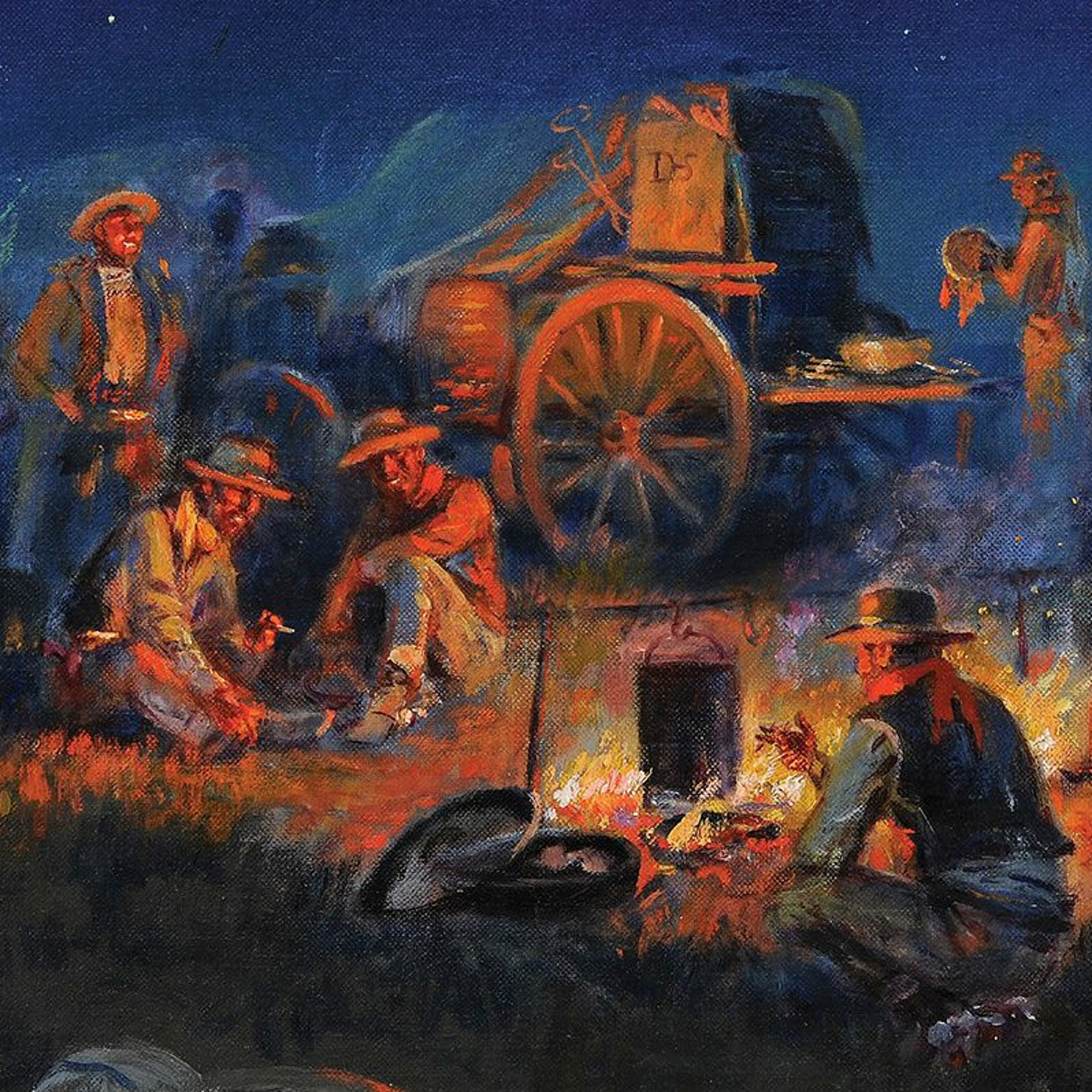 MontanaHistoricalSocietyTreat Your Horses WellA loyal mount is a must for a cavalryman.2018-06-1501 min
MontanaHistoricalSocietyTreat Your Horses WellA loyal mount is a must for a cavalryman.2018-06-1501 min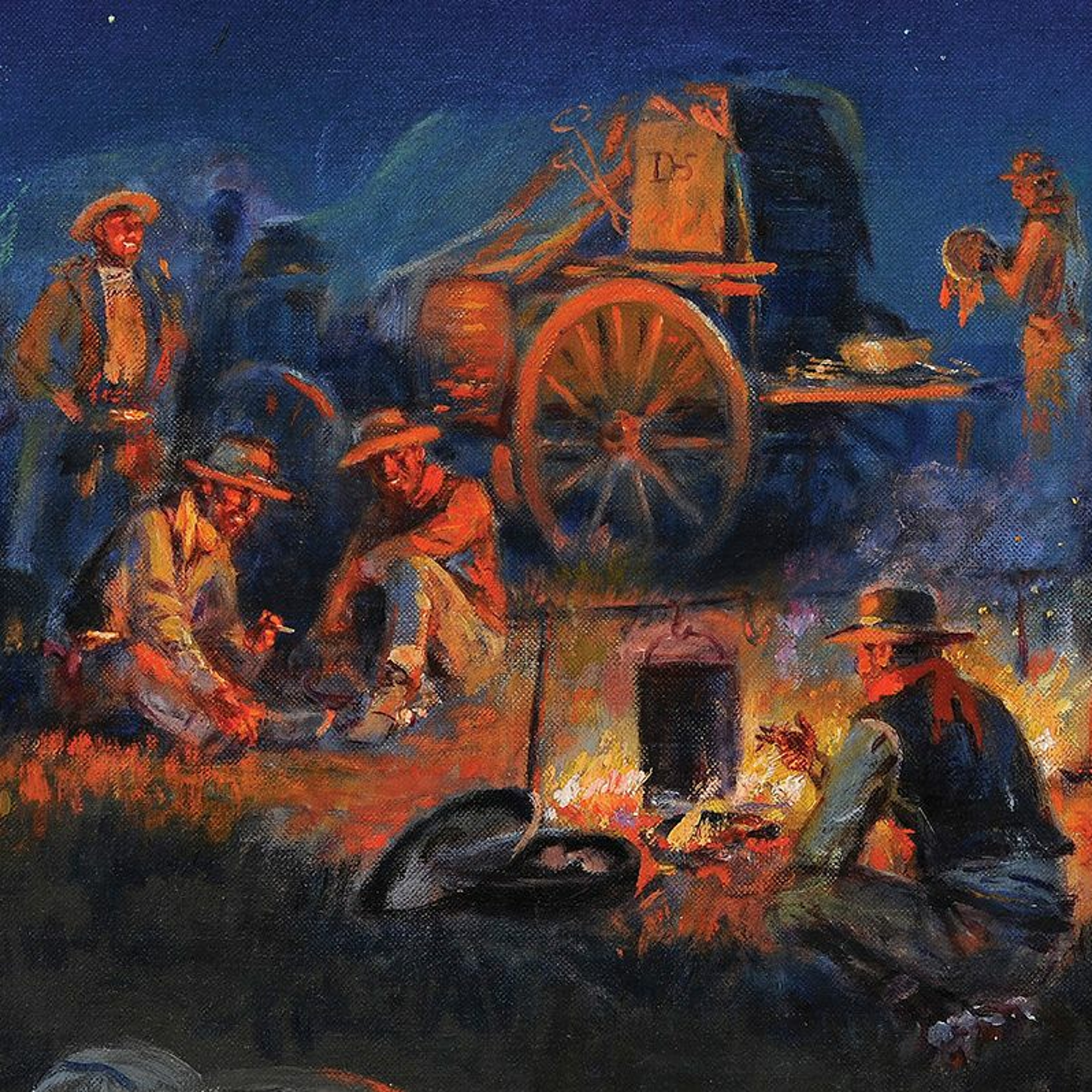 MontanaHistoricalSocietyLittle Cowboy Bar and MuseumUPDATE: this popular Fromberg landmark was since destroyed by fire and rebuilt. It is again open for business under new ownership.2018-06-1201 min
MontanaHistoricalSocietyLittle Cowboy Bar and MuseumUPDATE: this popular Fromberg landmark was since destroyed by fire and rebuilt. It is again open for business under new ownership.2018-06-1201 min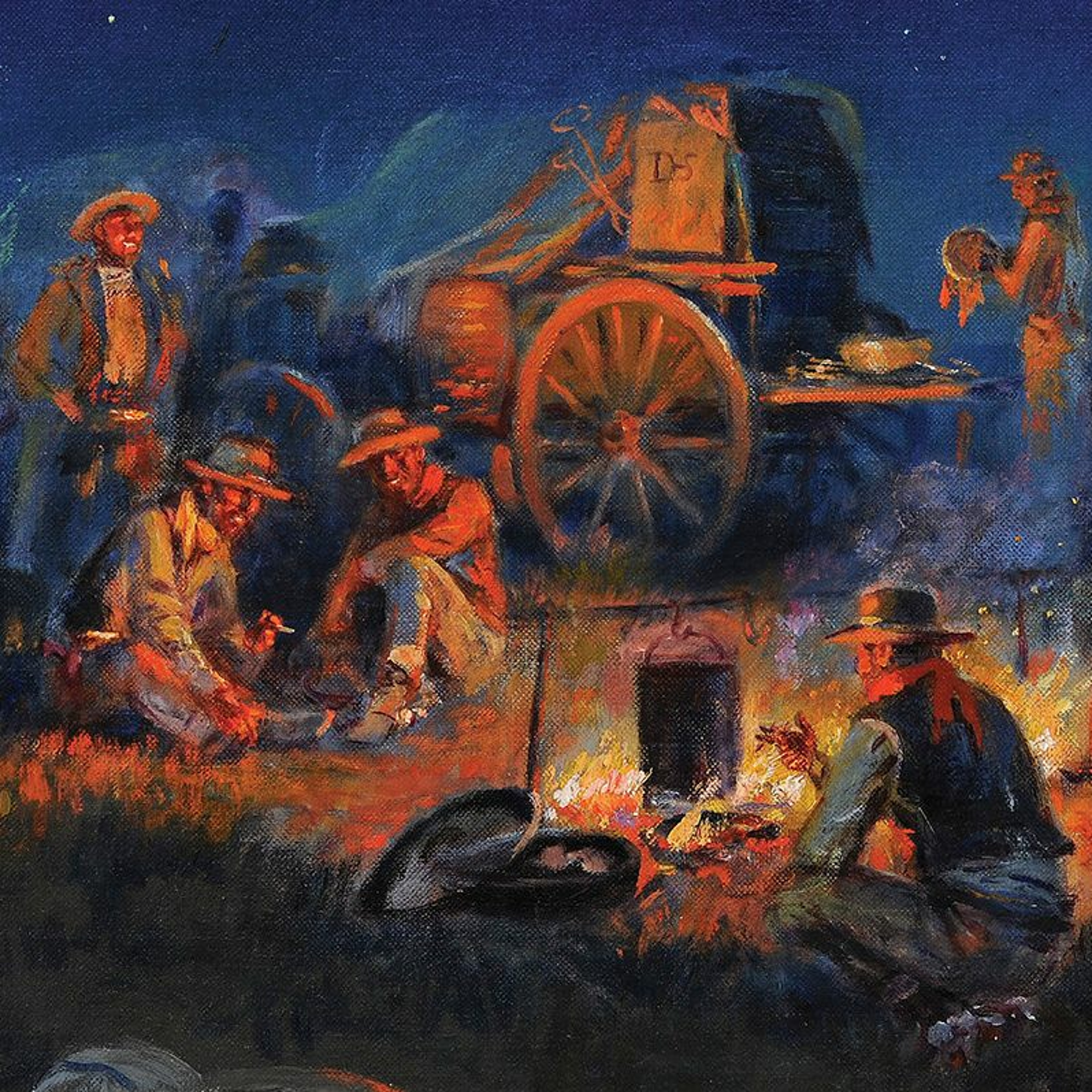 MontanaHistoricalSocietyMemorial TreeSpreading branches signify the many ways local heroes affect a community.2018-06-0802 min
MontanaHistoricalSocietyMemorial TreeSpreading branches signify the many ways local heroes affect a community.2018-06-0802 min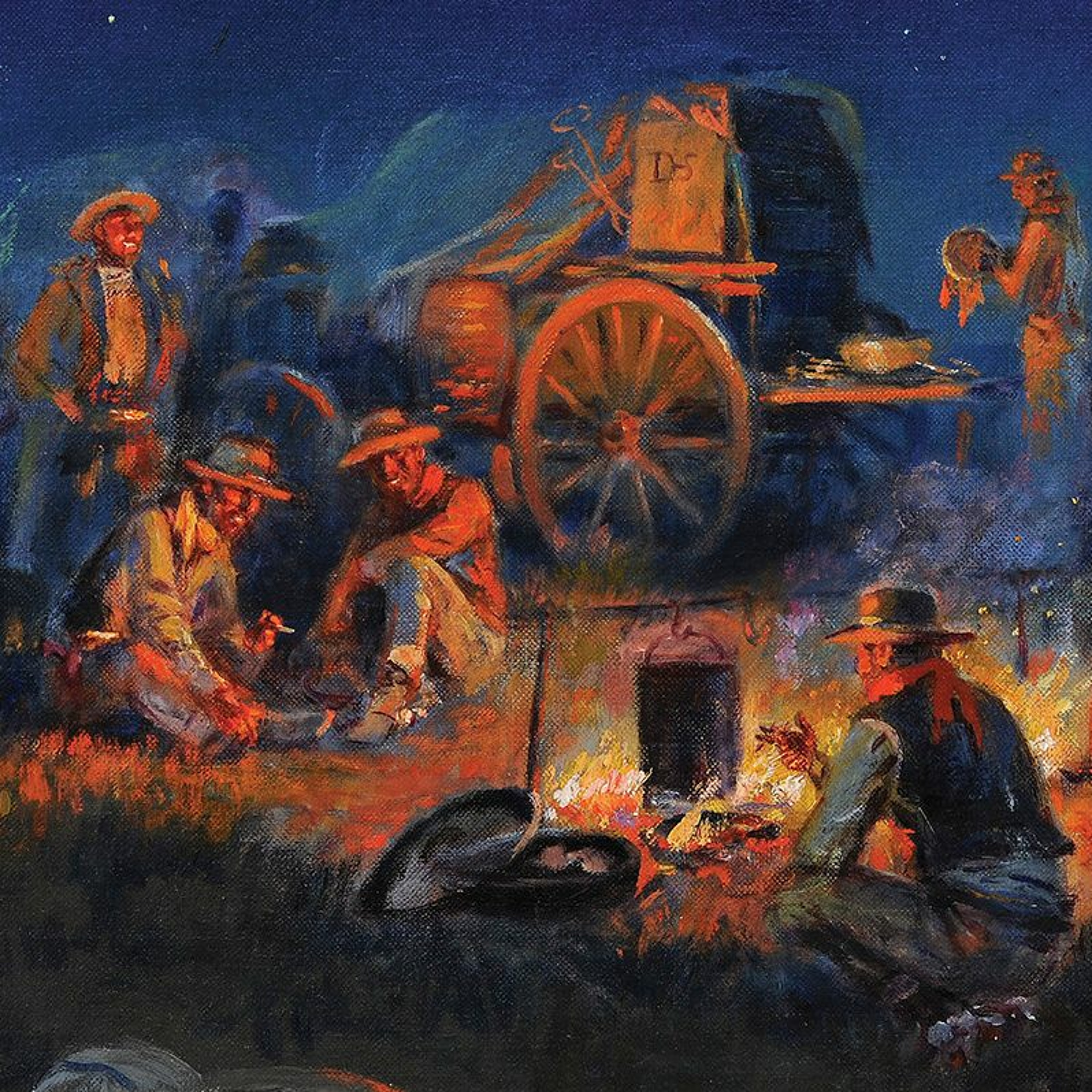 MontanaHistoricalSocietyTommyknockersKeep them well-fed and happy, or suffer the consequences.2018-06-0502 min
MontanaHistoricalSocietyTommyknockersKeep them well-fed and happy, or suffer the consequences.2018-06-0502 min MontanaHistoricalSocietyGuardian of GarnetFrank Davey: still scaring kids, after all these years.2018-06-0101 min
MontanaHistoricalSocietyGuardian of GarnetFrank Davey: still scaring kids, after all these years.2018-06-0101 min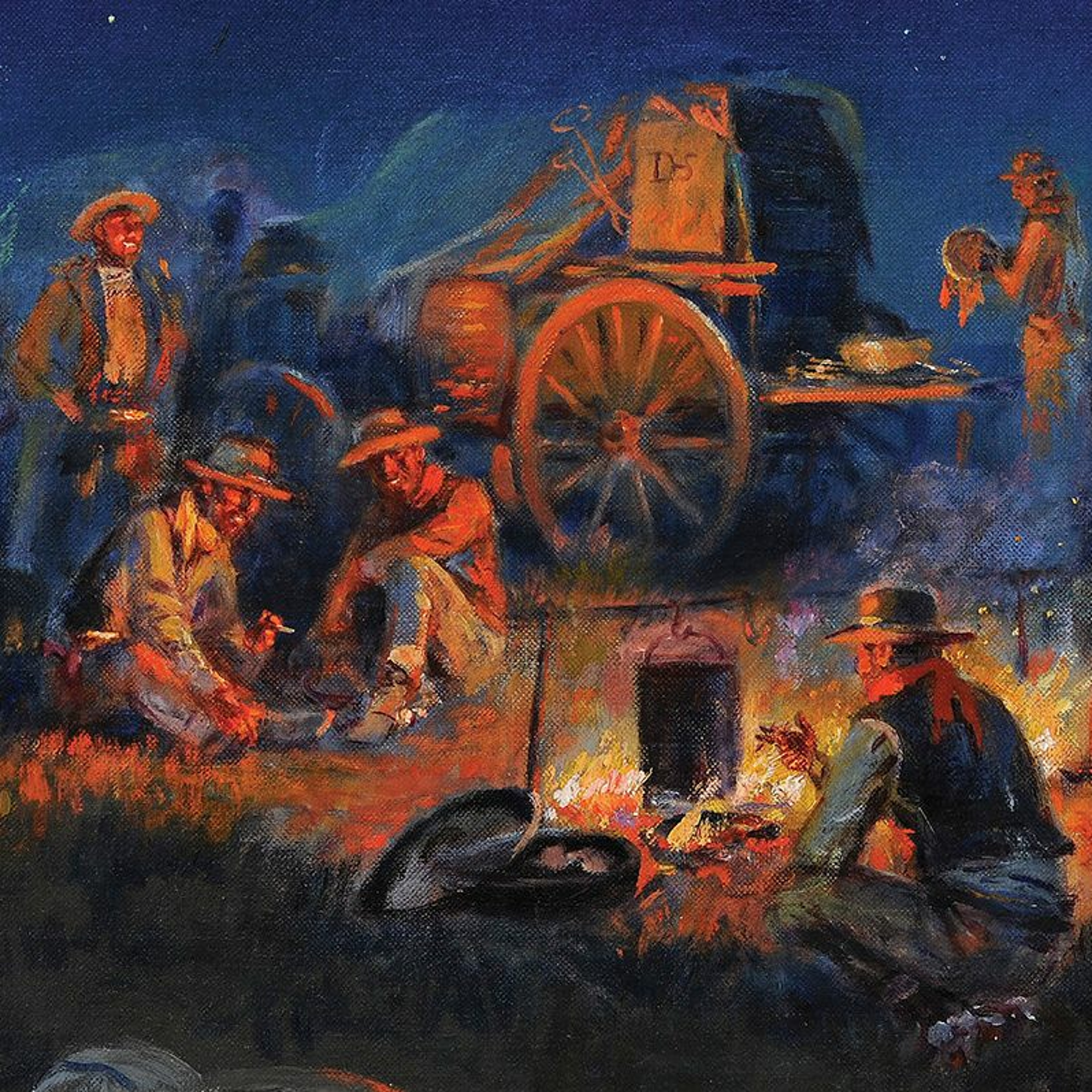 MontanaHistoricalSociety"A Carved Monument Above the Water"The story of Great Falls's 10th Street bridge.2018-05-2902 min
MontanaHistoricalSociety"A Carved Monument Above the Water"The story of Great Falls's 10th Street bridge.2018-05-2902 min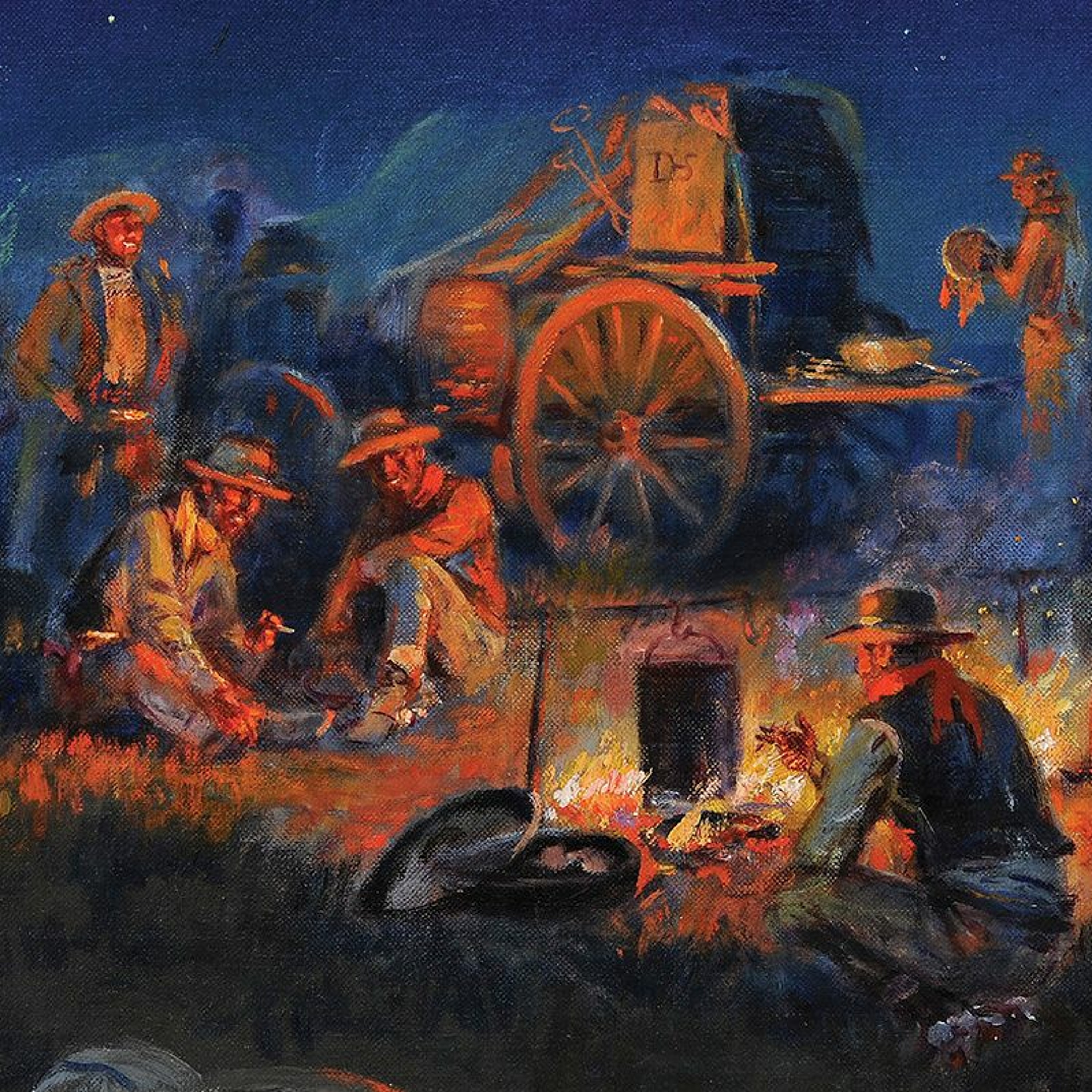 MontanaHistoricalSocietyLabor & IndustryA potpourri of interesting facts about Montana's unemployment insurance division.2018-05-2502 min
MontanaHistoricalSocietyLabor & IndustryA potpourri of interesting facts about Montana's unemployment insurance division.2018-05-2502 min MontanaHistoricalSocietyMontana State Orphan's HomeA former resident describes life at this institution, which operated for nearly a century.2018-05-2201 min
MontanaHistoricalSocietyMontana State Orphan's HomeA former resident describes life at this institution, which operated for nearly a century.2018-05-2201 min MontanaHistoricalSocietyCatsWho brought the first housecats to Montana?2018-05-1802 min
MontanaHistoricalSocietyCatsWho brought the first housecats to Montana?2018-05-1802 min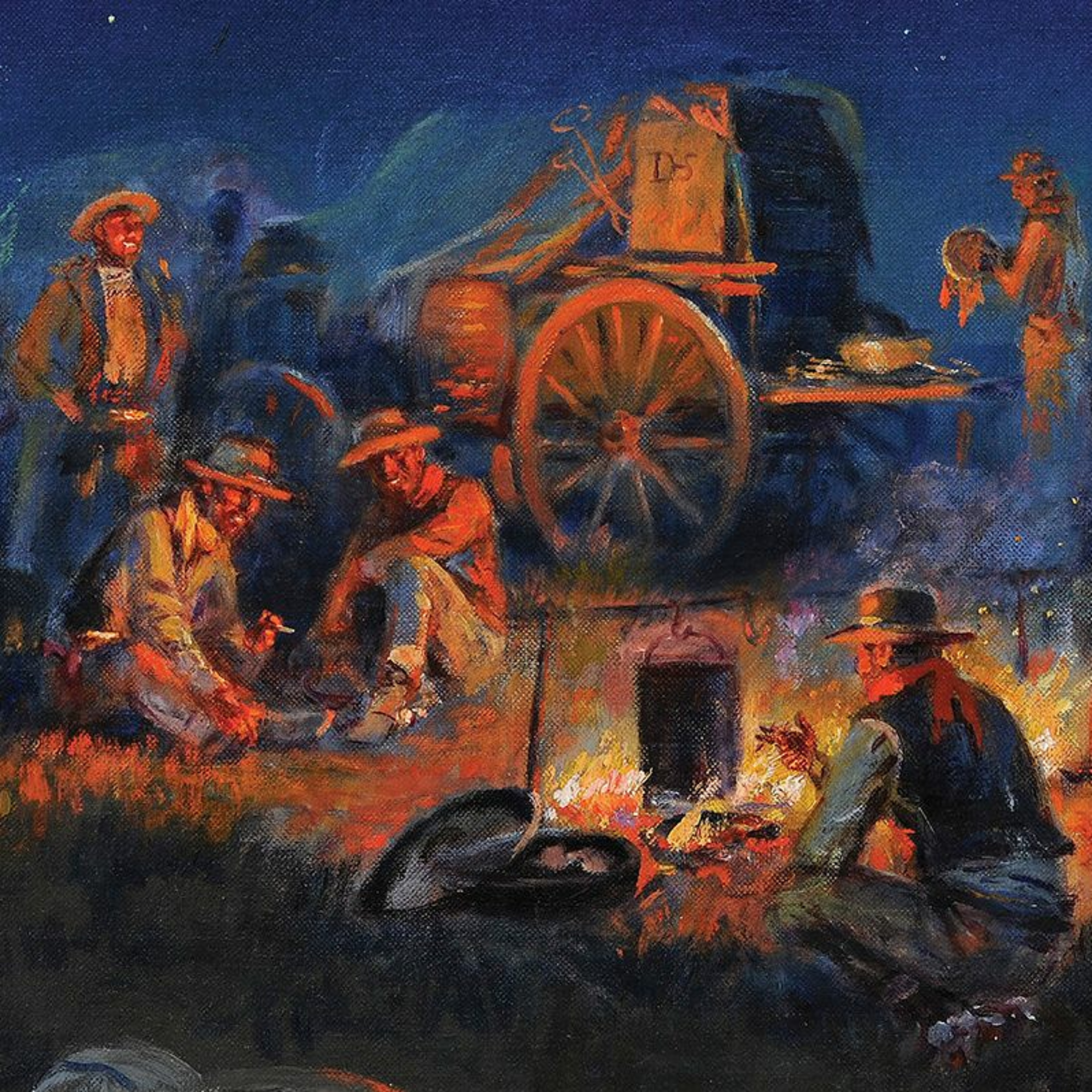 MontanaHistoricalSocietyAfrican Americans in Great FallsPolitically- and socially-active black citizens worked to create an integrated community in Great Falls.2018-05-1502 min
MontanaHistoricalSocietyAfrican Americans in Great FallsPolitically- and socially-active black citizens worked to create an integrated community in Great Falls.2018-05-1502 min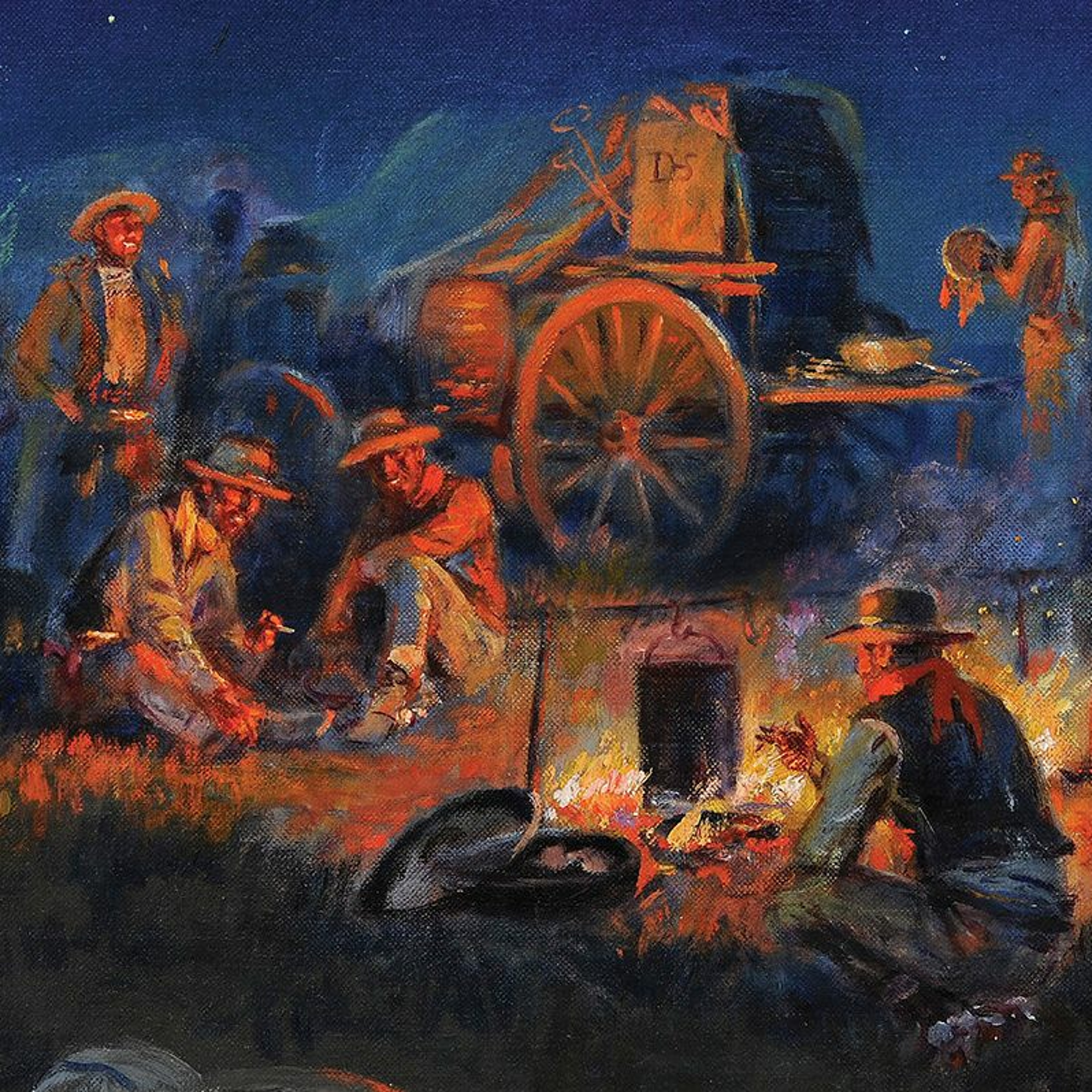 MontanaHistoricalSocietyMontana Collegiate InstituteBuildings from Montana's first institution of higher learning still survive in Deer Lodge.2018-05-1102 min
MontanaHistoricalSocietyMontana Collegiate InstituteBuildings from Montana's first institution of higher learning still survive in Deer Lodge.2018-05-1102 min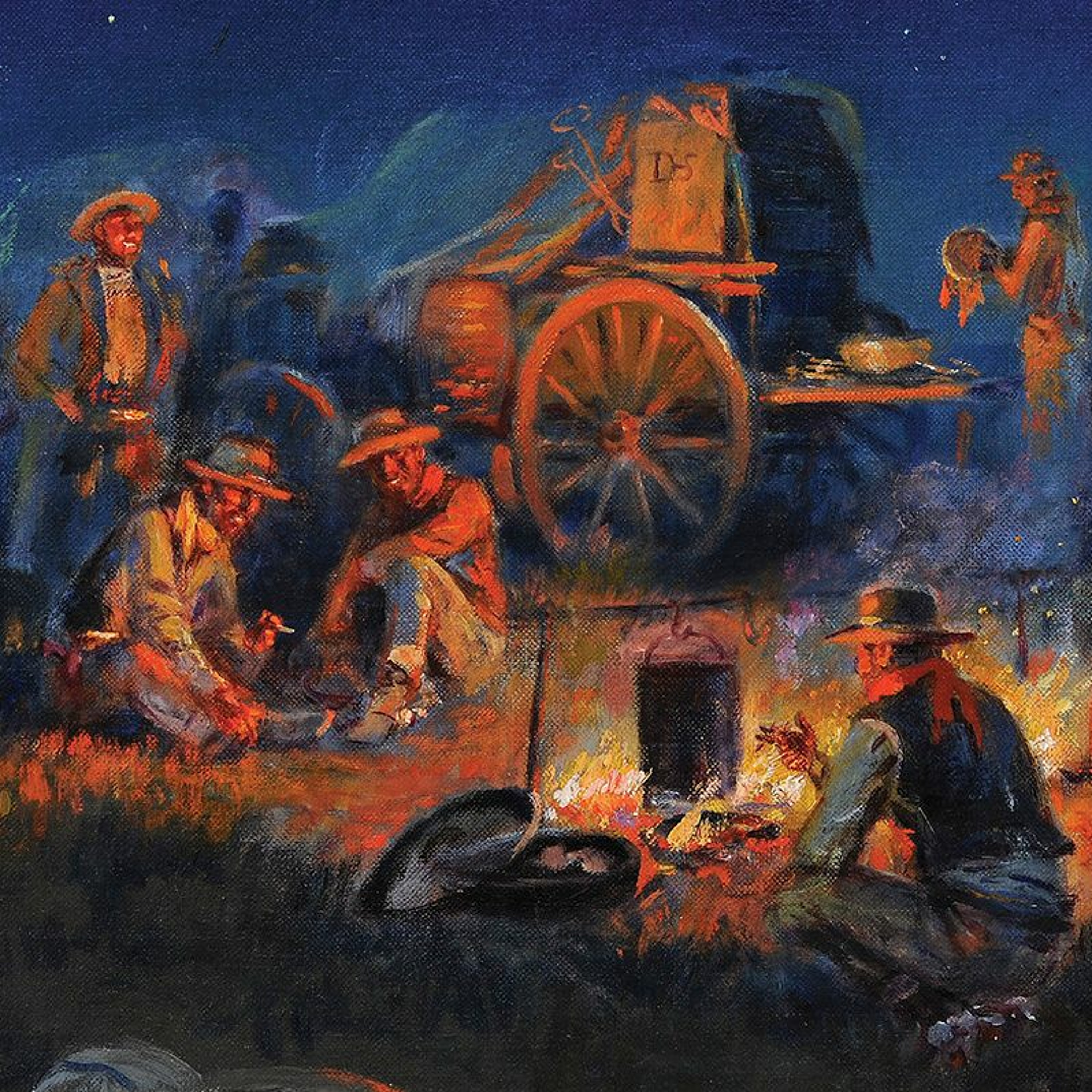 MontanaHistoricalSociety2012 - 09 - 17SenatorThomasWalshRumors surround the sudden and convenient death of FDR's nominee for U.S. Attorney General.2018-05-0802 min
MontanaHistoricalSociety2012 - 09 - 17SenatorThomasWalshRumors surround the sudden and convenient death of FDR's nominee for U.S. Attorney General.2018-05-0802 min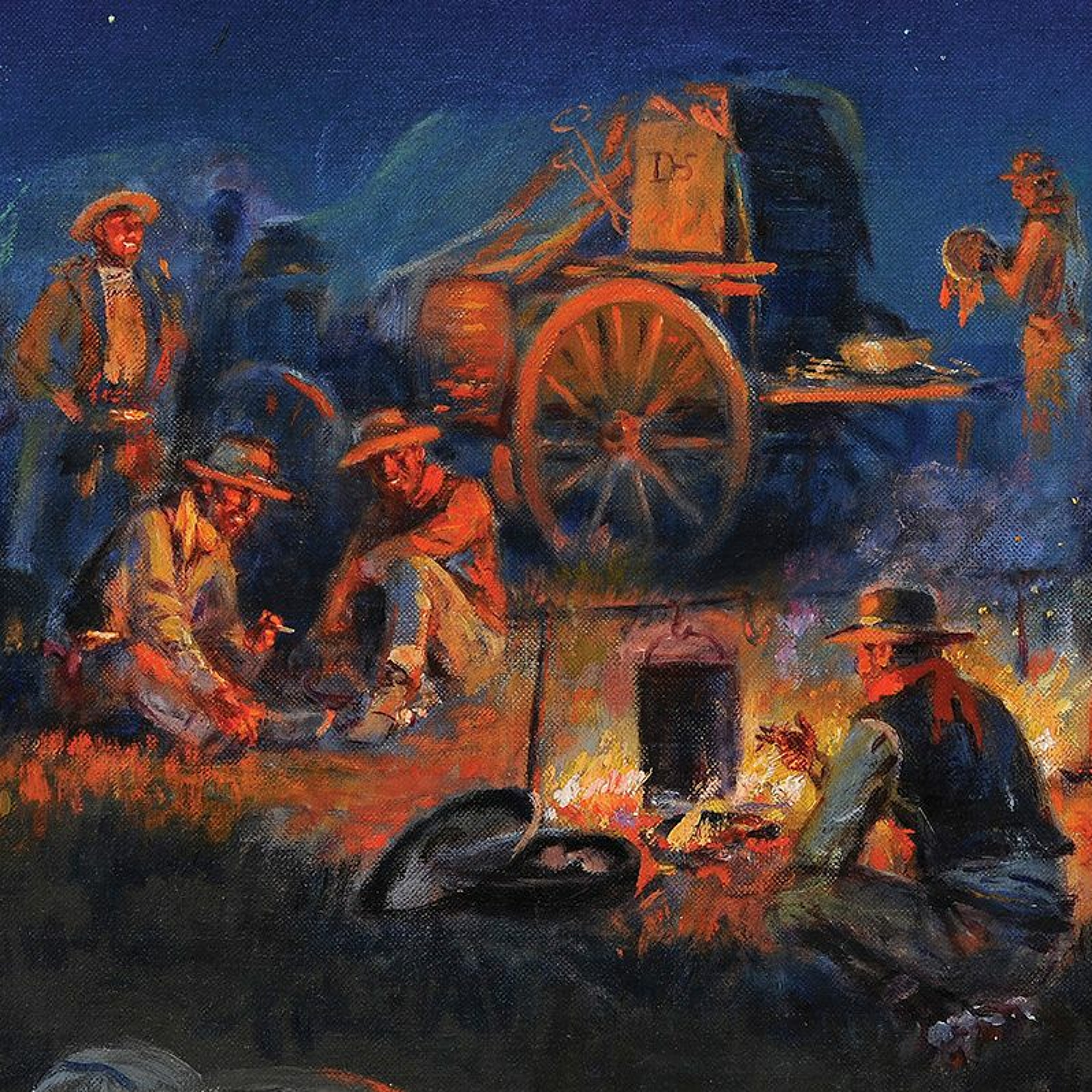 MontanaHistoricalSocietyNinemile Remount DepotThis historic site has provided trained packers and animals for backcountry firefighting since the 1930s.2018-05-0402 min
MontanaHistoricalSocietyNinemile Remount DepotThis historic site has provided trained packers and animals for backcountry firefighting since the 1930s.2018-05-0402 min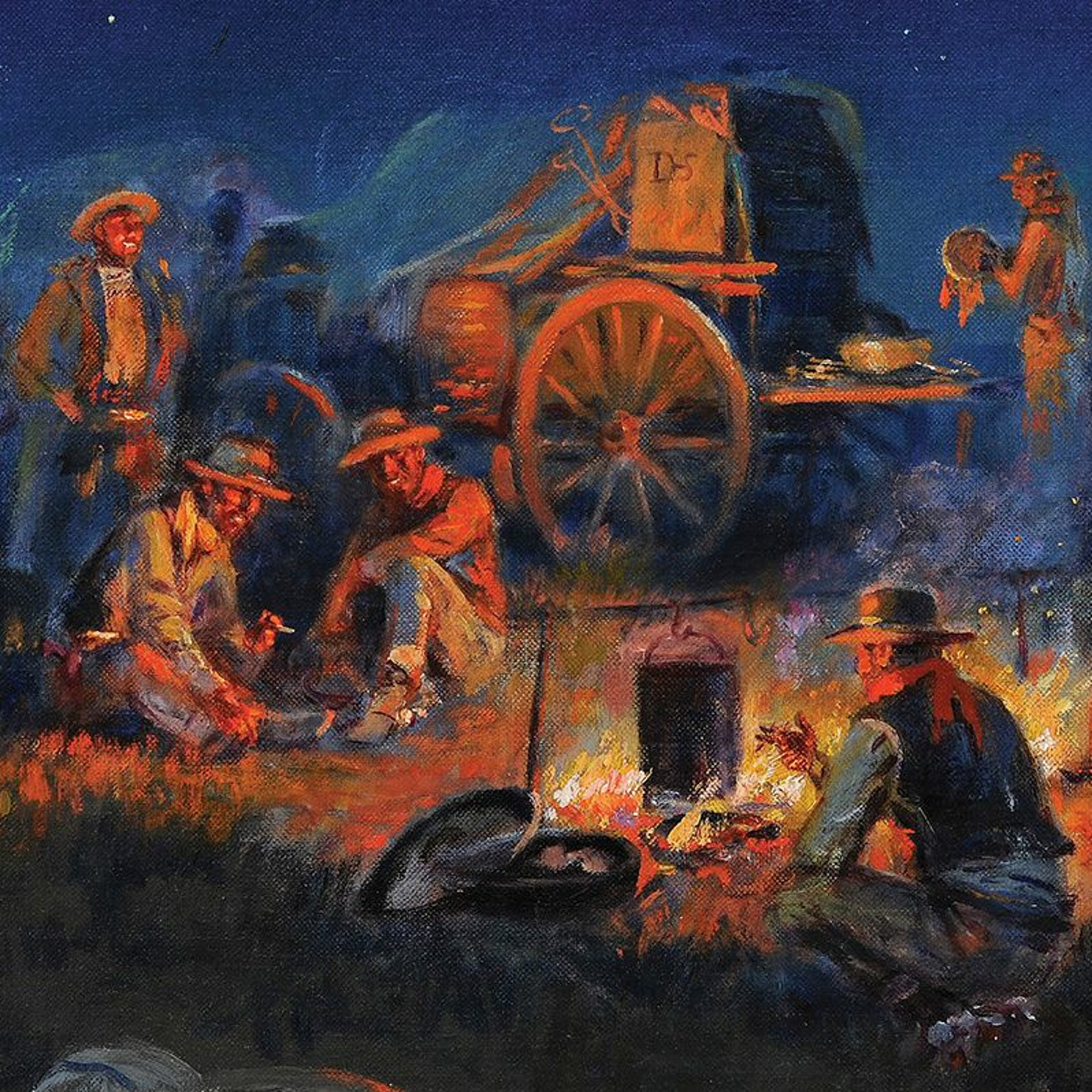 MontanaHistoricalSocietyMarie MontanaDespite an early childhood tragedy, this Helena woman went on to become an international sensation.2018-04-2702 min
MontanaHistoricalSocietyMarie MontanaDespite an early childhood tragedy, this Helena woman went on to become an international sensation.2018-04-2702 min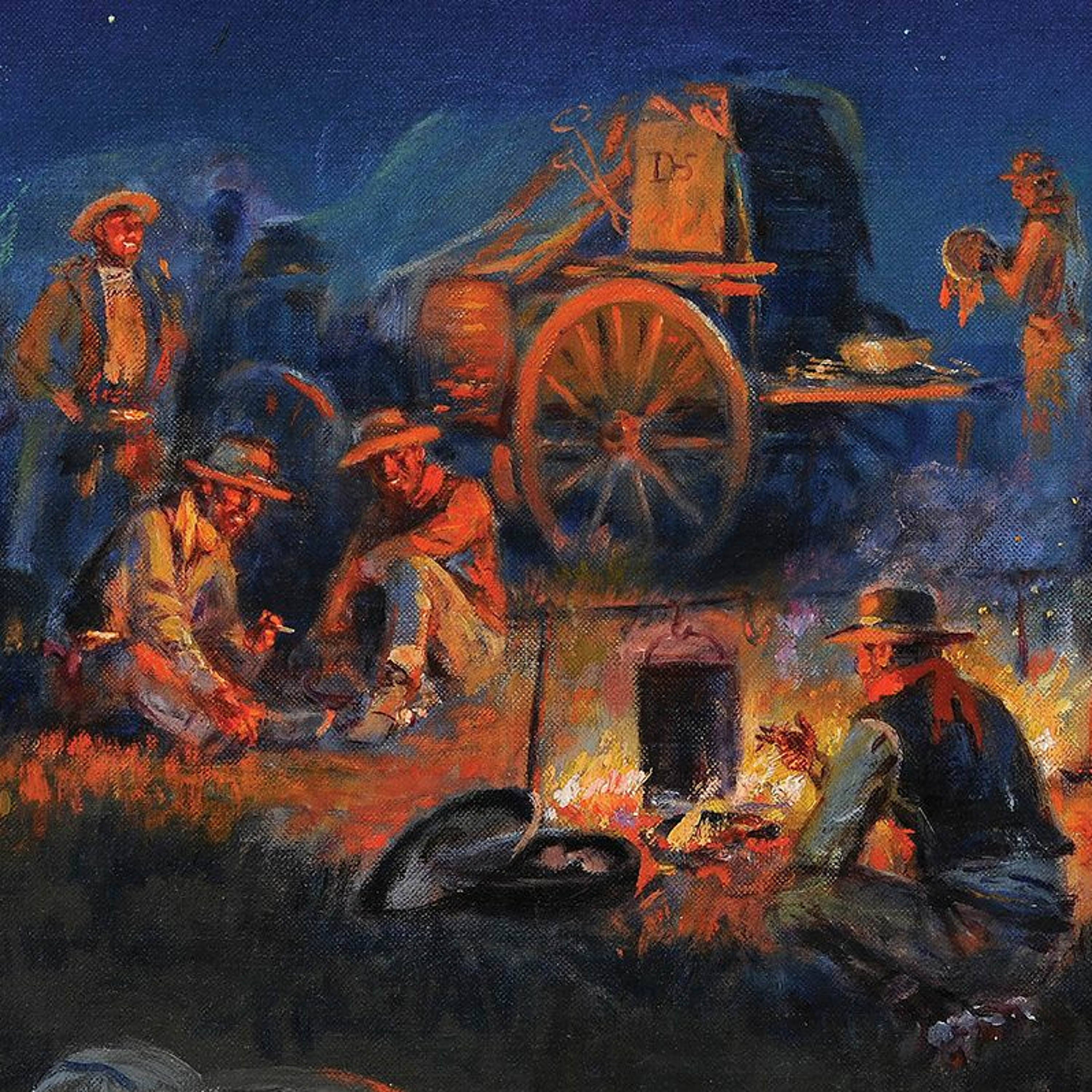 MontanaHistoricalSocietyEducation for AllIn 1887, Montana established a public school for students with disabilities.2018-04-2302 min
MontanaHistoricalSocietyEducation for AllIn 1887, Montana established a public school for students with disabilities.2018-04-2302 min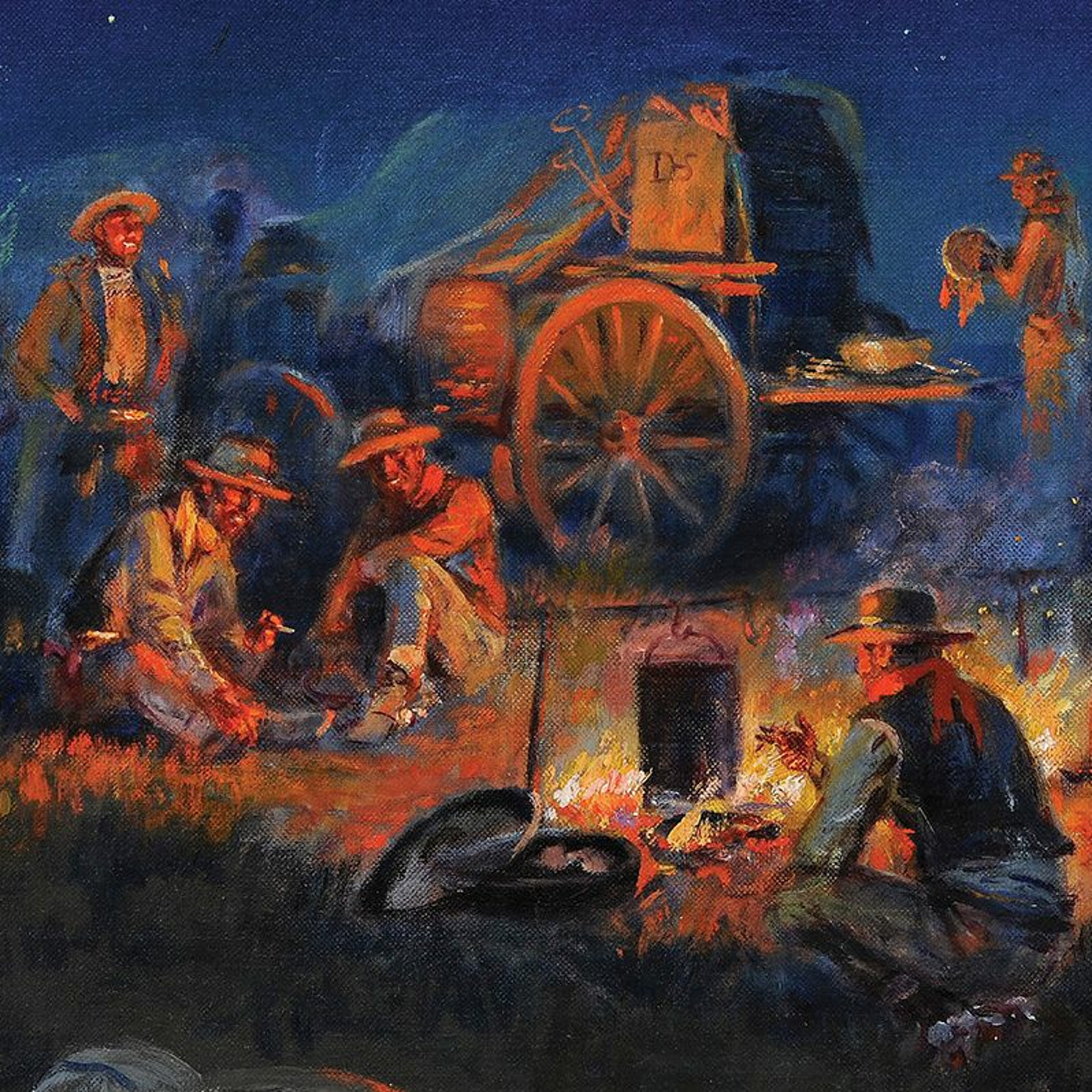 MontanaHistoricalSocietyCharles Bovey: Collector of CollectionsVisit Nevada City and Virginia City to see some amazing items belonging to the people of Montana.2018-04-2001 min
MontanaHistoricalSocietyCharles Bovey: Collector of CollectionsVisit Nevada City and Virginia City to see some amazing items belonging to the people of Montana.2018-04-2001 min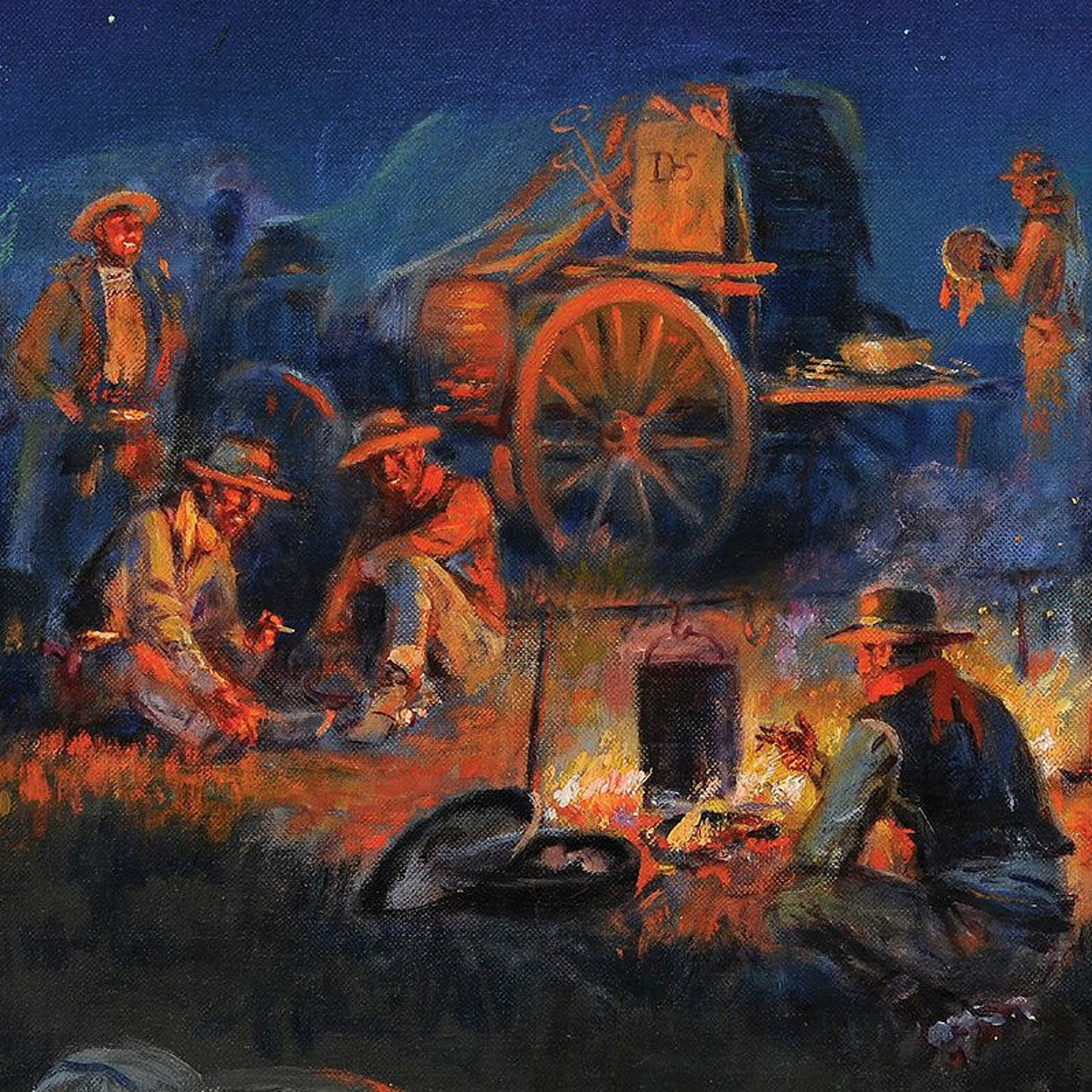 MontanaHistoricalSocietyDeath of Thomas Francis MeagherNew details surrounding Meagher's mysterious death surfaced at the Montana Historical Society.2018-04-1702 min
MontanaHistoricalSocietyDeath of Thomas Francis MeagherNew details surrounding Meagher's mysterious death surfaced at the Montana Historical Society.2018-04-1702 min MontanaHistoricalSocietyGlacier's Lake McDonald LodgeExtraordinary. Lavish. Western.2018-04-1302 min
MontanaHistoricalSocietyGlacier's Lake McDonald LodgeExtraordinary. Lavish. Western.2018-04-1302 min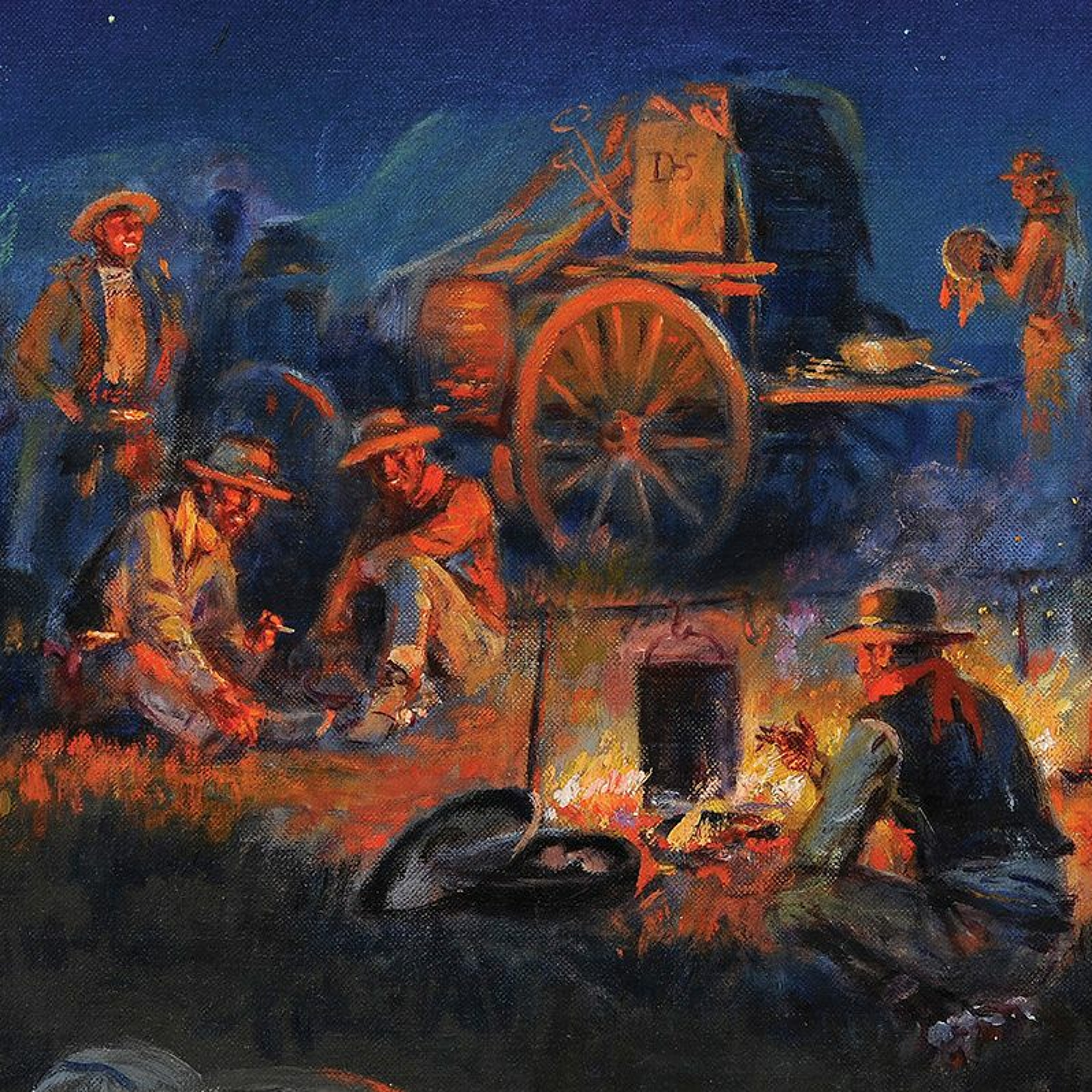 MontanaHistoricalSocietySaving the BuffaloA small impromptu bison herd forms under the care of Walking Coyote.2018-04-1002 min
MontanaHistoricalSocietySaving the BuffaloA small impromptu bison herd forms under the care of Walking Coyote.2018-04-1002 min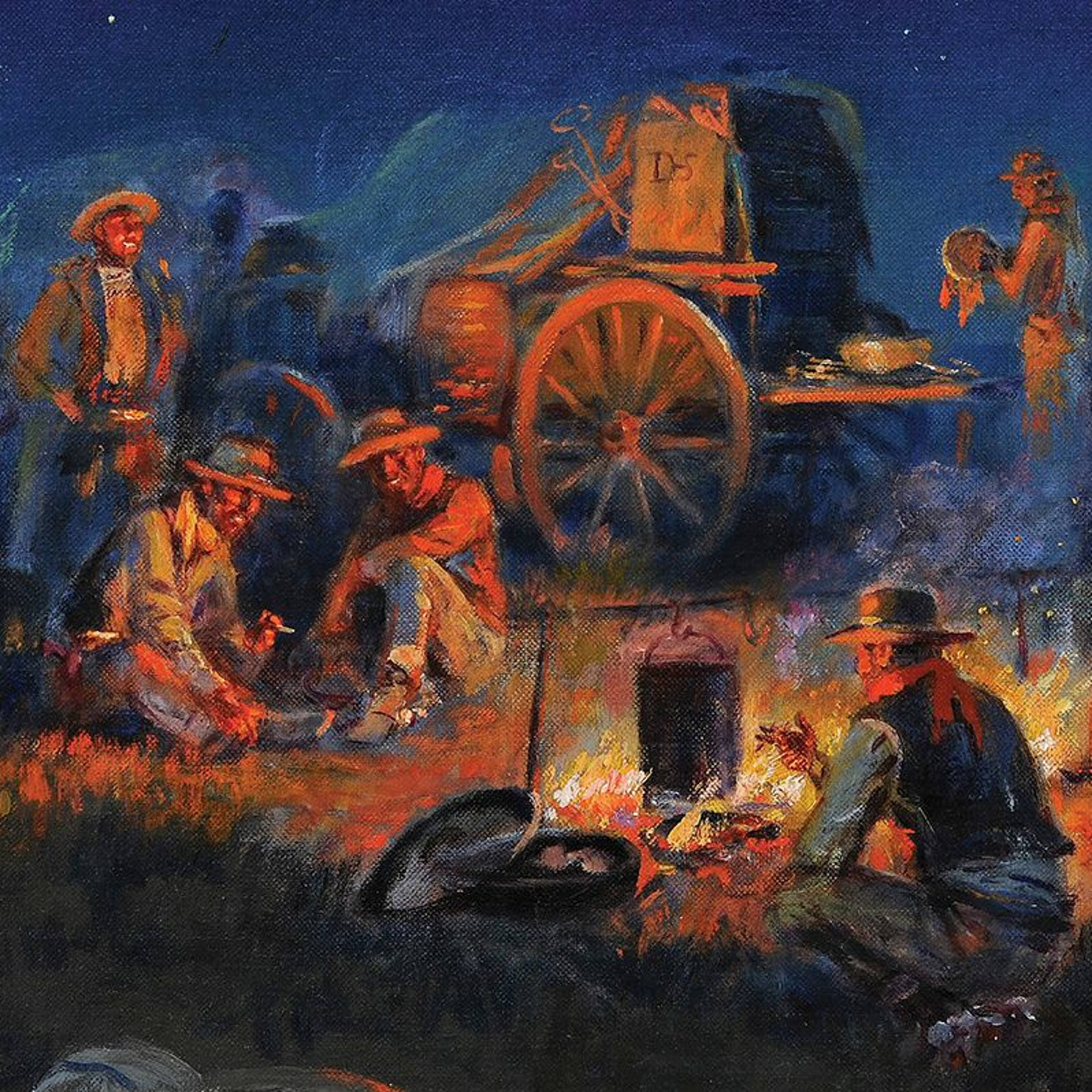 MontanaHistoricalSocietyMarquis de MorèsCattleman, businessman, gunslinger, and all-around troublemaker, this well-traveled adventurer was always looking for action.2018-04-0602 min
MontanaHistoricalSocietyMarquis de MorèsCattleman, businessman, gunslinger, and all-around troublemaker, this well-traveled adventurer was always looking for action.2018-04-0602 min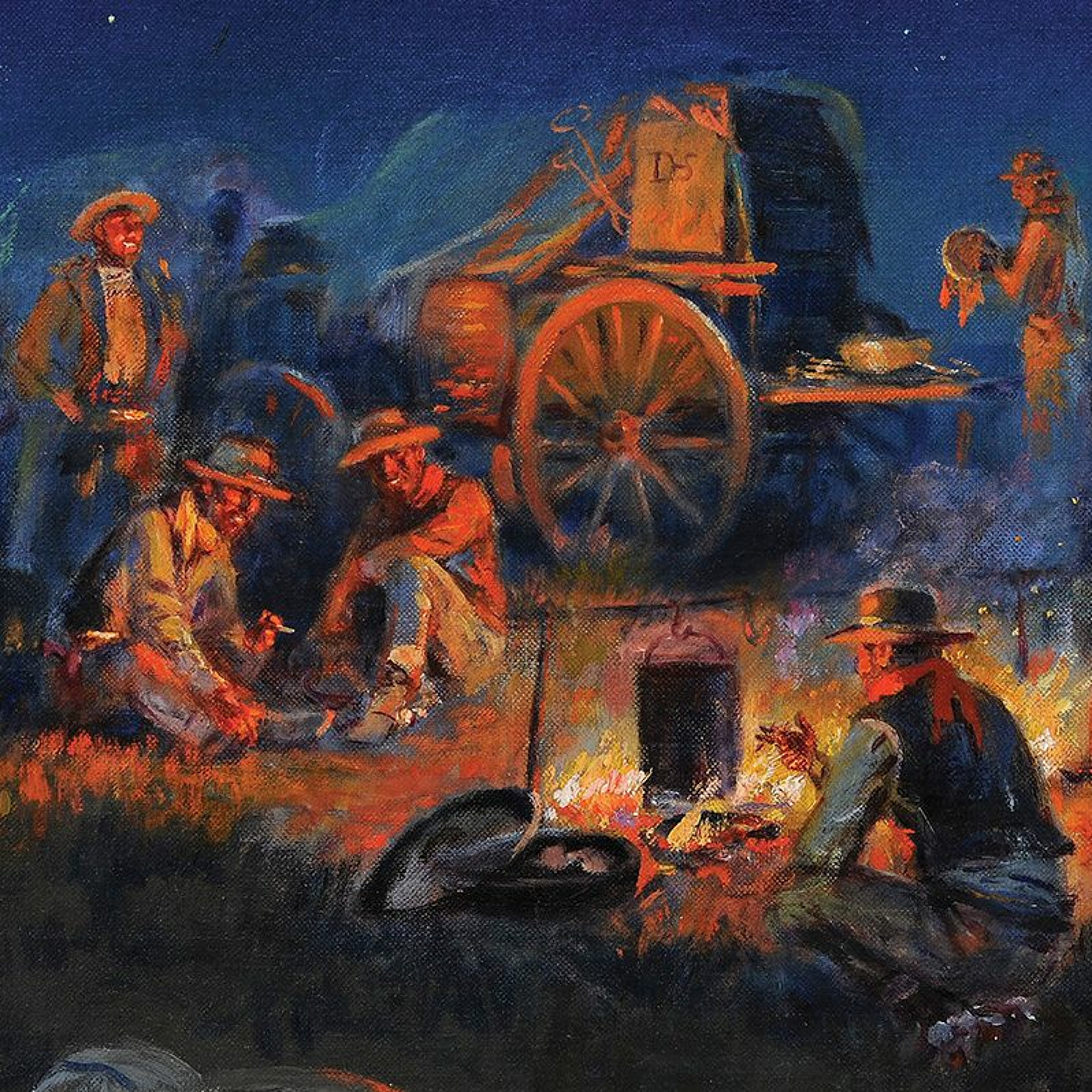 MontanaHistoricalSocietyPirates of the MidwestHow an artifact in the Montana Historical Society collection is connected to Quantrill's Raiders.2018-04-0302 min
MontanaHistoricalSocietyPirates of the MidwestHow an artifact in the Montana Historical Society collection is connected to Quantrill's Raiders.2018-04-0302 min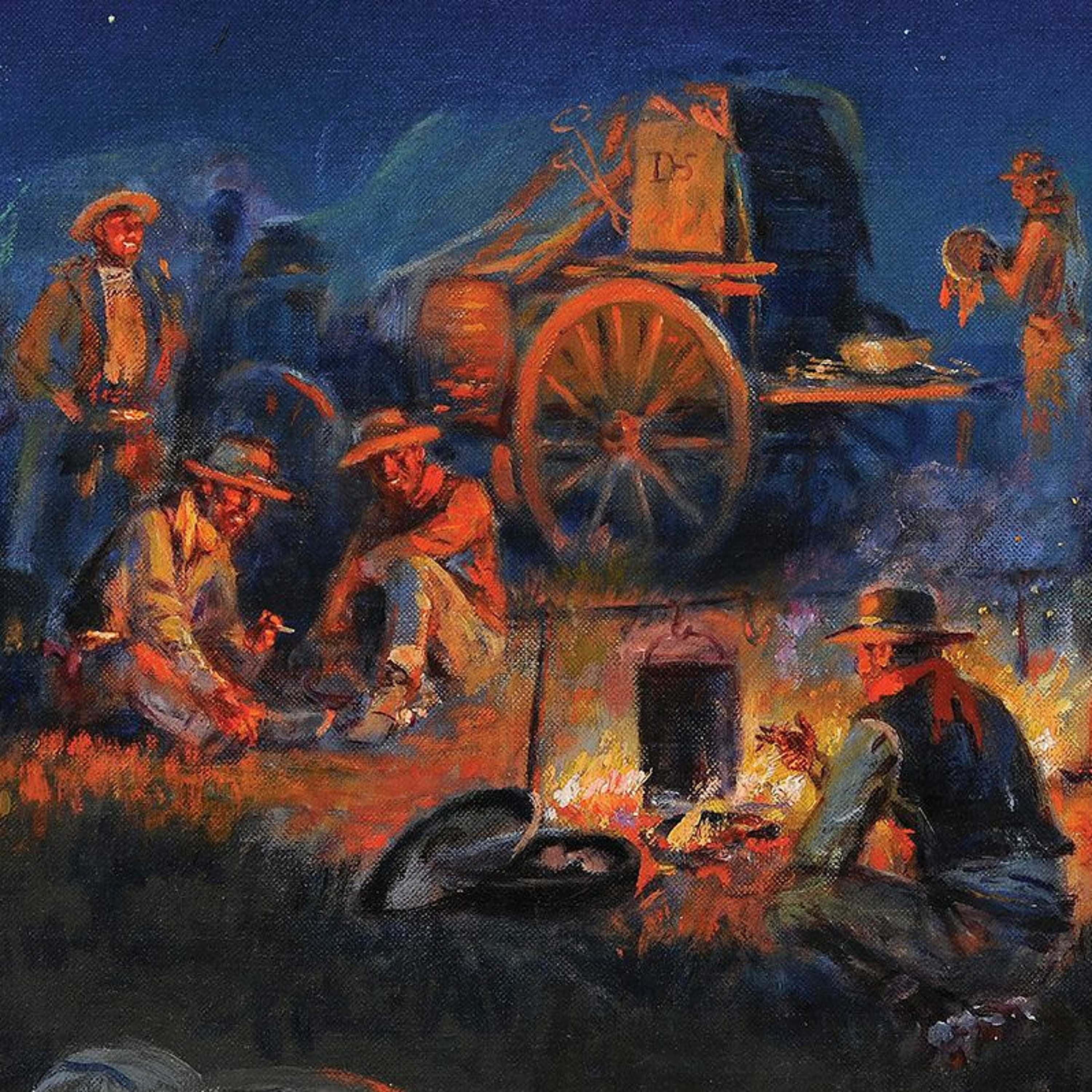 MontanaHistoricalSocietyFort Benton's Hoo Doo BlockNearly all of the violent acts that happened in early Fort Benton occurred in one place.2018-03-3002 min
MontanaHistoricalSocietyFort Benton's Hoo Doo BlockNearly all of the violent acts that happened in early Fort Benton occurred in one place.2018-03-3002 min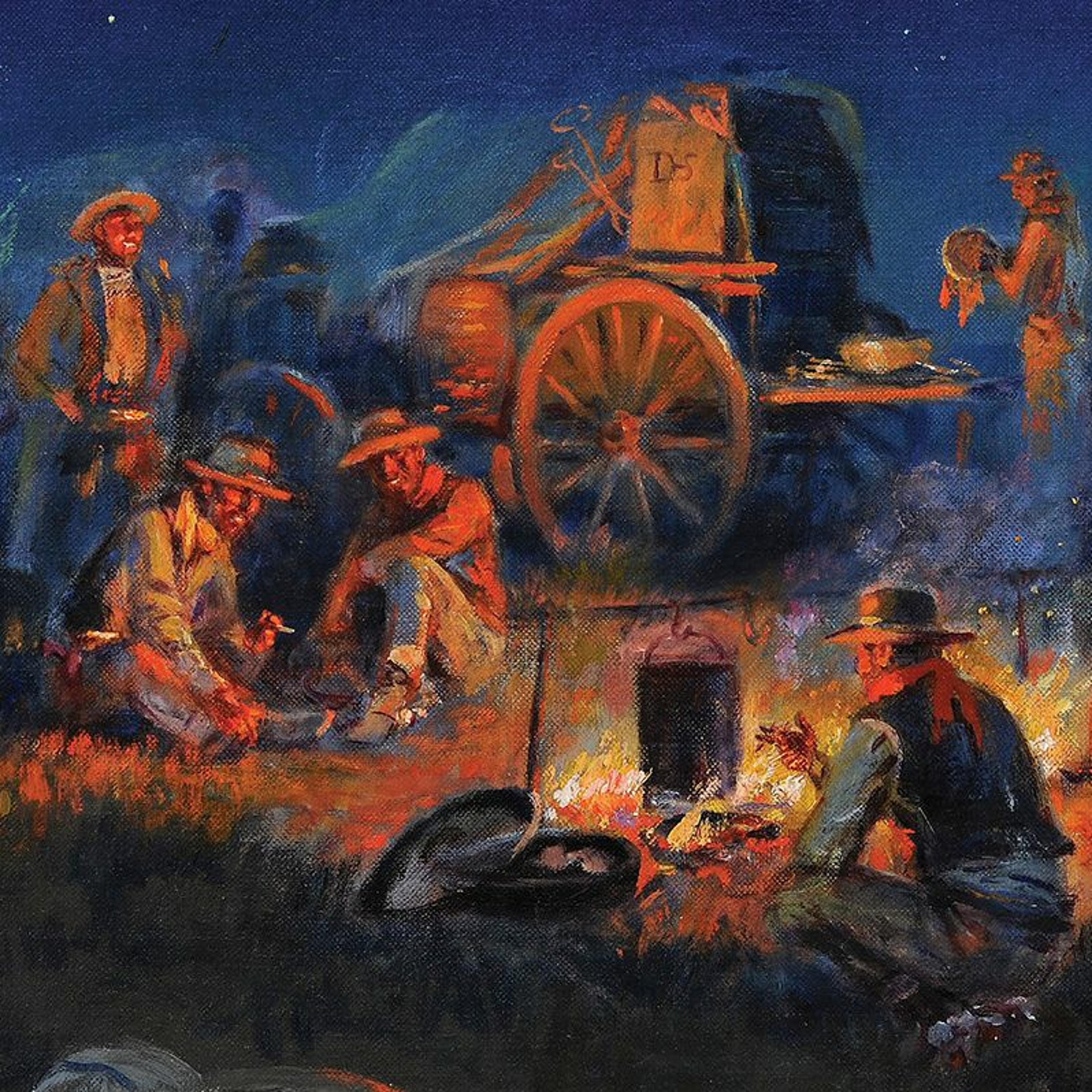 MontanaHistoricalSocietyThe Roman TheaterThis 100-year-old Red Lodge landmark is the oldest active theater in Montana, still showing movies and live performances.2018-03-2702 min
MontanaHistoricalSocietyThe Roman TheaterThis 100-year-old Red Lodge landmark is the oldest active theater in Montana, still showing movies and live performances.2018-03-2702 min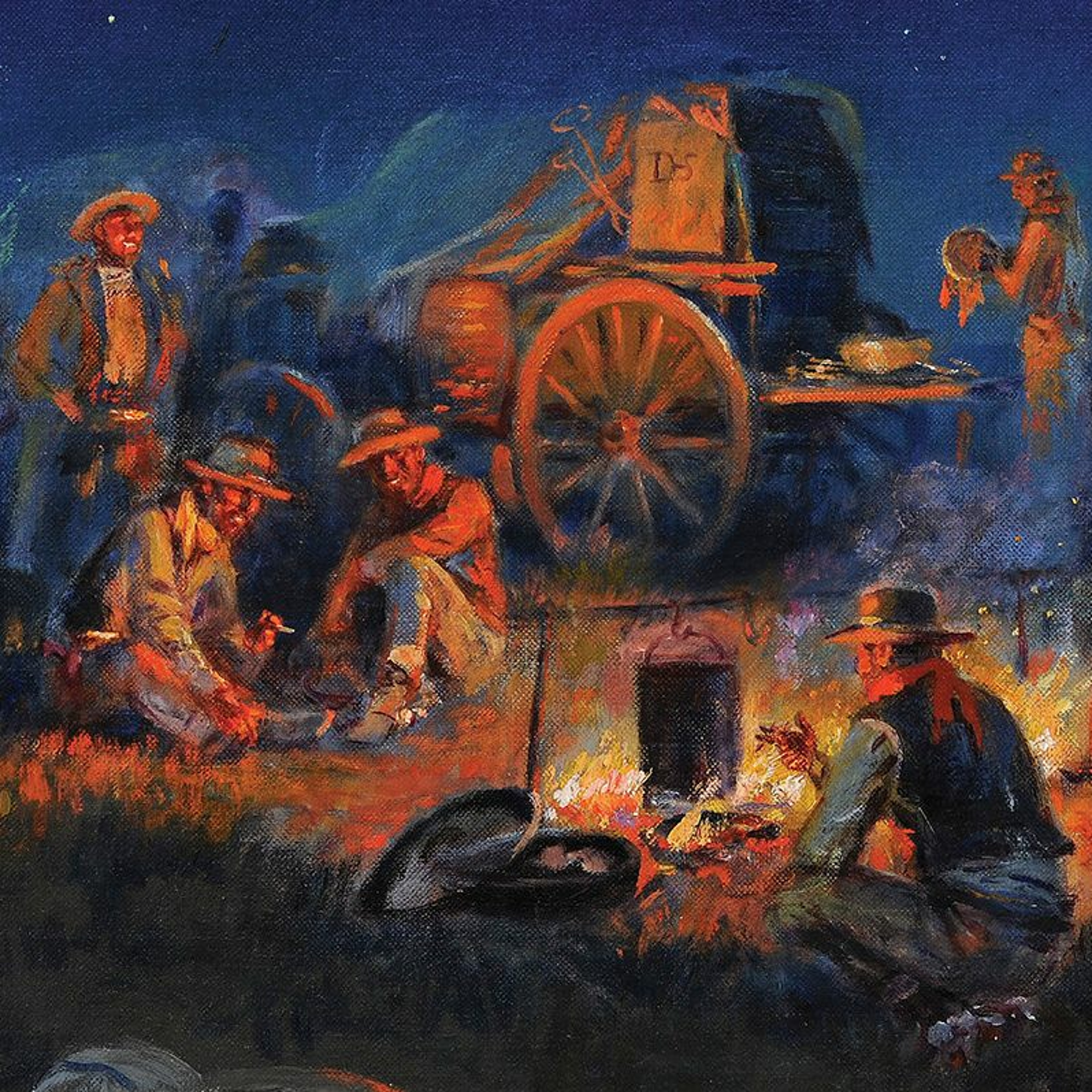 MontanaHistoricalSocietyLonesomehurst CabinLong-used and well-loved, the Lonesomehurst is one of the oldest recreational cabins in the Gallatin National Forest.2018-03-2302 min
MontanaHistoricalSocietyLonesomehurst CabinLong-used and well-loved, the Lonesomehurst is one of the oldest recreational cabins in the Gallatin National Forest.2018-03-2302 min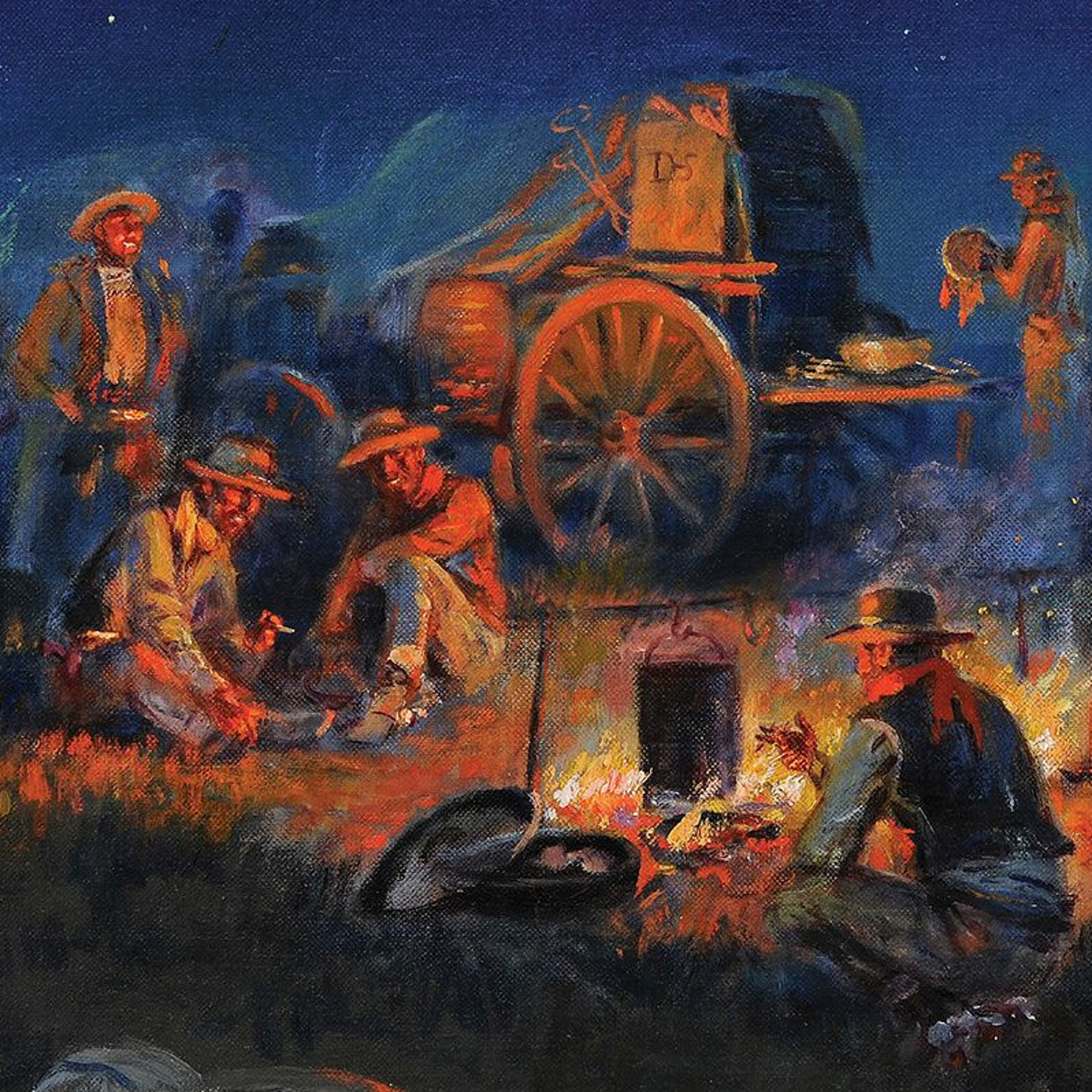 MontanaHistoricalSocietySaved by the BellBut kids rejoiced when it broke.2018-03-2001 min
MontanaHistoricalSocietySaved by the BellBut kids rejoiced when it broke.2018-03-2001 min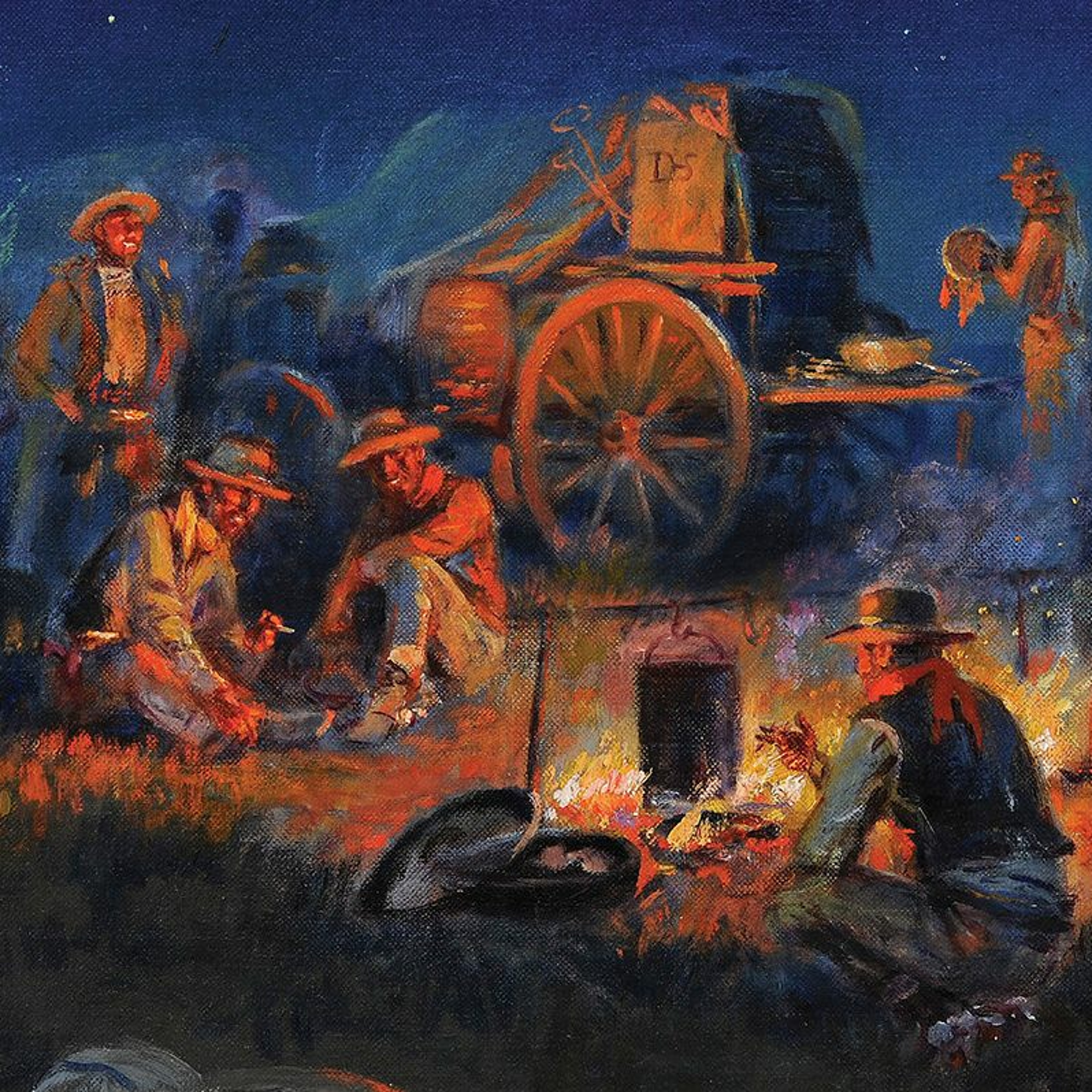 MontanaHistoricalSocietyElla MayA former resident at a Billings senior center performs tricks for the staff.2018-03-1601 min
MontanaHistoricalSocietyElla MayA former resident at a Billings senior center performs tricks for the staff.2018-03-1601 min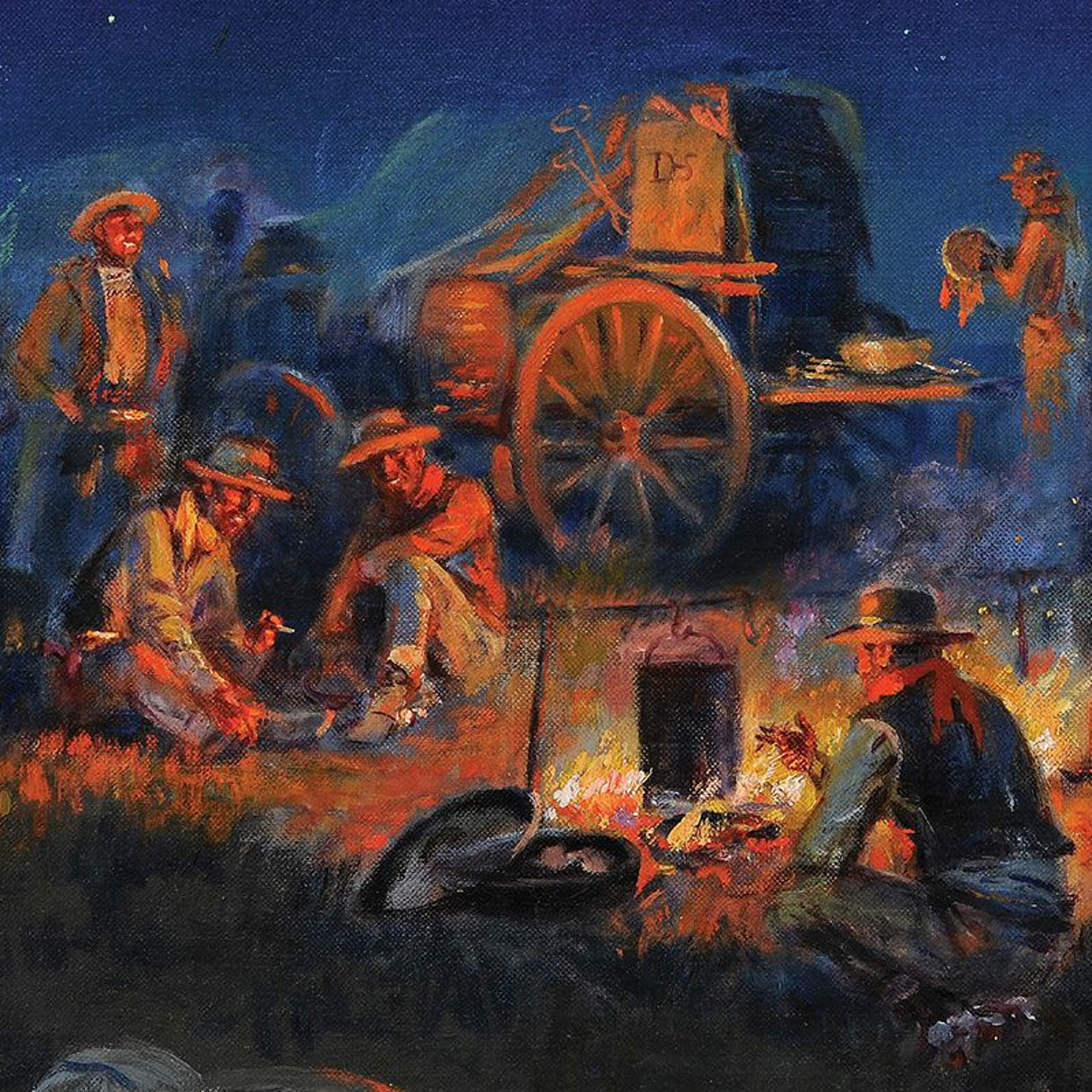 MontanaHistoricalSocietyMusic and PinesThe legacy of a concert violinist endures more than a century later on Mount Helena.2018-03-1302 min
MontanaHistoricalSocietyMusic and PinesThe legacy of a concert violinist endures more than a century later on Mount Helena.2018-03-1302 min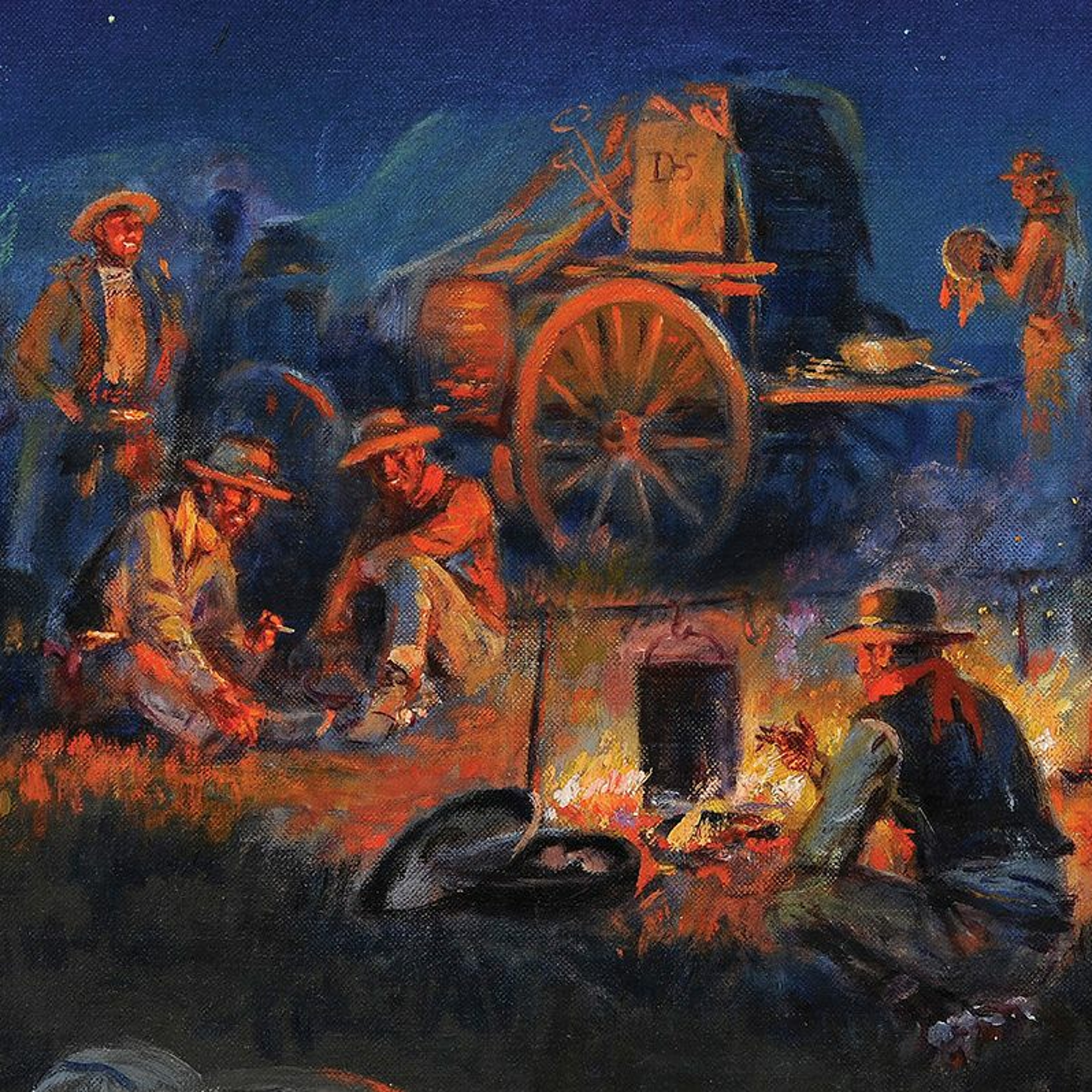 MontanaHistoricalSocietyBicyclesA new technology brings freedom, opportunity, and controversy.2018-03-0901 min
MontanaHistoricalSocietyBicyclesA new technology brings freedom, opportunity, and controversy.2018-03-0901 min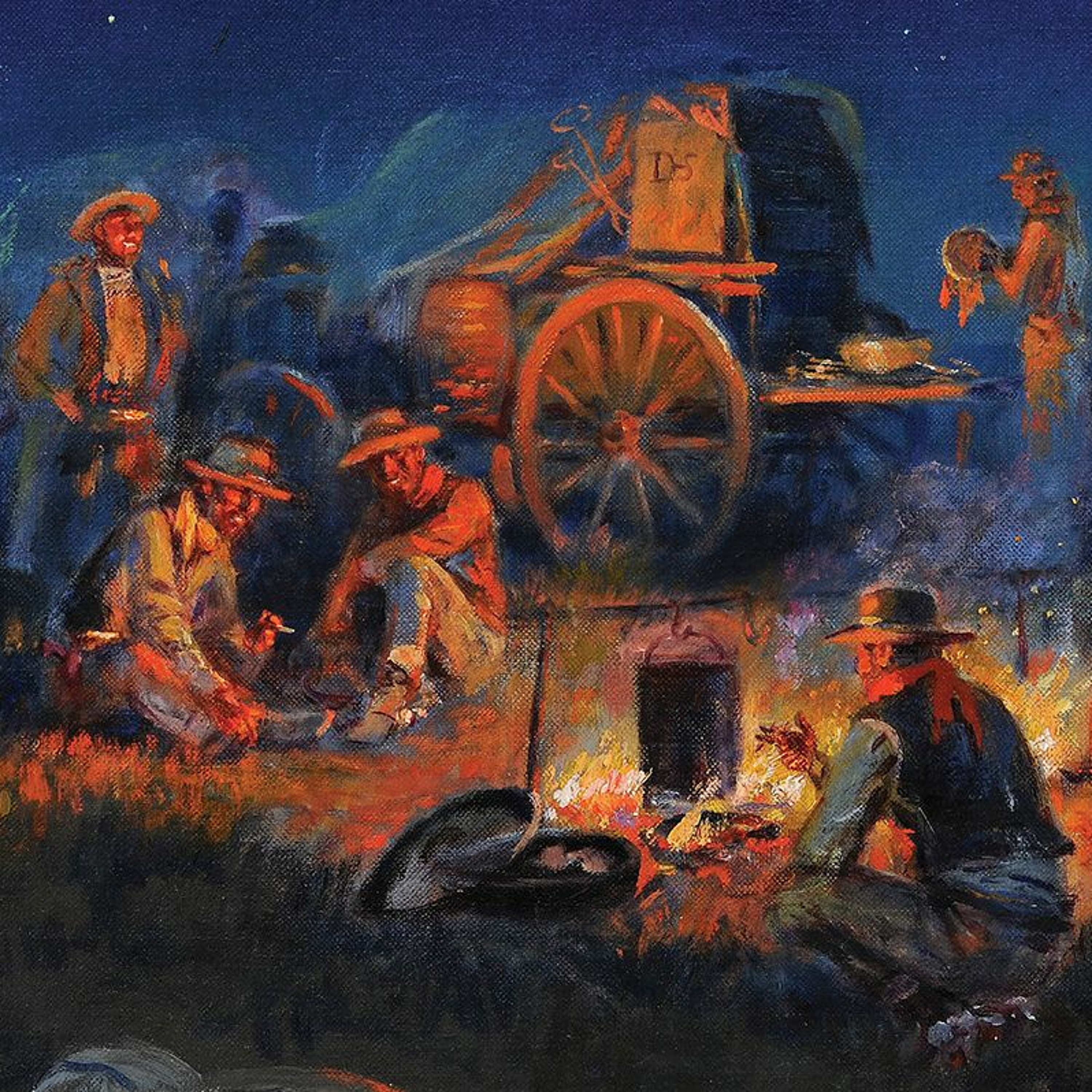 MontanaHistoricalSocietyThe Norden BombsiteThe Glasgow concrete storage vault for the Norden Bombsite is one of only three remaining in the U.S.2018-03-0602 min
MontanaHistoricalSocietyThe Norden BombsiteThe Glasgow concrete storage vault for the Norden Bombsite is one of only three remaining in the U.S.2018-03-0602 min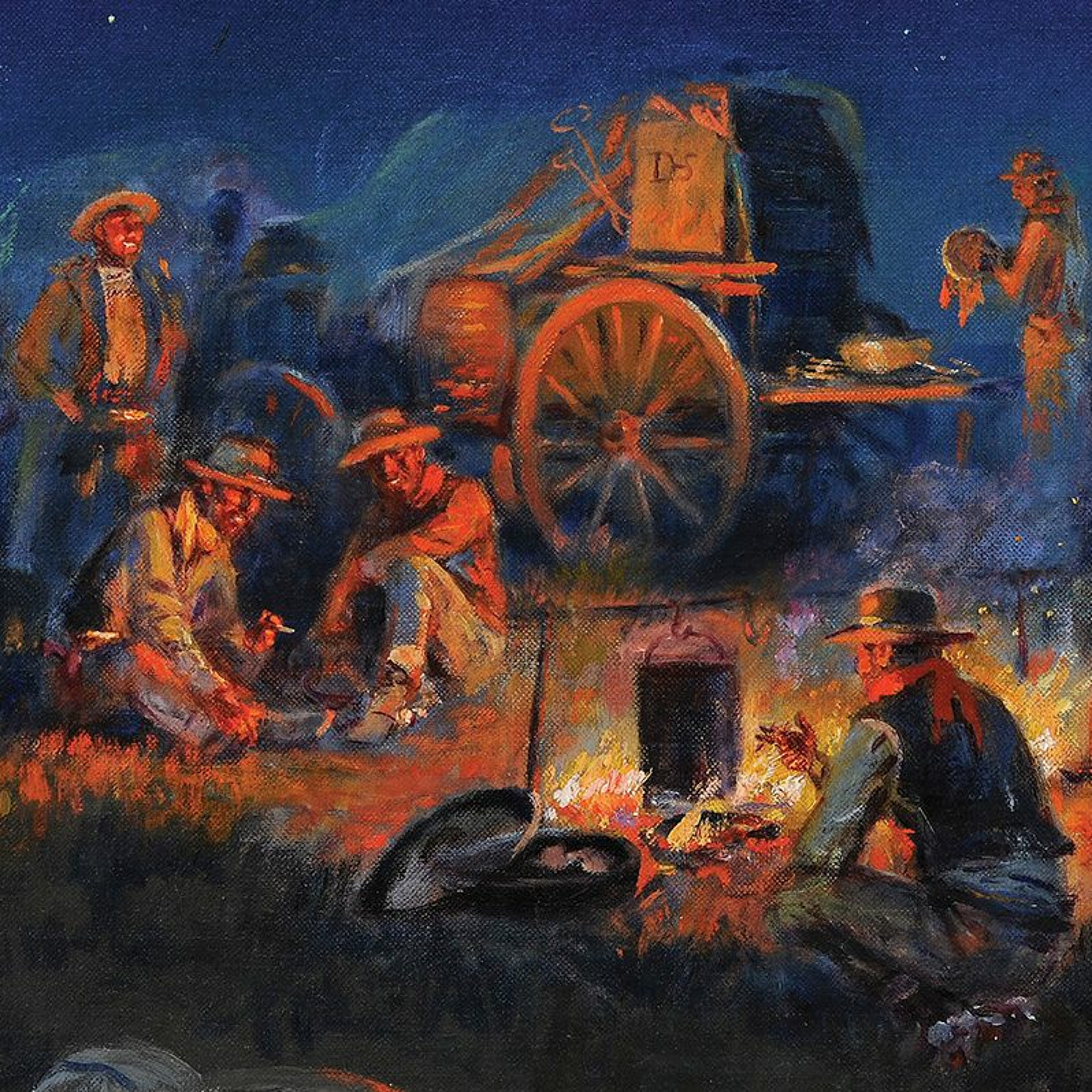 MontanaHistoricalSocietyCoach DogsHave you ever wondered why Dalmatians are associated with fire engines?2018-03-0202 min
MontanaHistoricalSocietyCoach DogsHave you ever wondered why Dalmatians are associated with fire engines?2018-03-0202 min MontanaHistoricalSocietySmith Mine DisasterToday, February 27, 2018, is the 75th anniversary of the largest coal mining disaster in Montana history. (repeat post)2018-02-2702 min
MontanaHistoricalSocietySmith Mine DisasterToday, February 27, 2018, is the 75th anniversary of the largest coal mining disaster in Montana history. (repeat post)2018-02-2702 min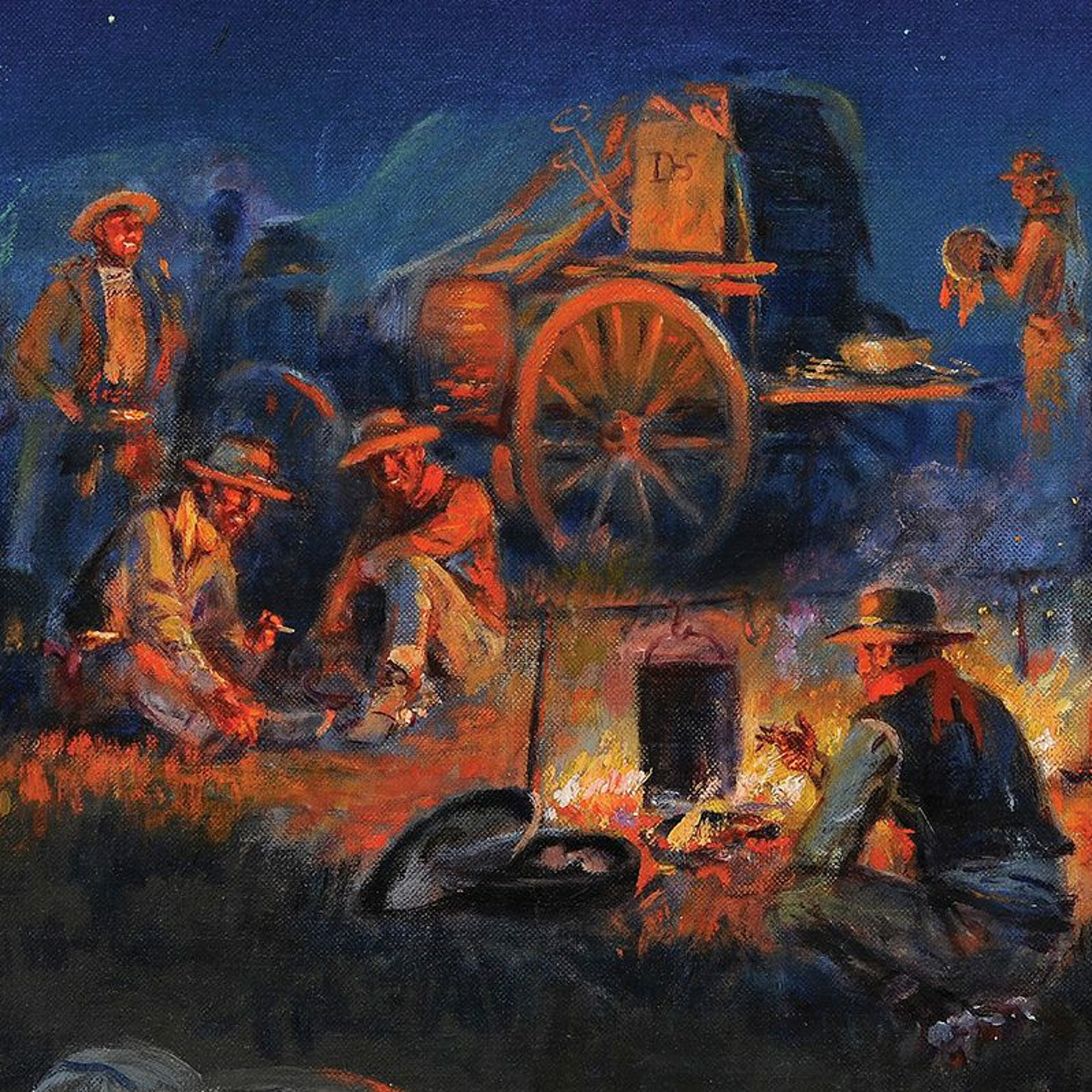 MontanaHistoricalSocietySarah Bickford RevisitedNew research adds more details to the story of Bickford's remarkable life.2018-02-2302 min
MontanaHistoricalSocietySarah Bickford RevisitedNew research adds more details to the story of Bickford's remarkable life.2018-02-2302 min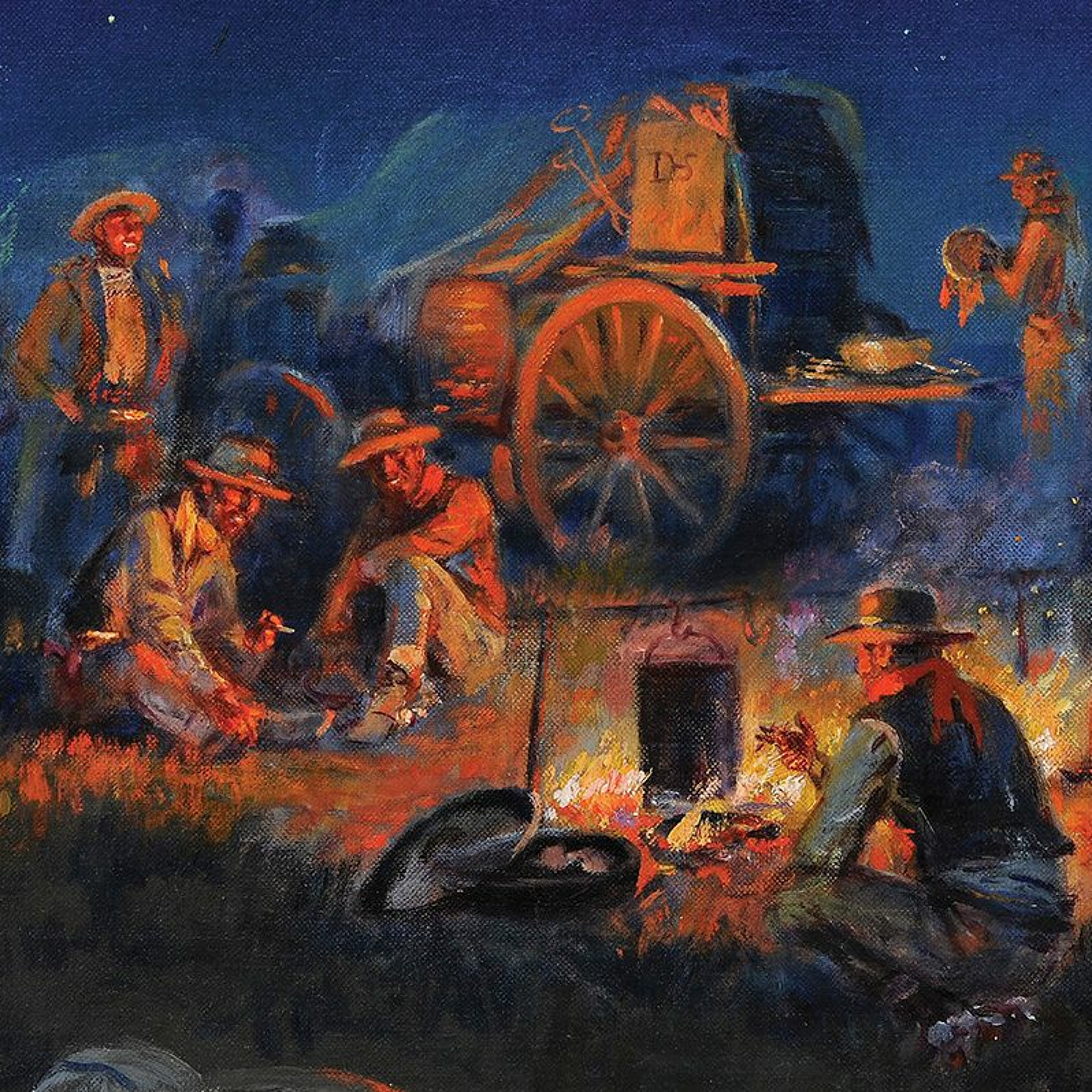 MontanaHistoricalSociety"May God Bless Her"A freak accident ends the career of a veteran performer.2018-02-2002 min
MontanaHistoricalSociety"May God Bless Her"A freak accident ends the career of a veteran performer.2018-02-2002 min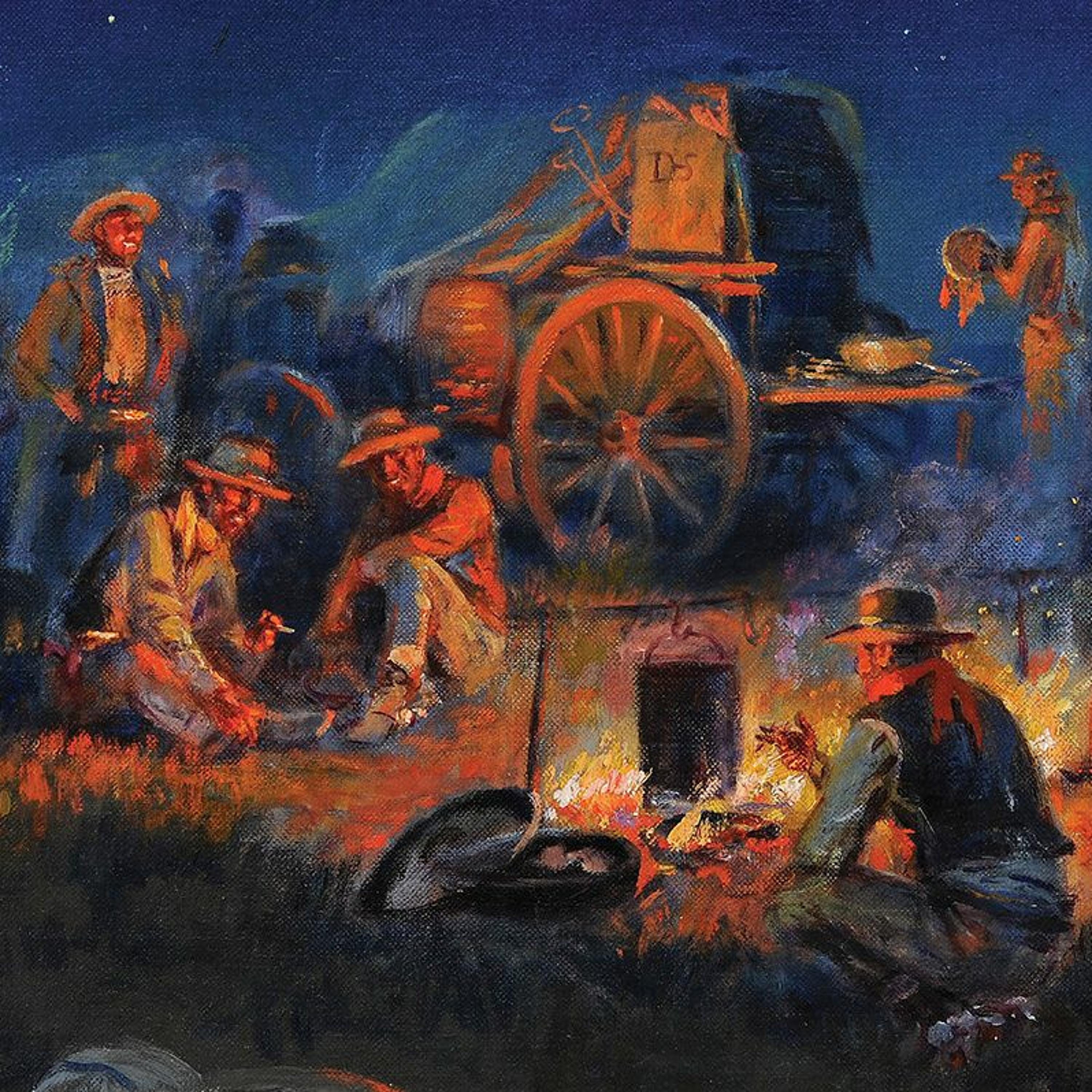 MontanaHistoricalSociety"Monster Lake"Something fishy is going on in the waters of Flathead Lake.2018-02-1602 min
MontanaHistoricalSociety"Monster Lake"Something fishy is going on in the waters of Flathead Lake.2018-02-1602 min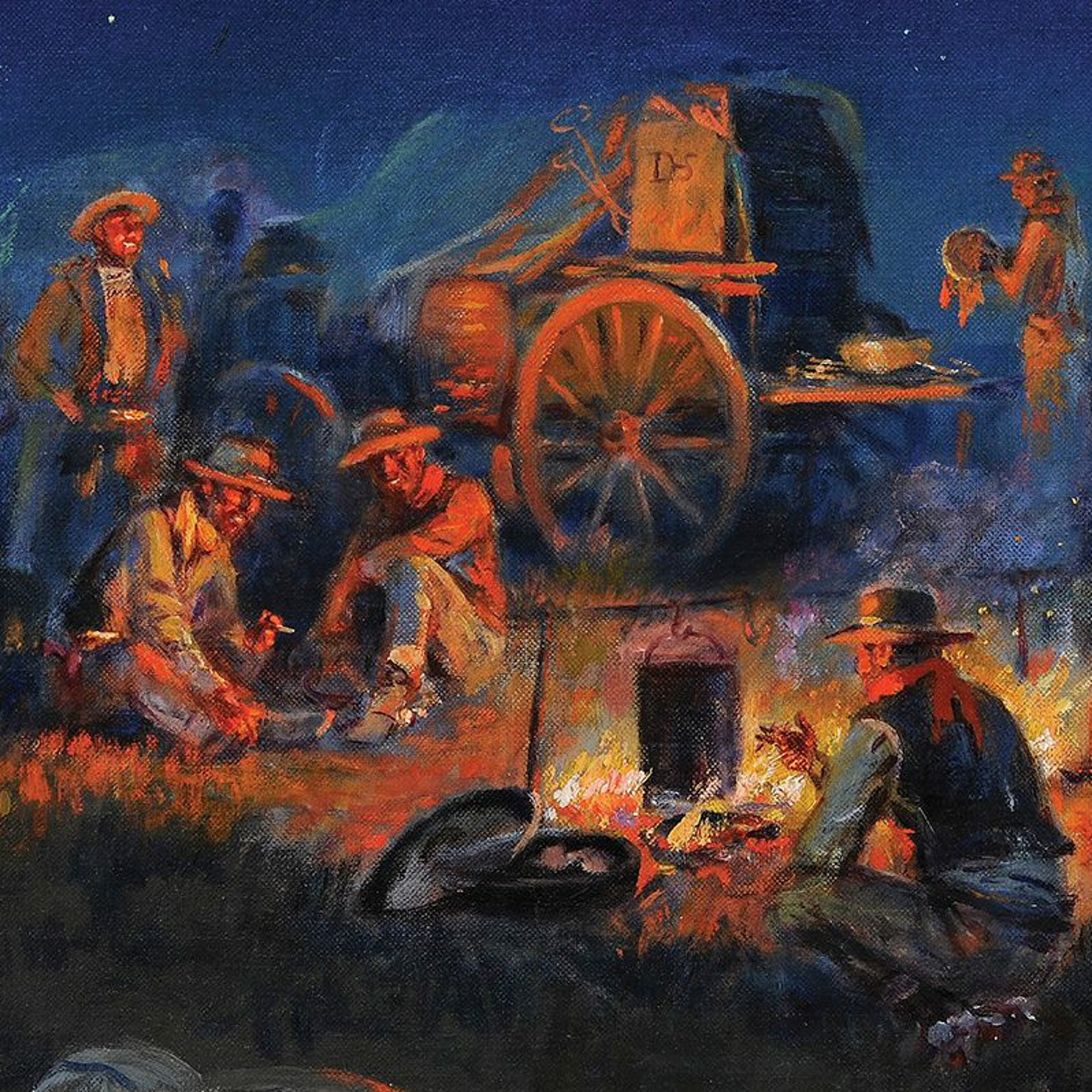 MontanaHistoricalSocietySculpture GardensThere were aesthetic—and practical—reasons for locating cemeteries outside of urban areas.2018-02-1302 min
MontanaHistoricalSocietySculpture GardensThere were aesthetic—and practical—reasons for locating cemeteries outside of urban areas.2018-02-1302 min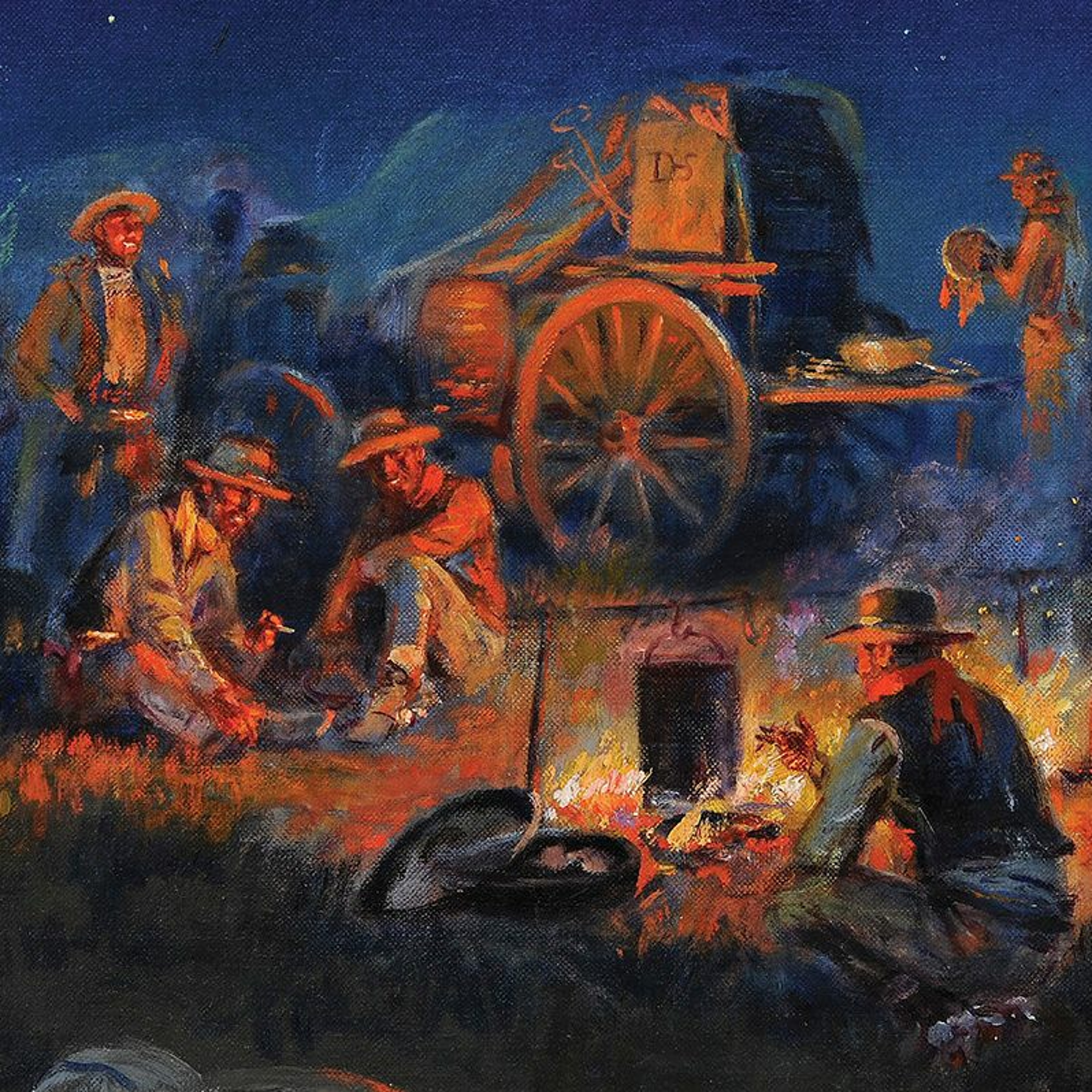 MontanaHistoricalSocietyA Disaster of Olympic PortionsA speed skater from Butte is not impressed with French cooking.2018-02-0601 min
MontanaHistoricalSocietyA Disaster of Olympic PortionsA speed skater from Butte is not impressed with French cooking.2018-02-0601 min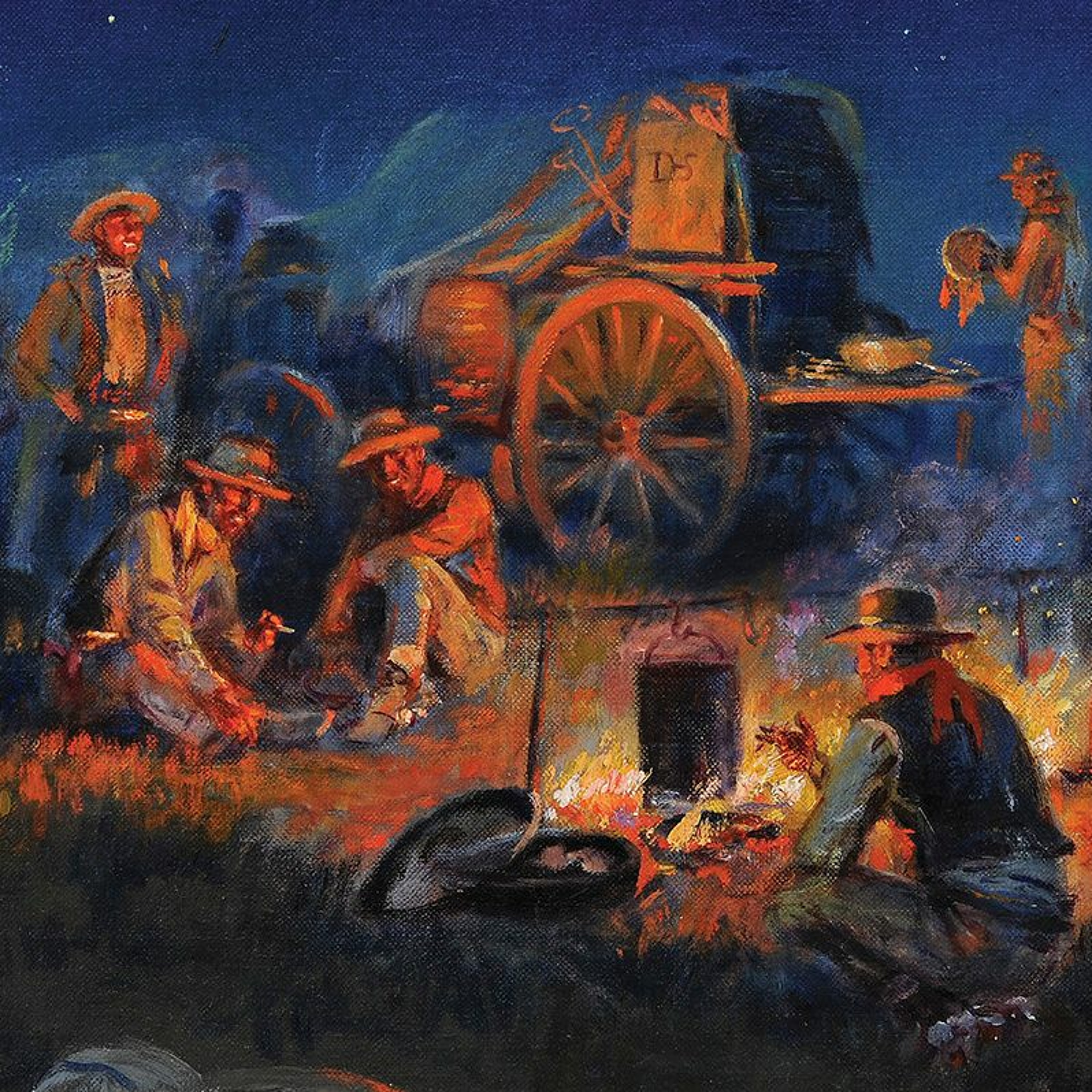 MontanaHistoricalSocietyCold CaseTwo young fishermen make a grisly discovery.2018-02-0201 min
MontanaHistoricalSocietyCold CaseTwo young fishermen make a grisly discovery.2018-02-0201 min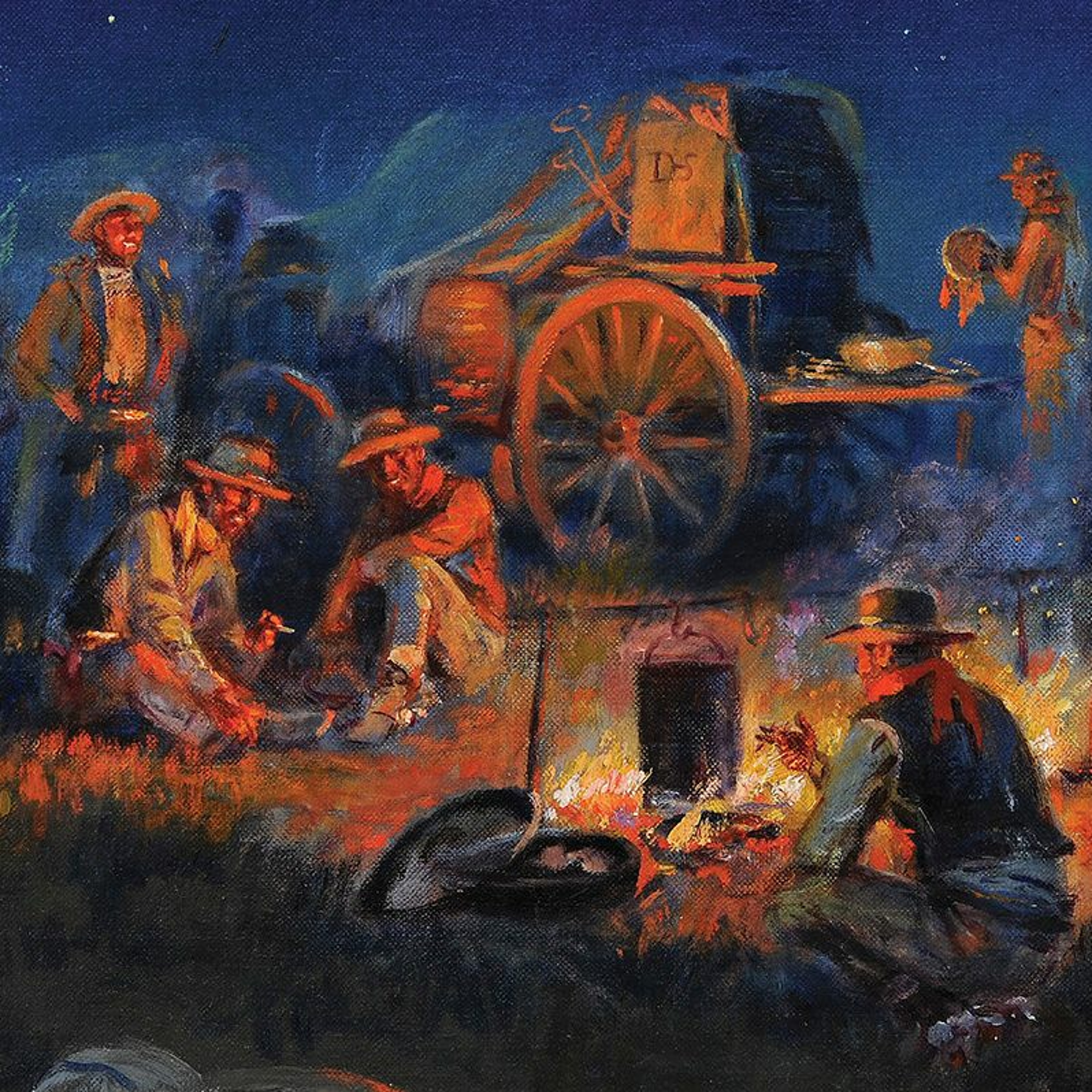 MontanaHistoricalSocietyThe Drug StoreThe duties and responsibilities of pharmacists changed dramatically in the twentieth century.2018-01-3001 min
MontanaHistoricalSocietyThe Drug StoreThe duties and responsibilities of pharmacists changed dramatically in the twentieth century.2018-01-3001 min